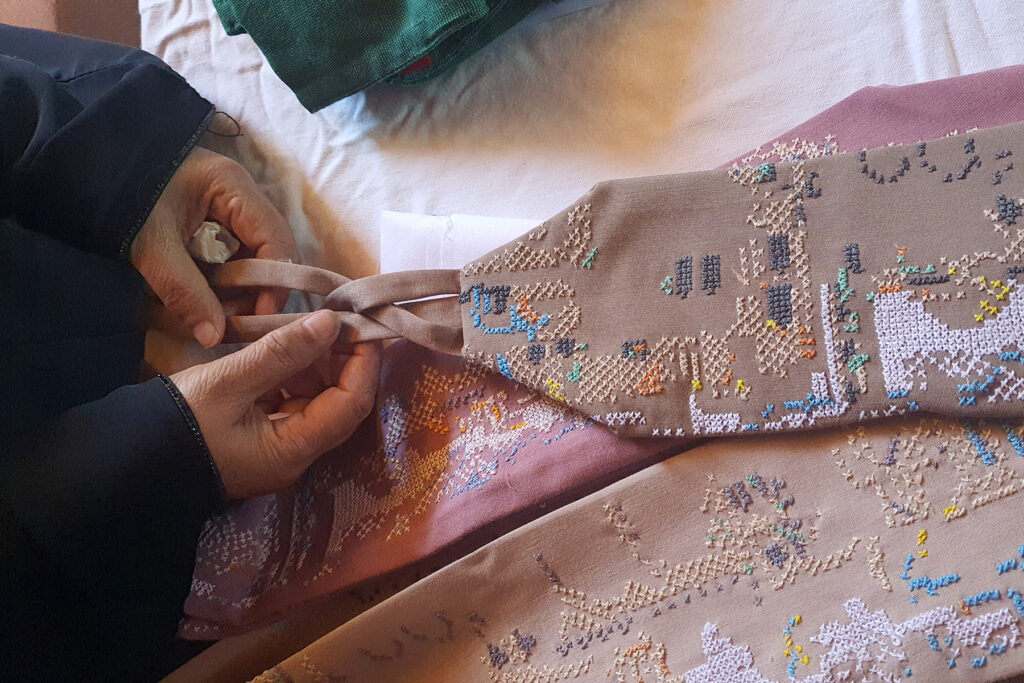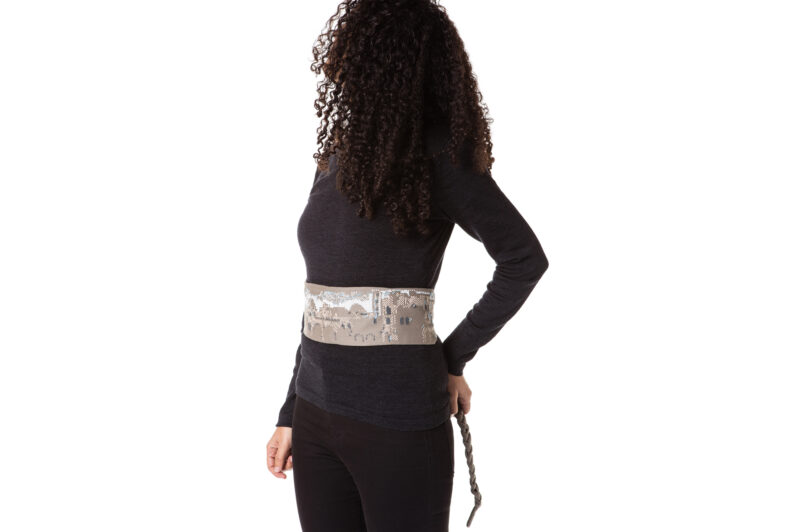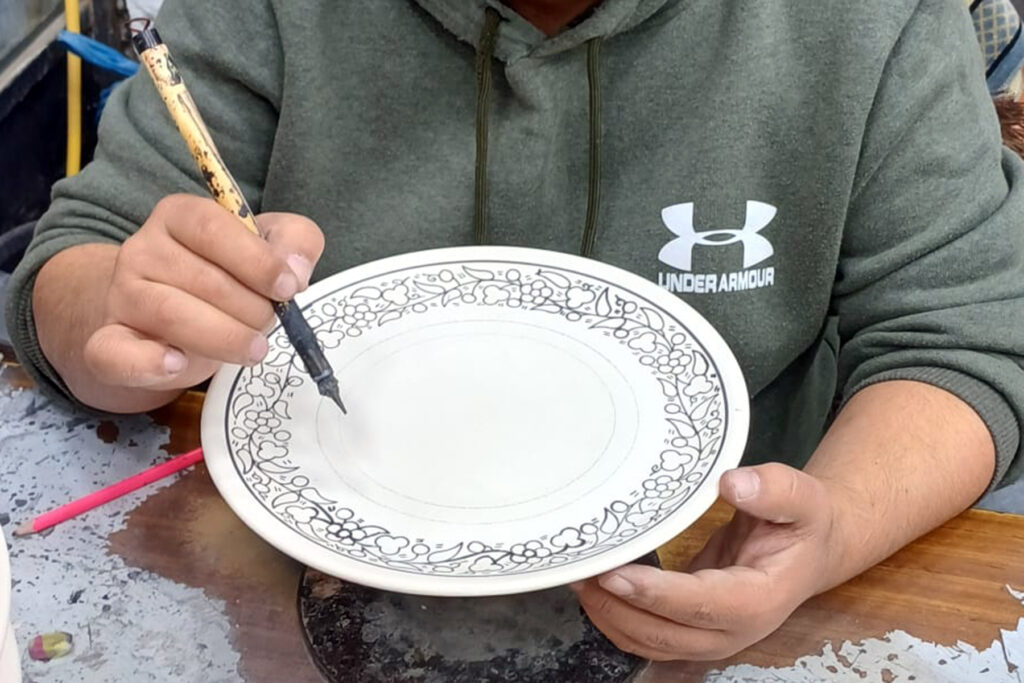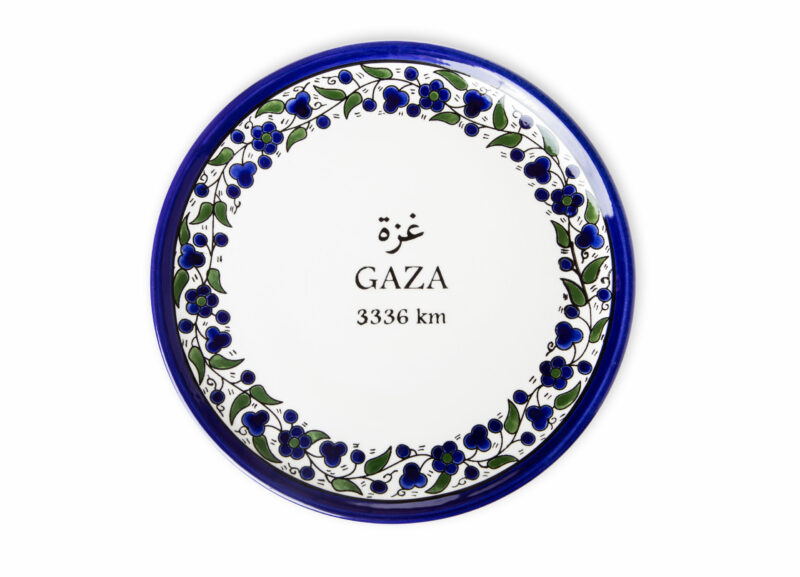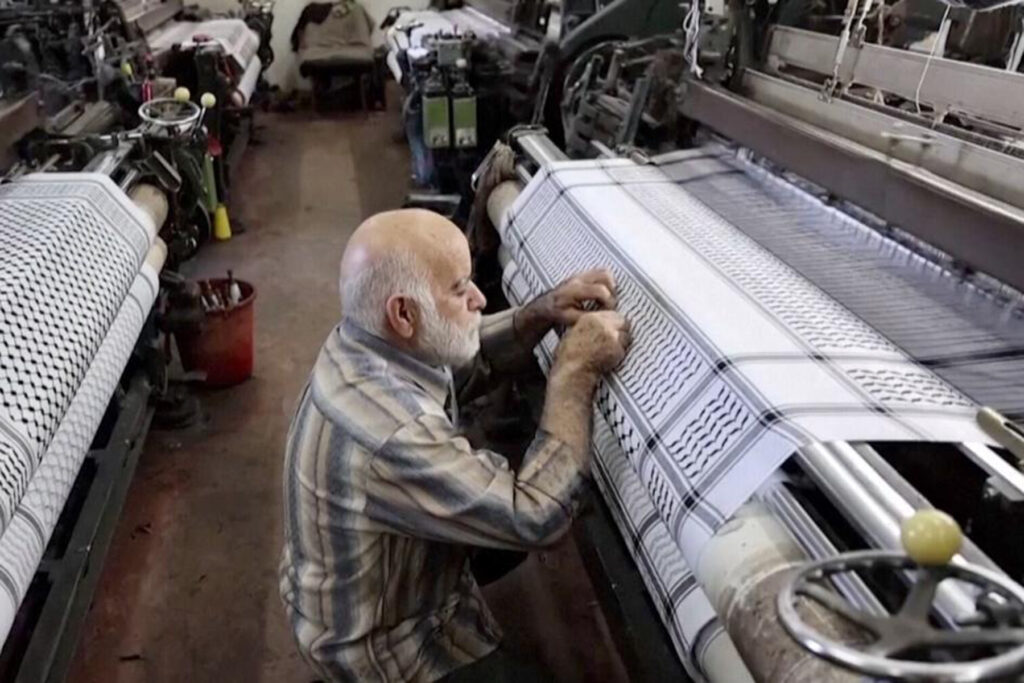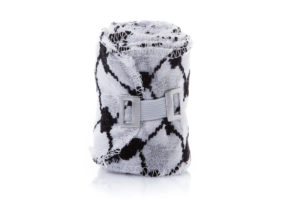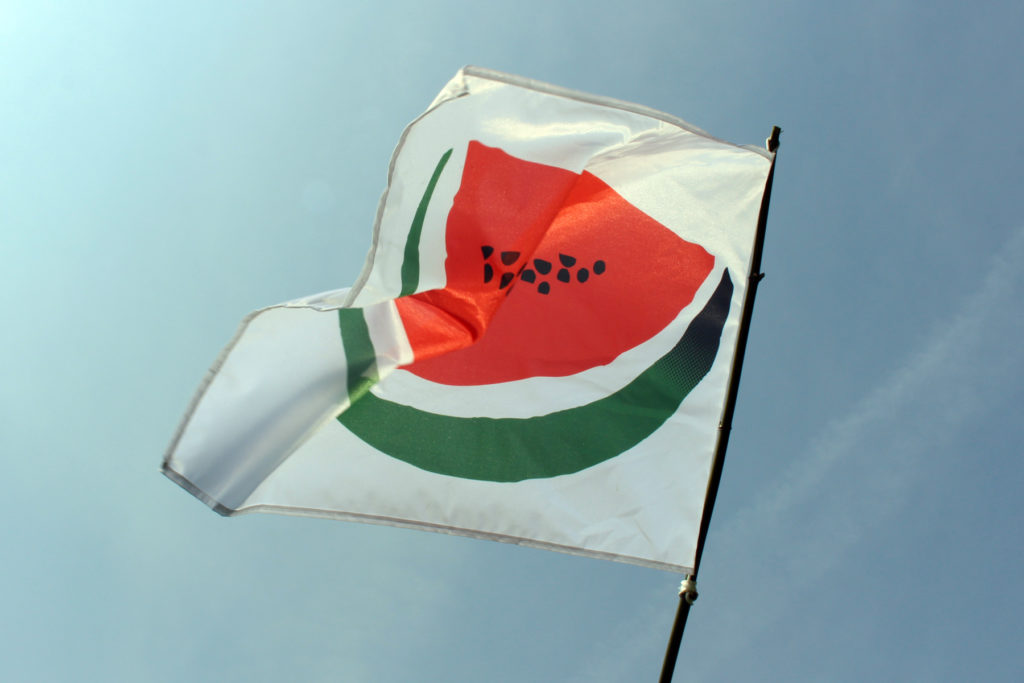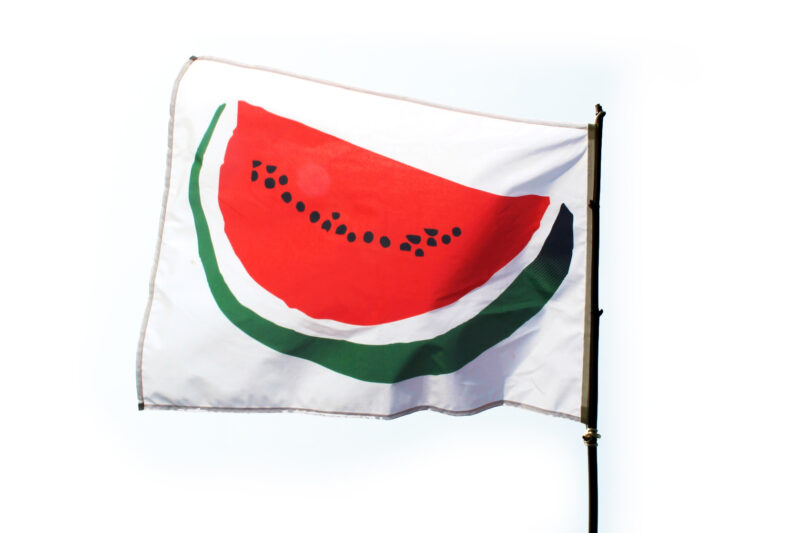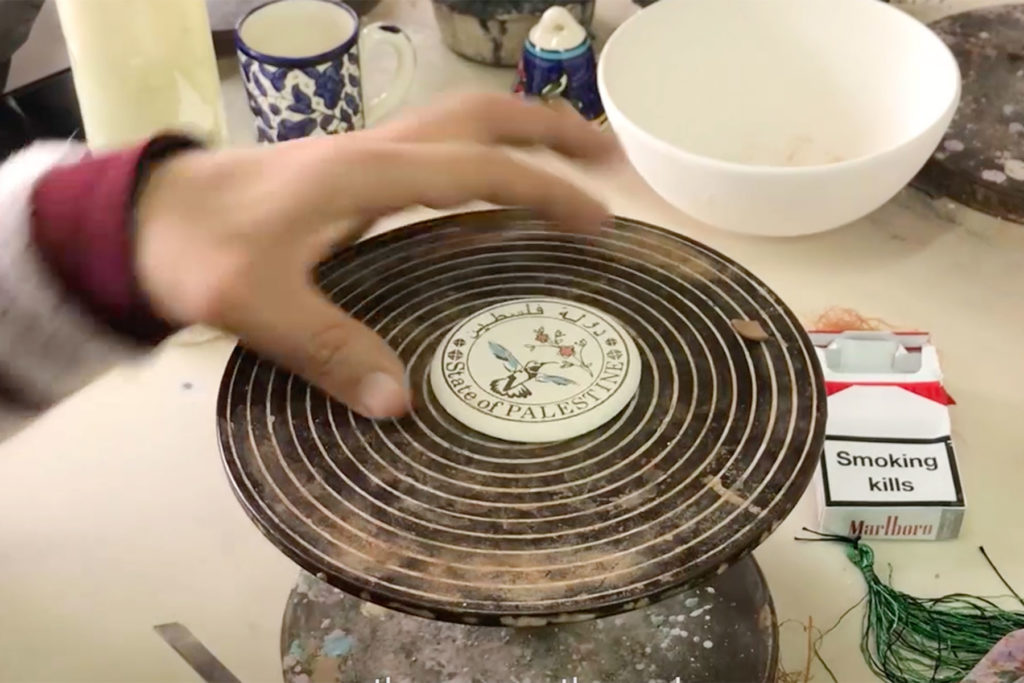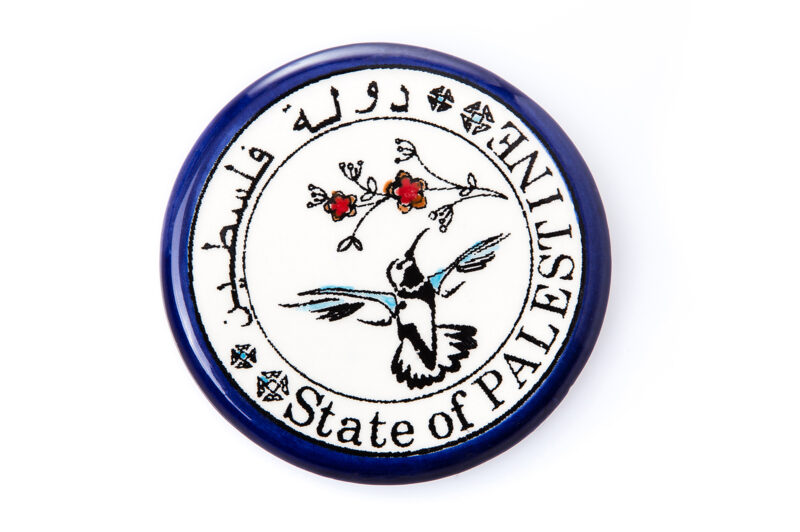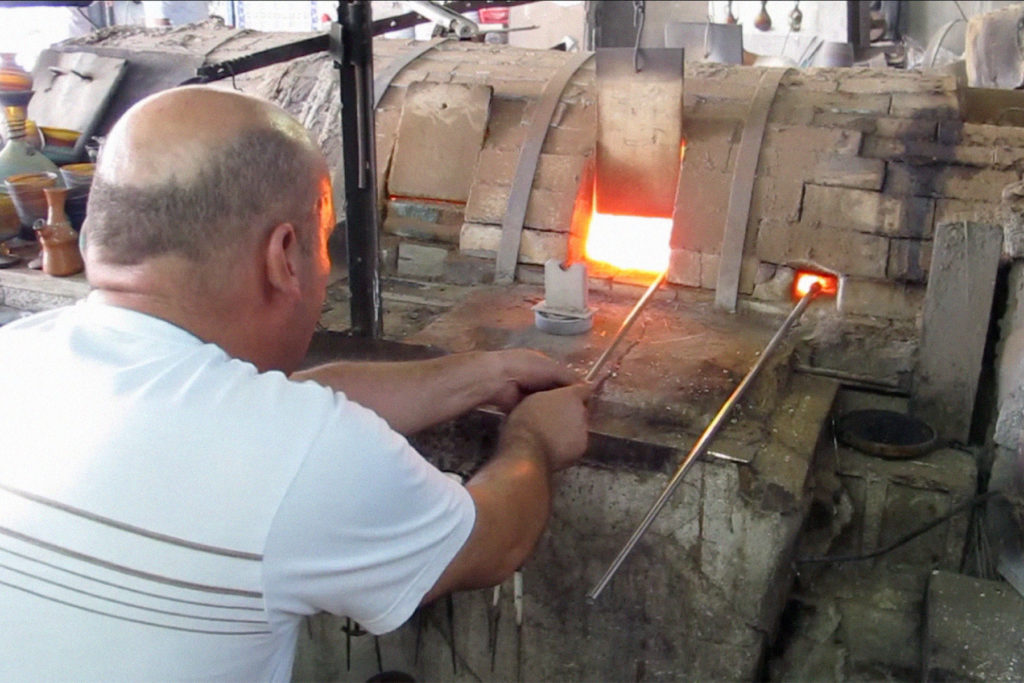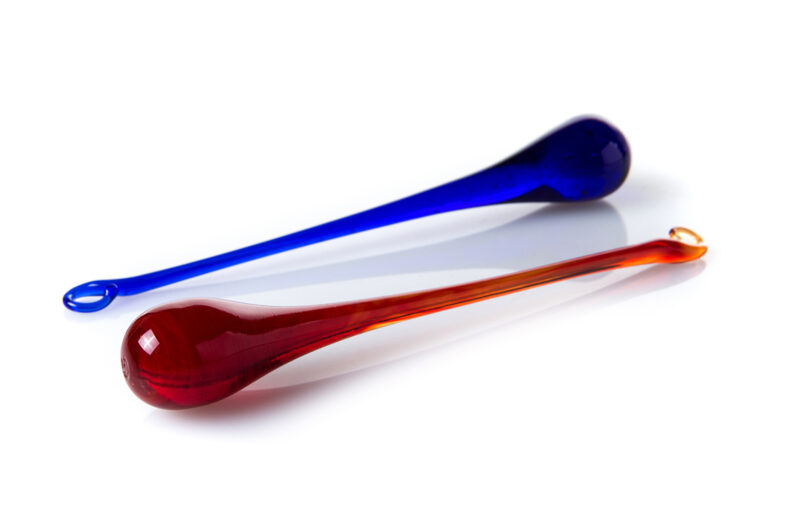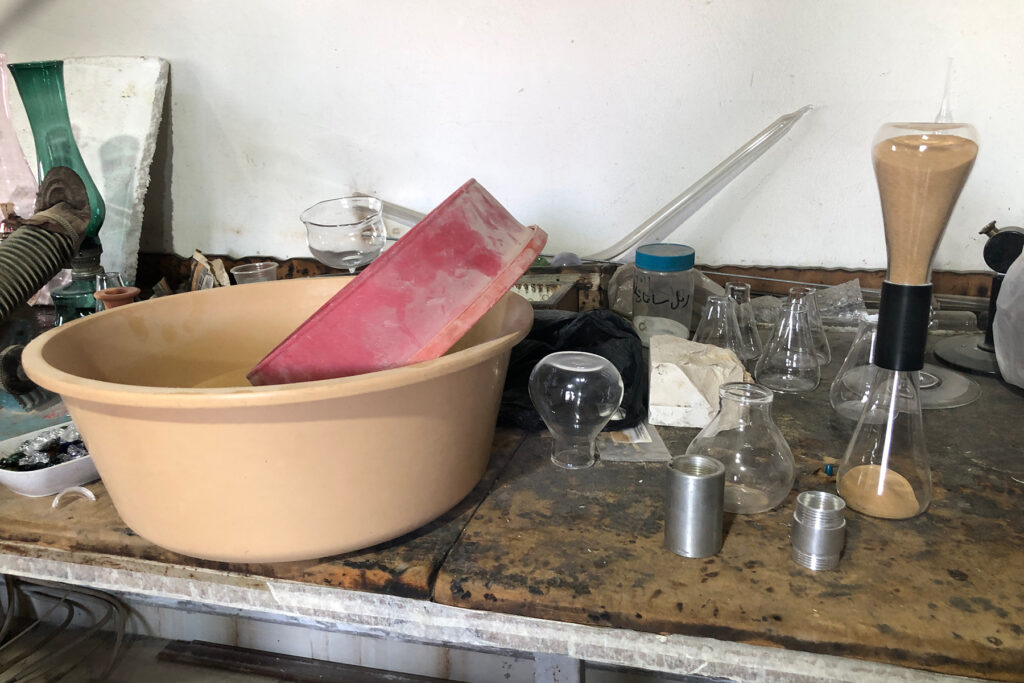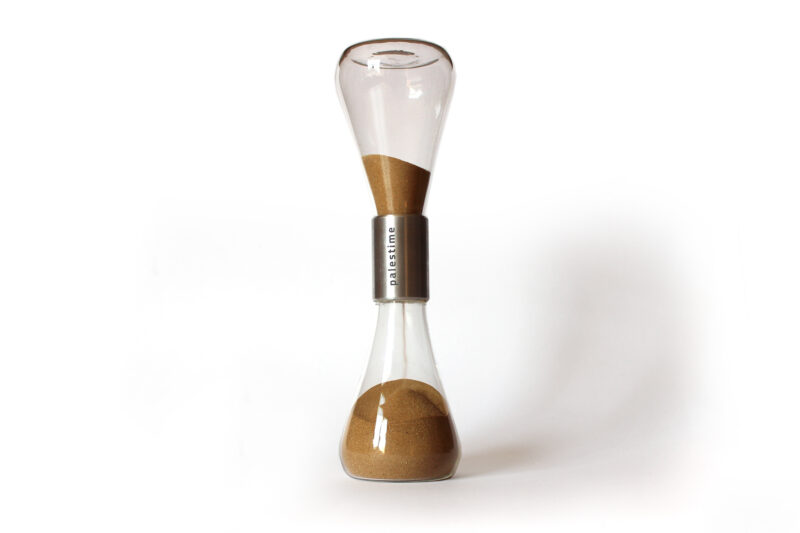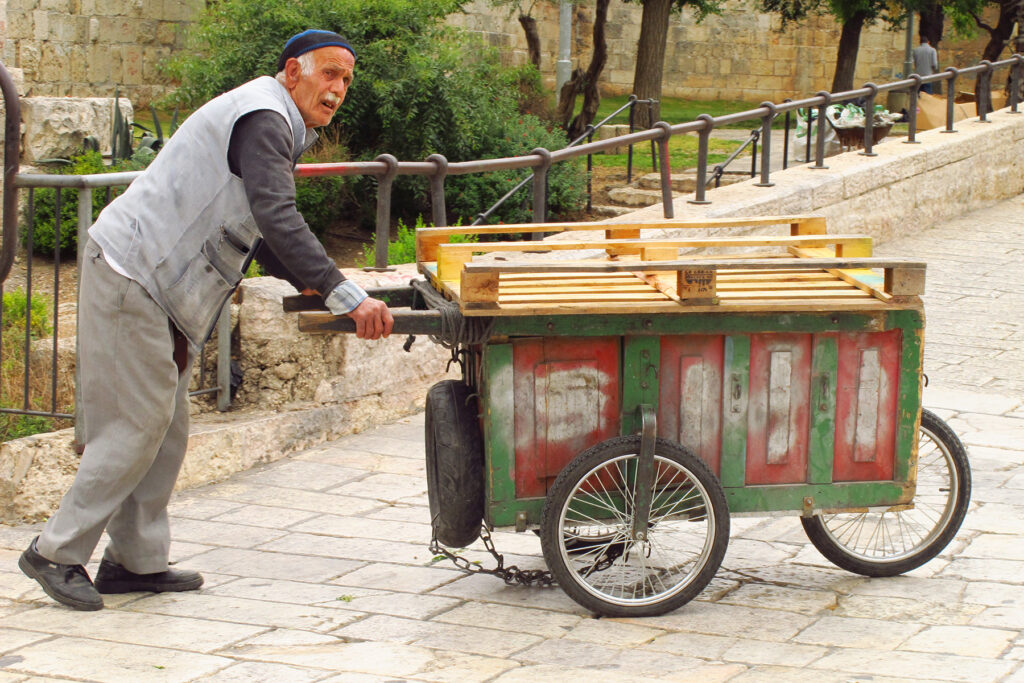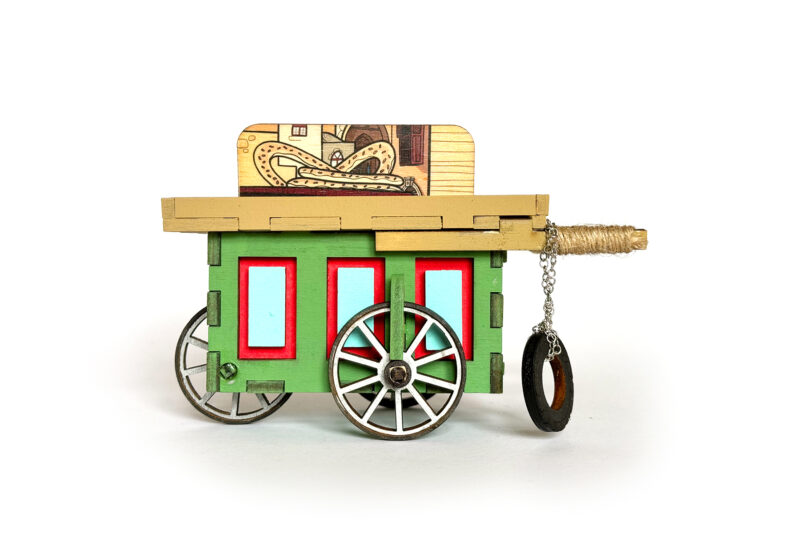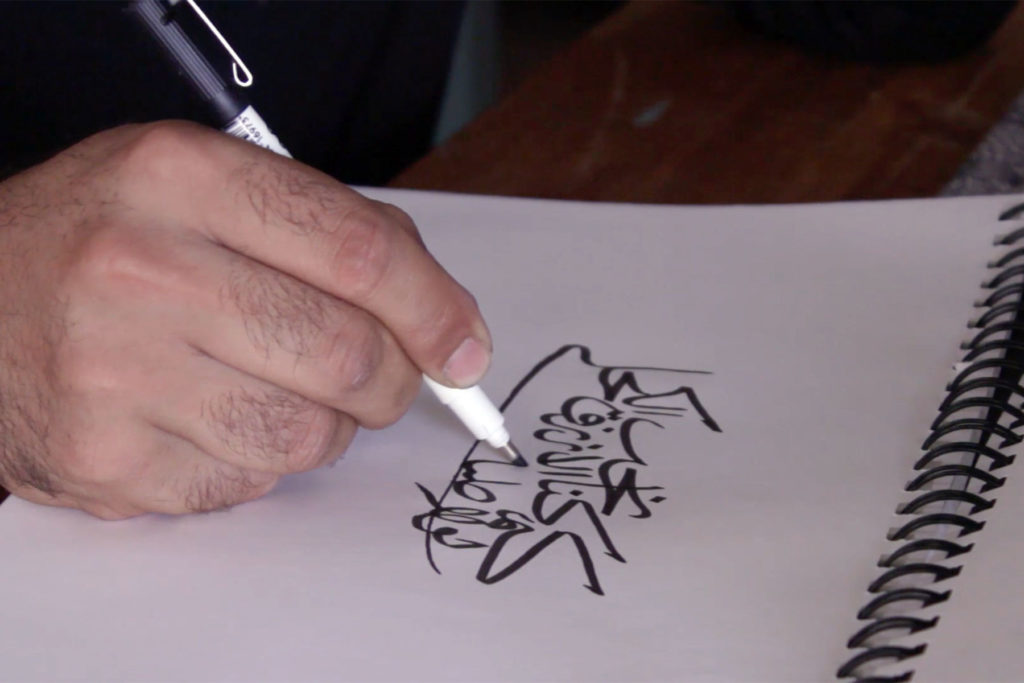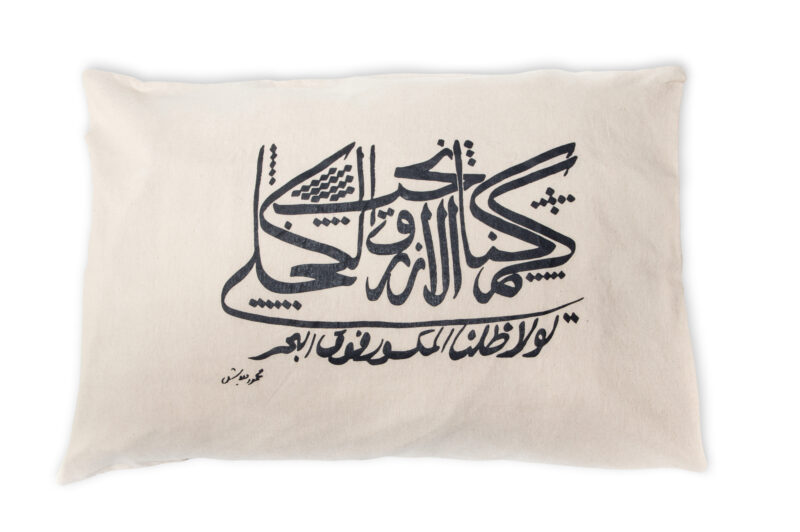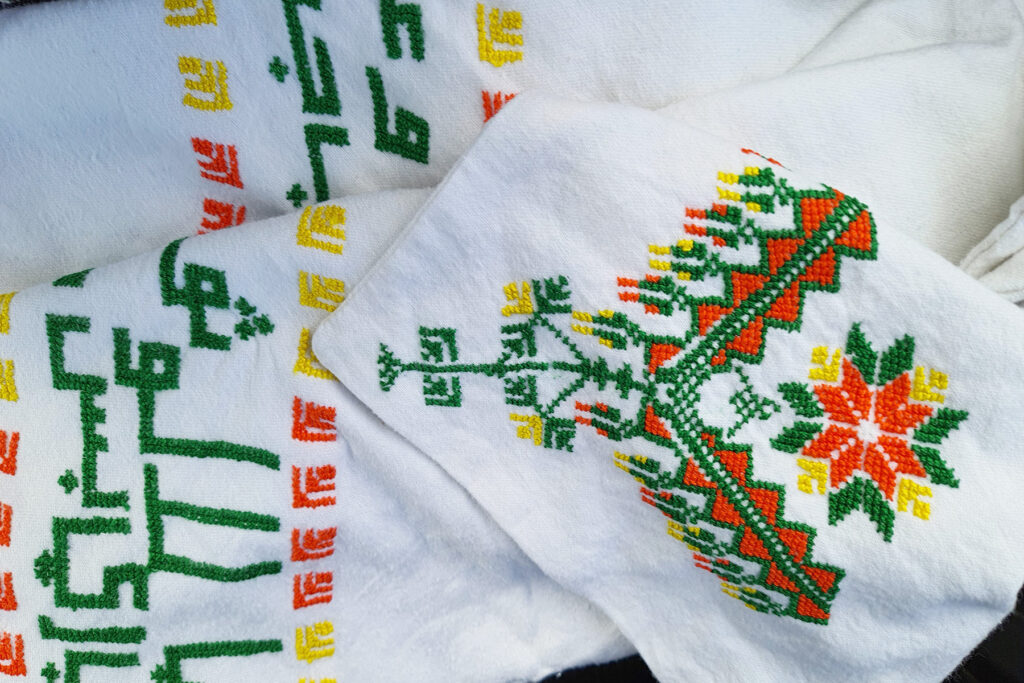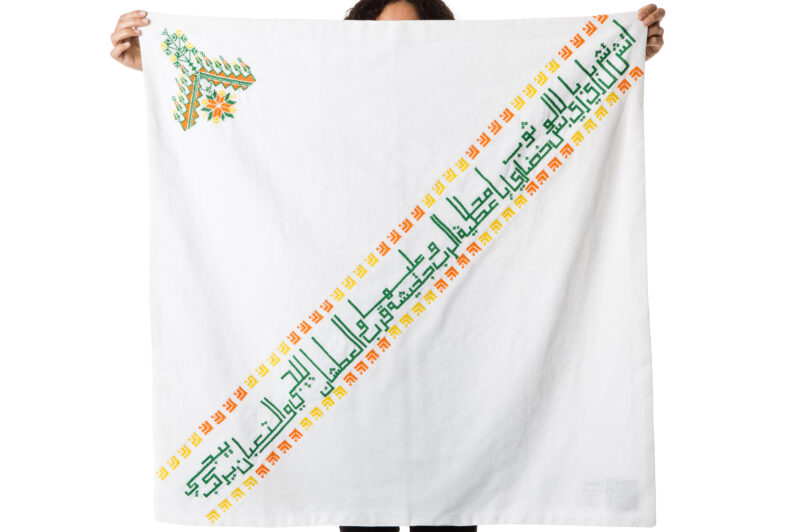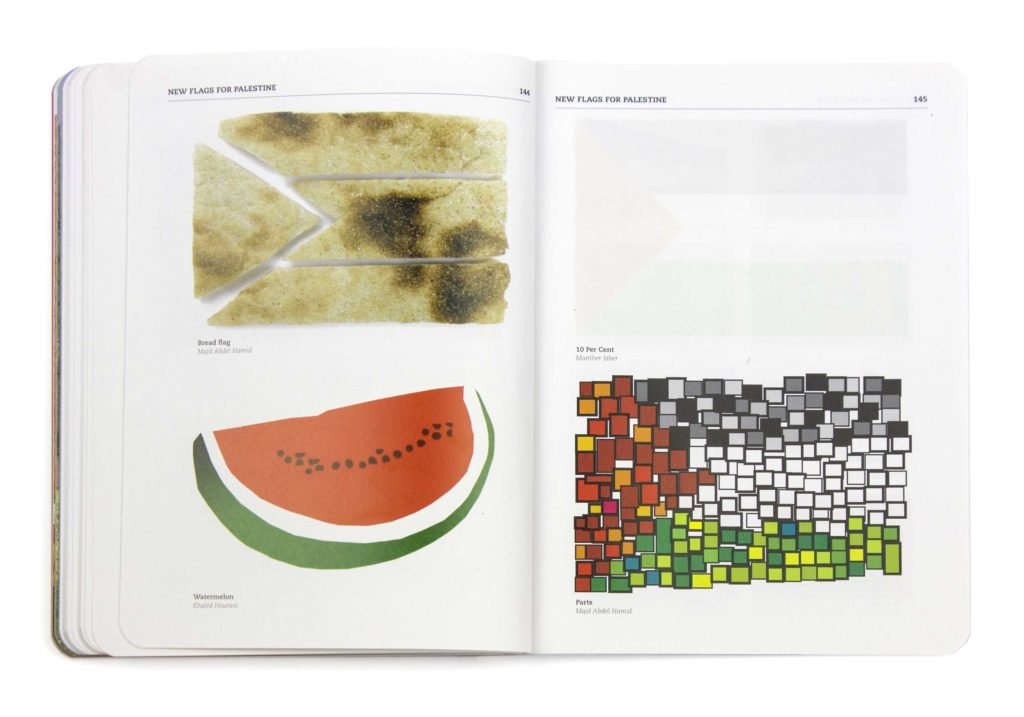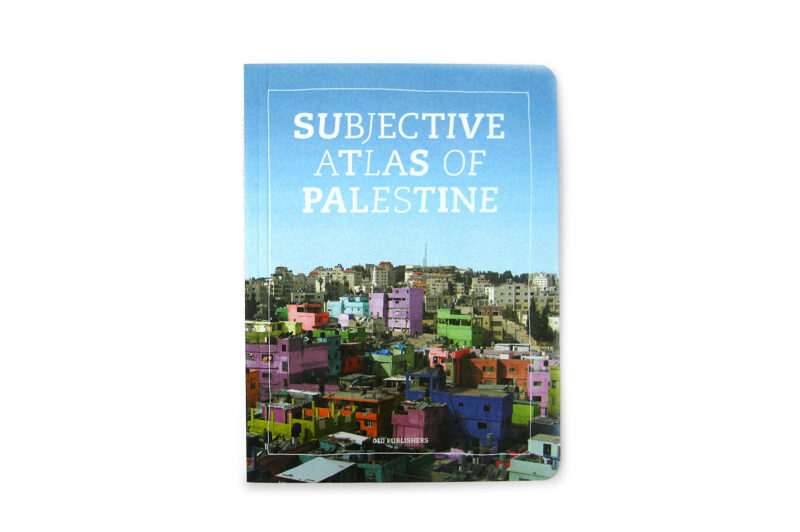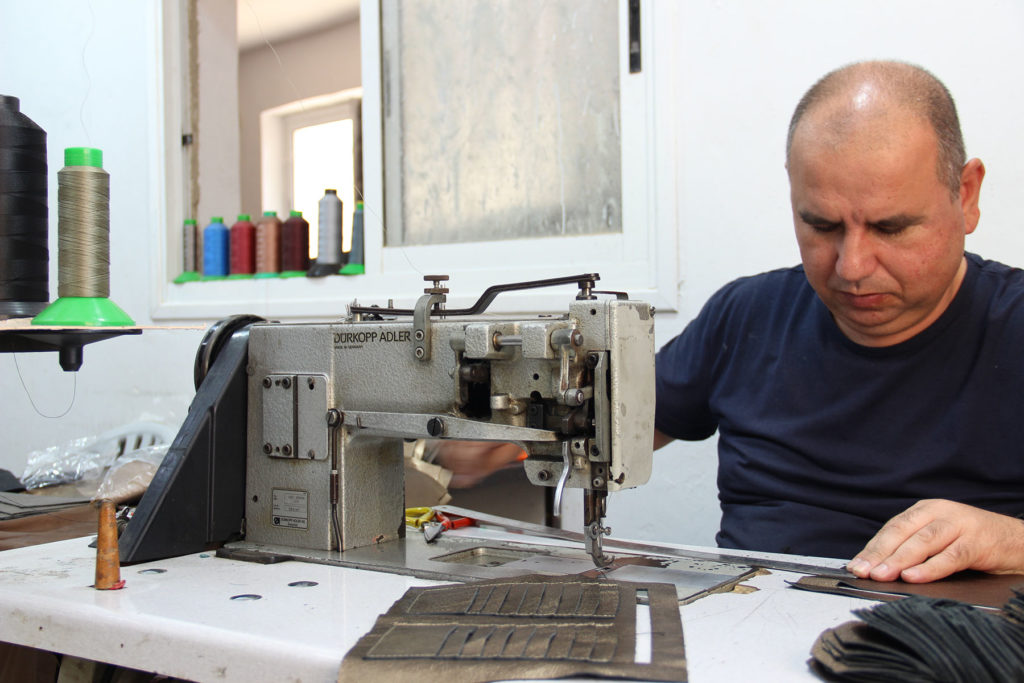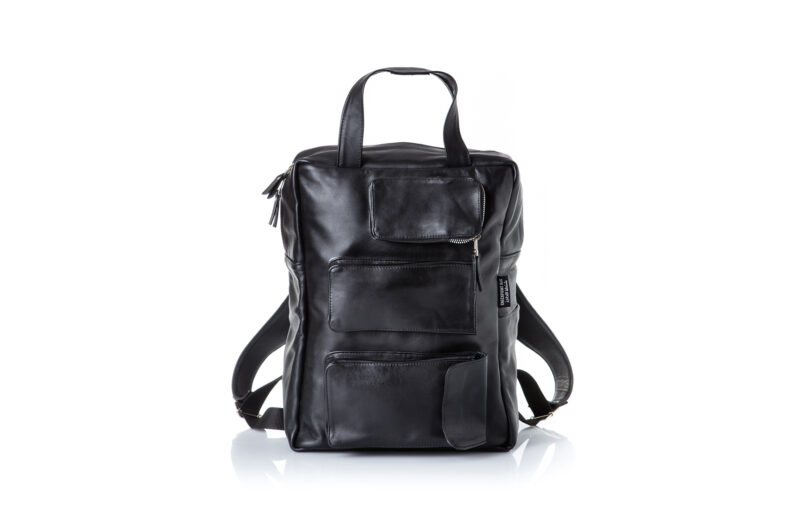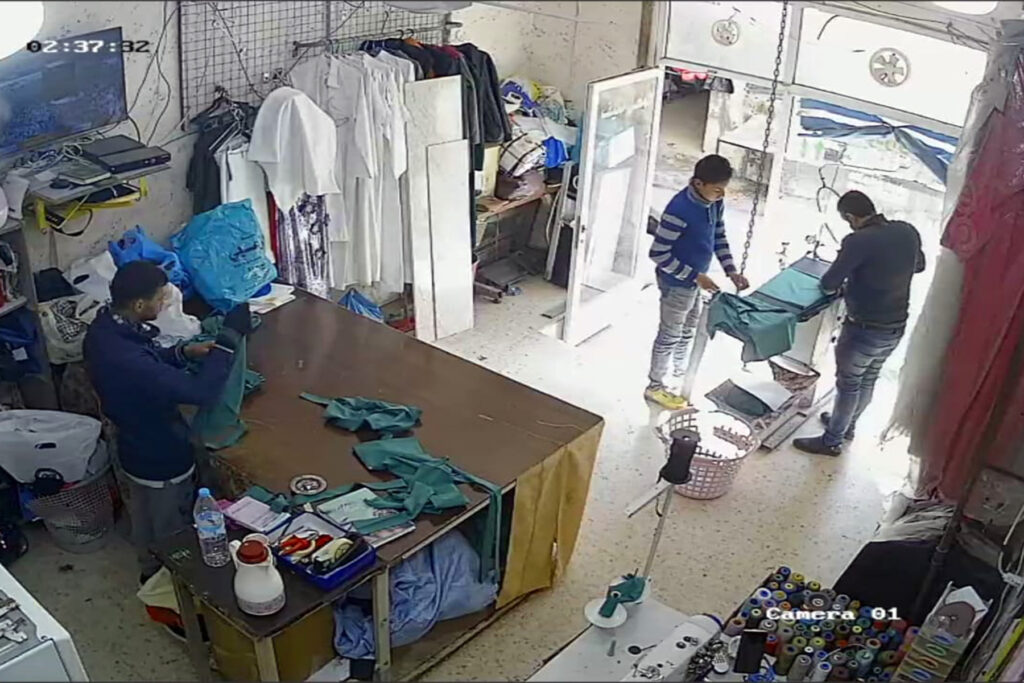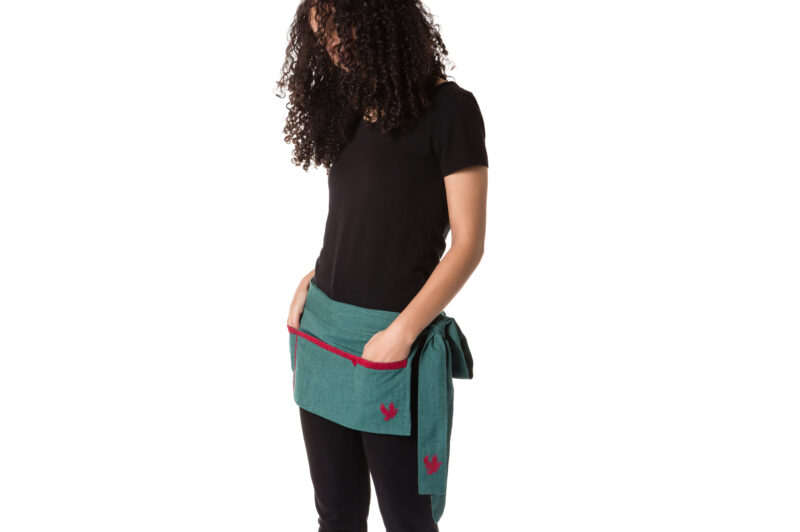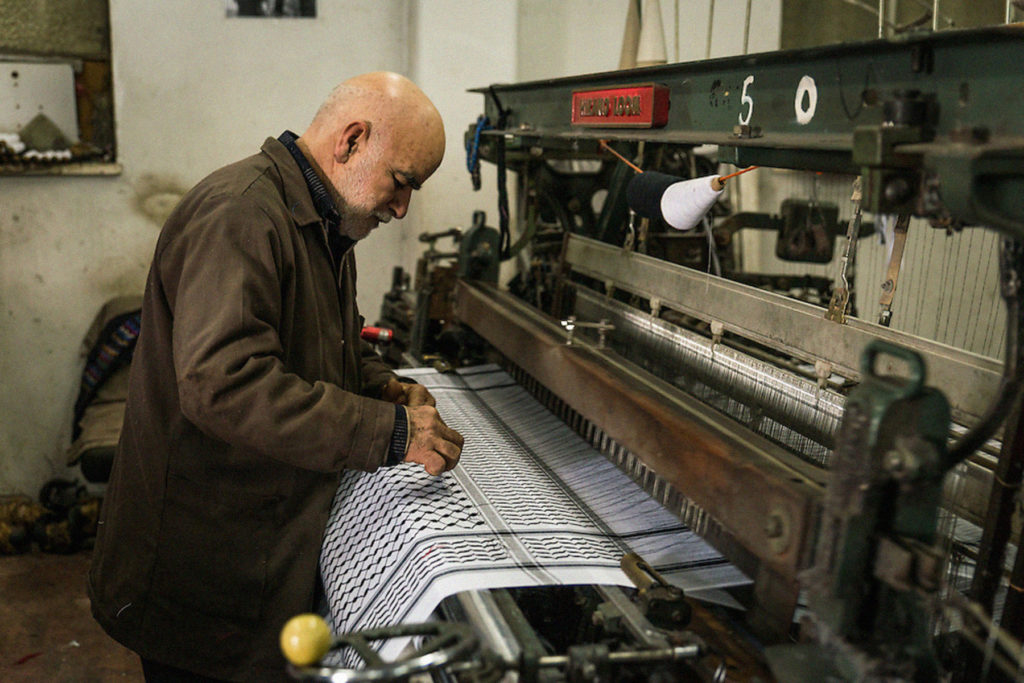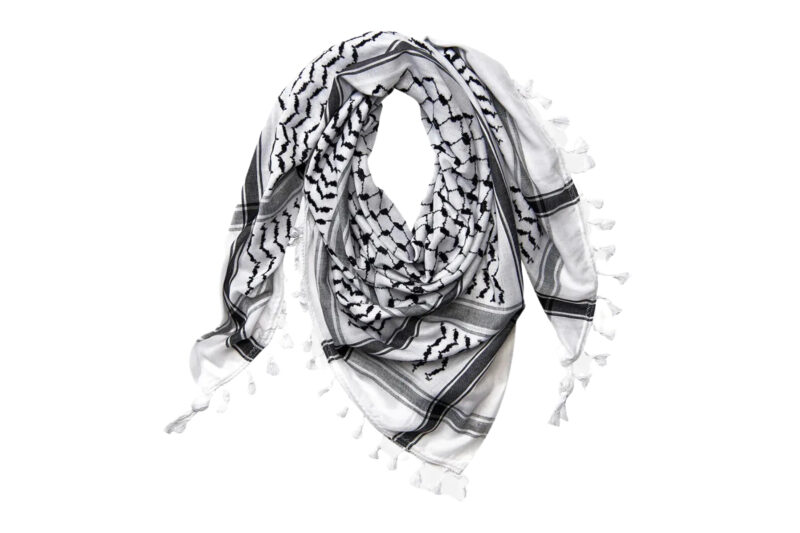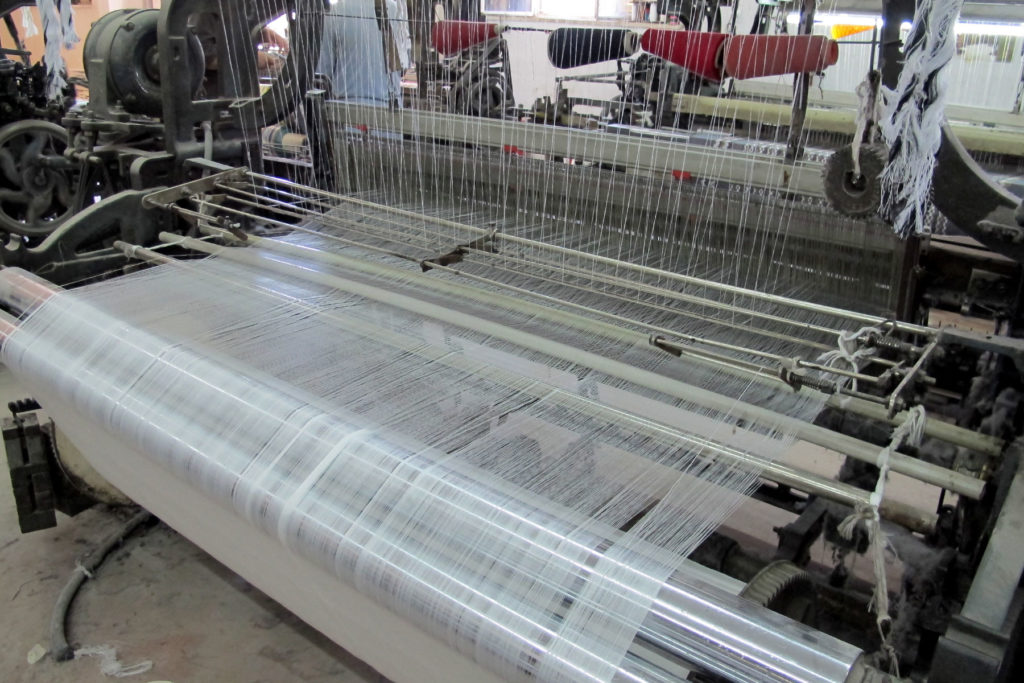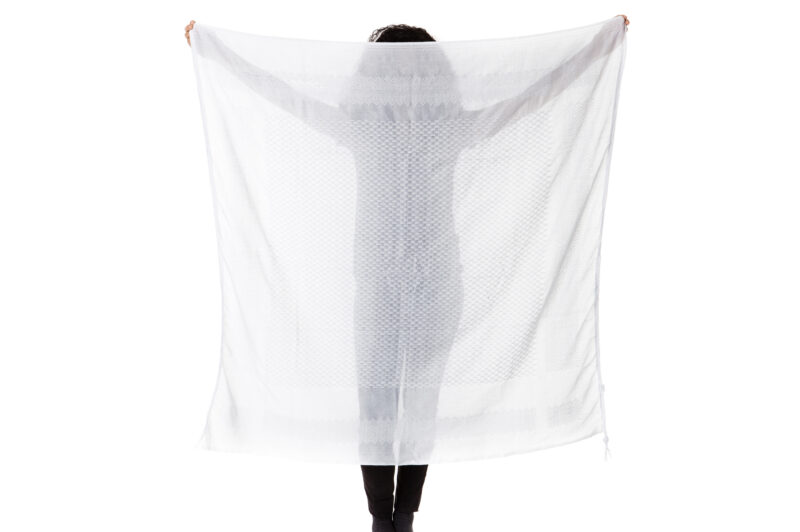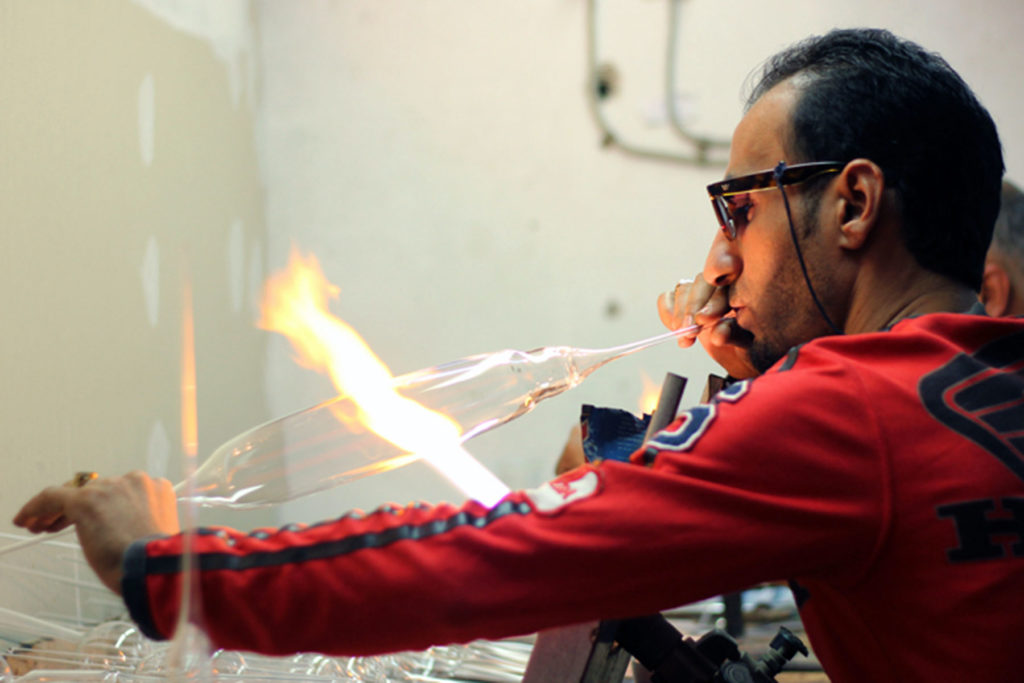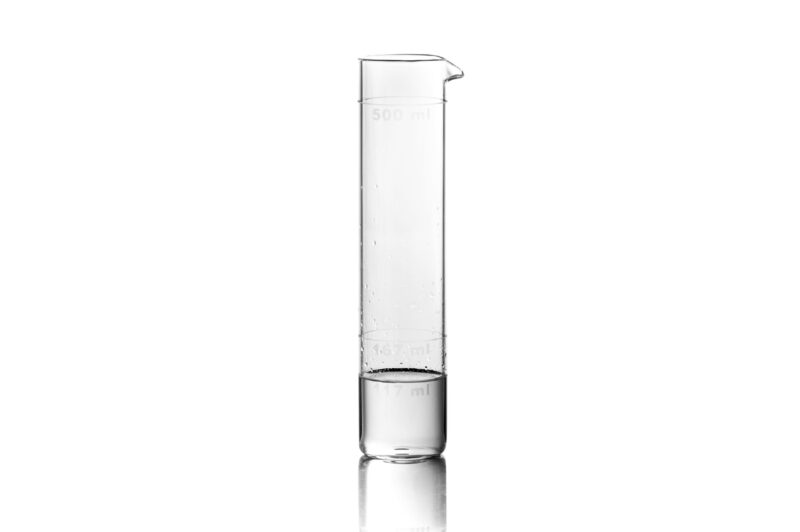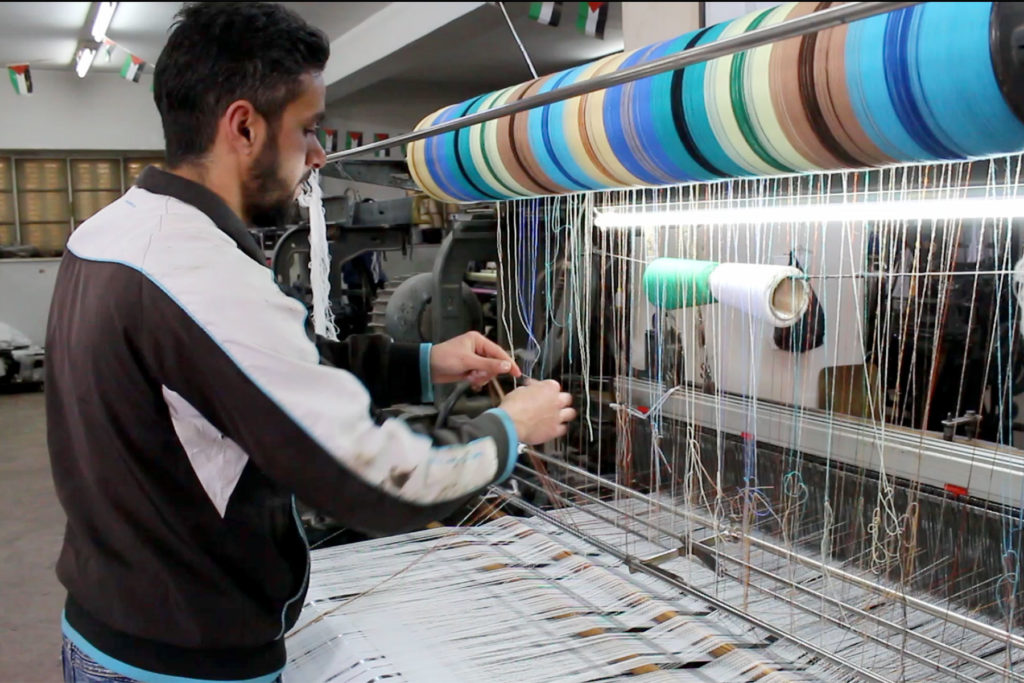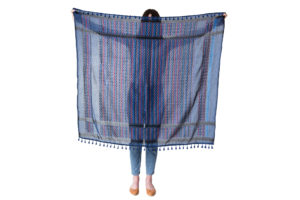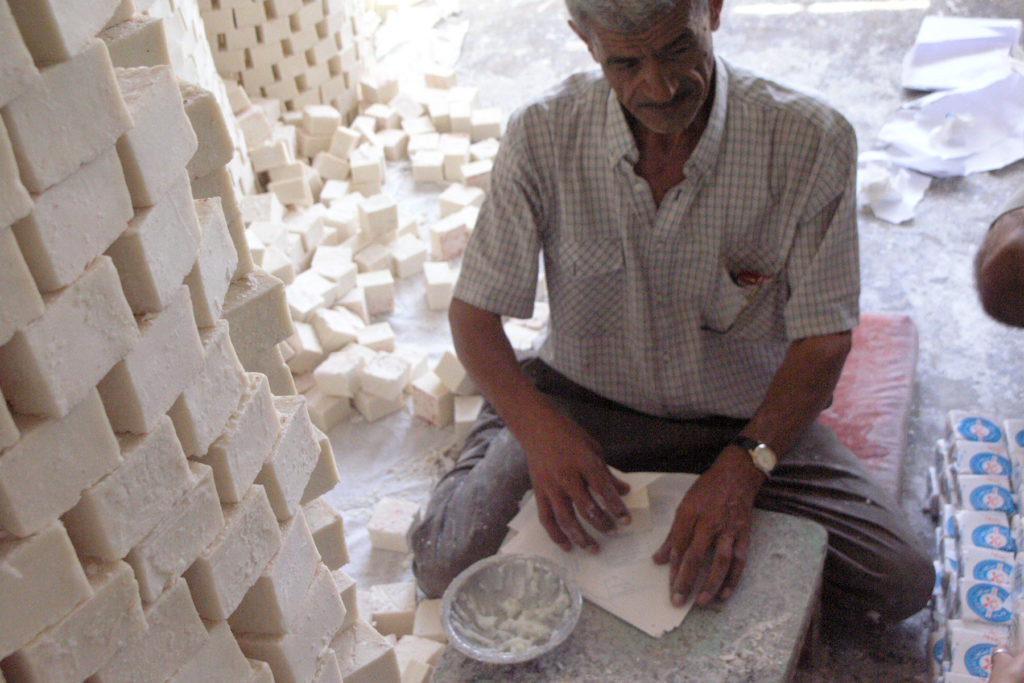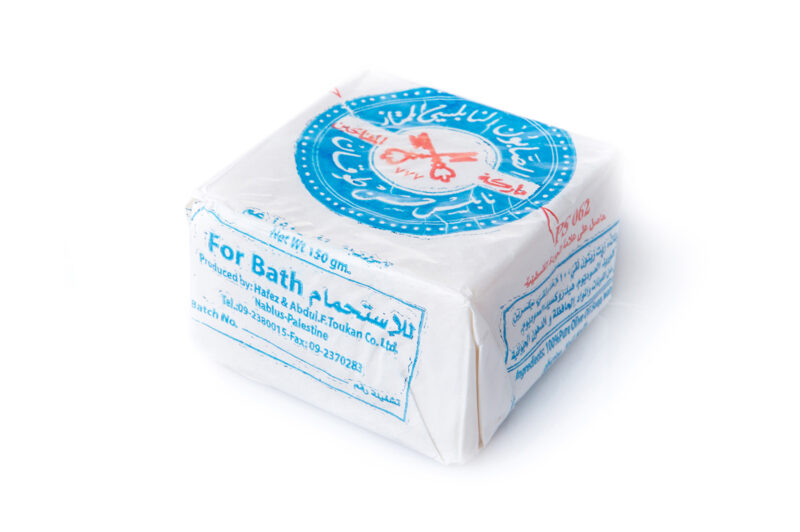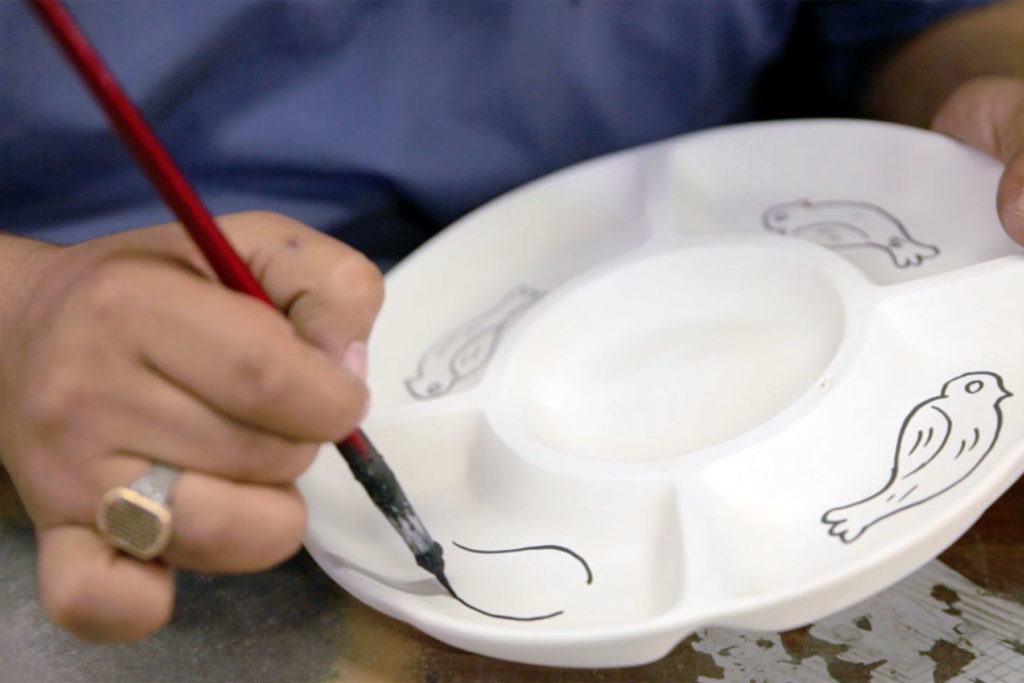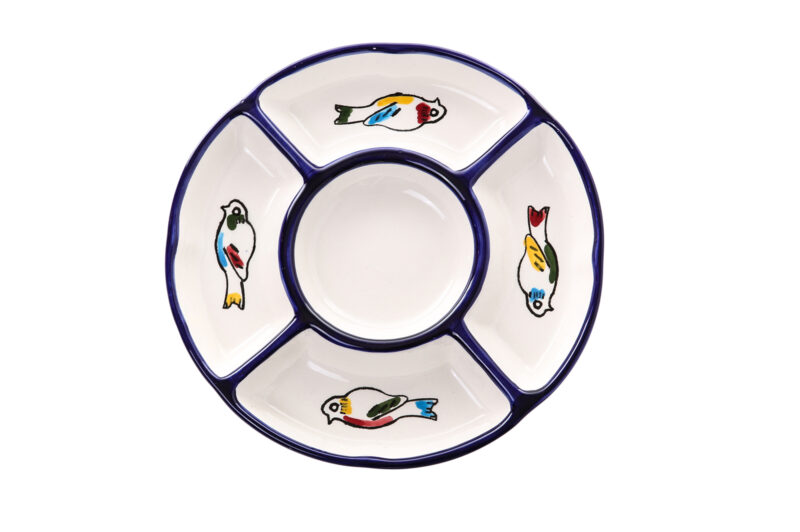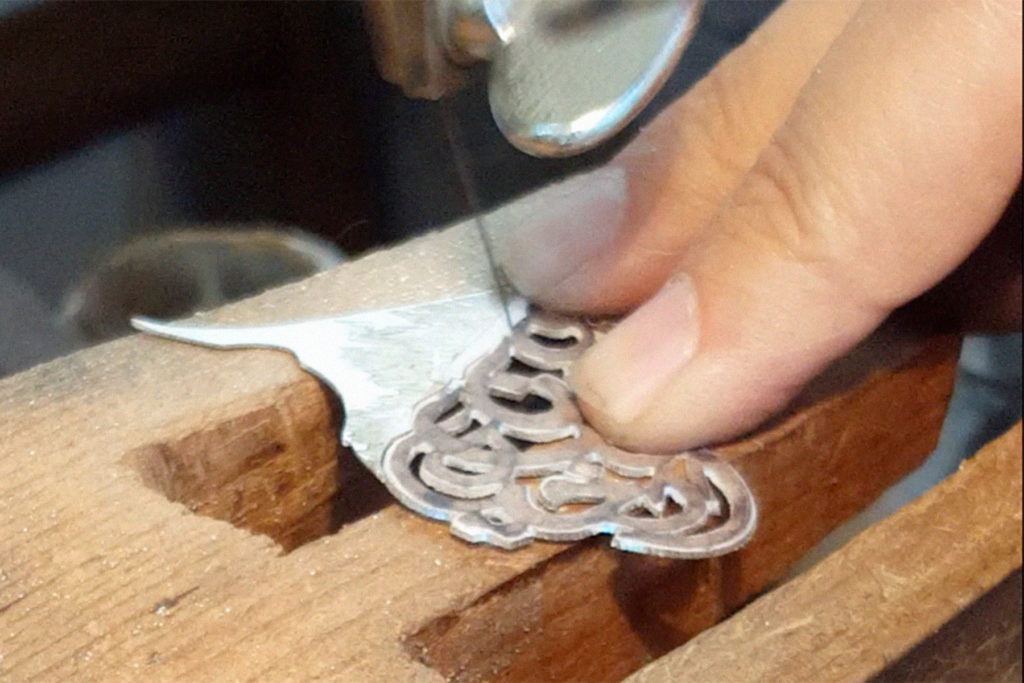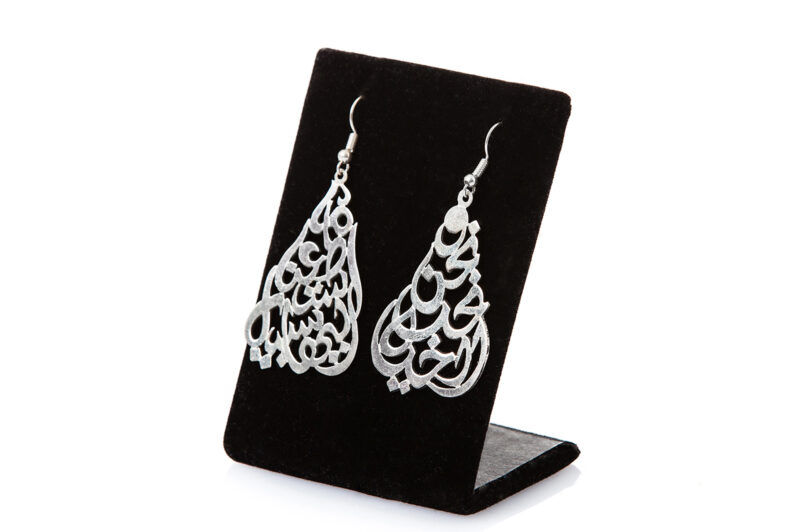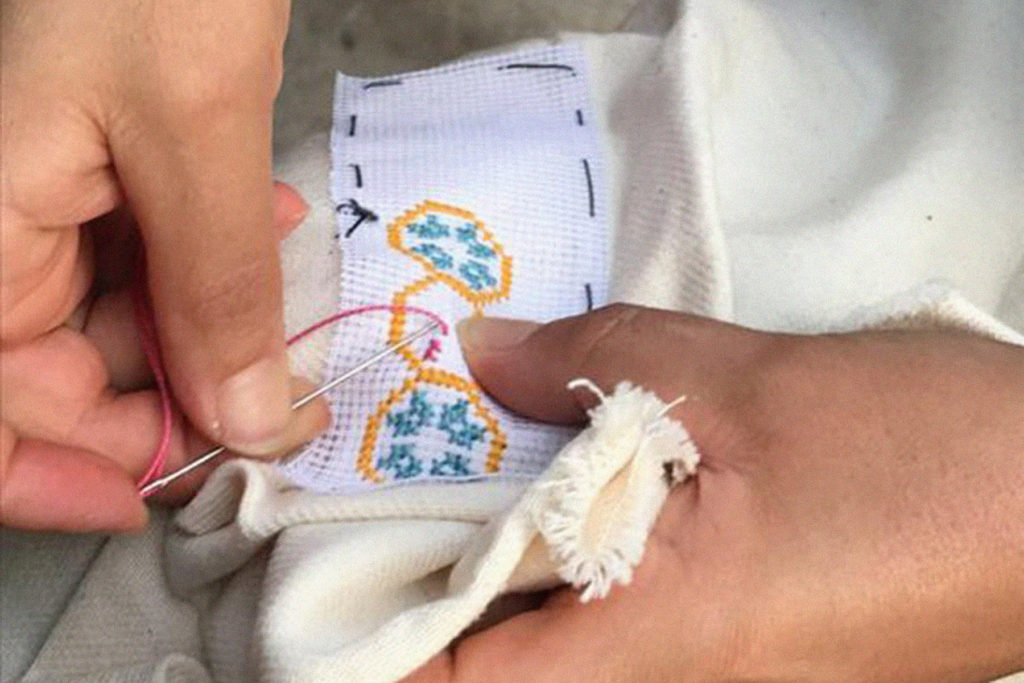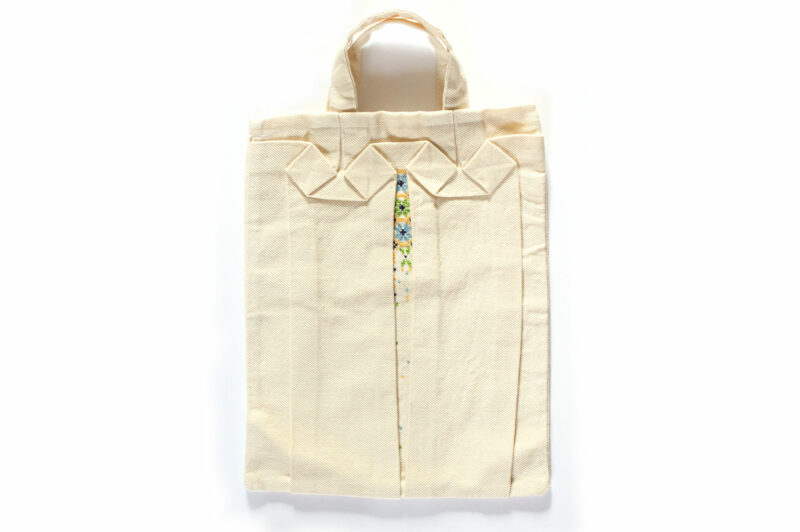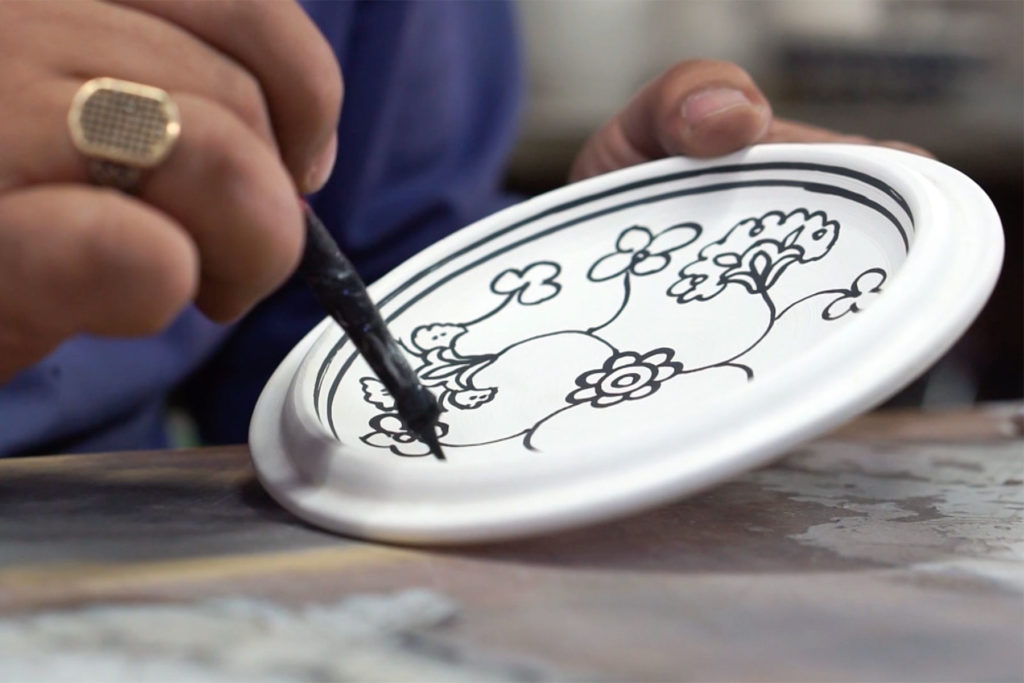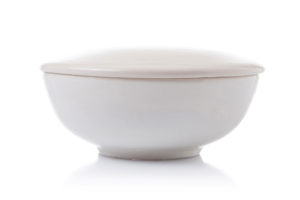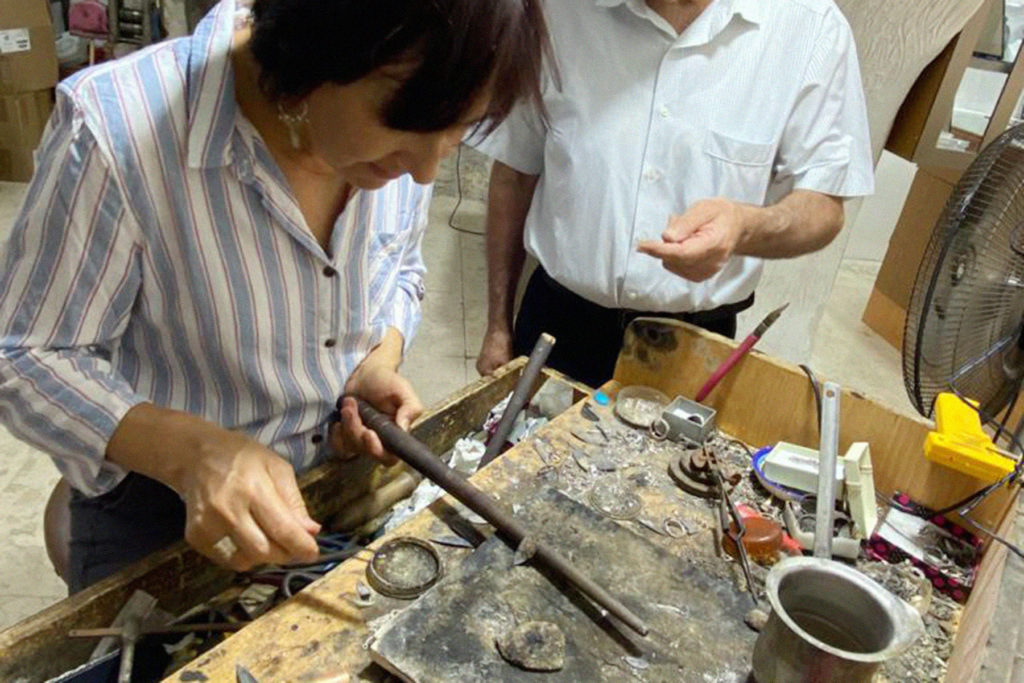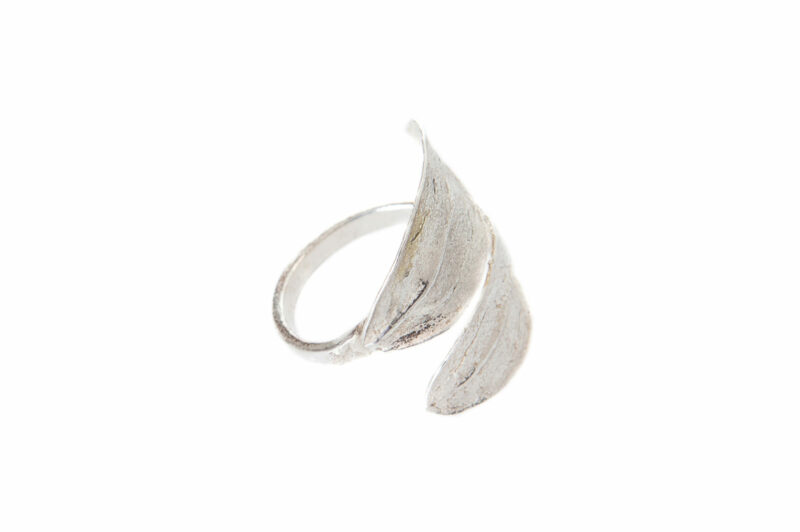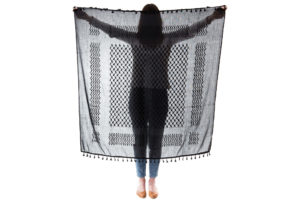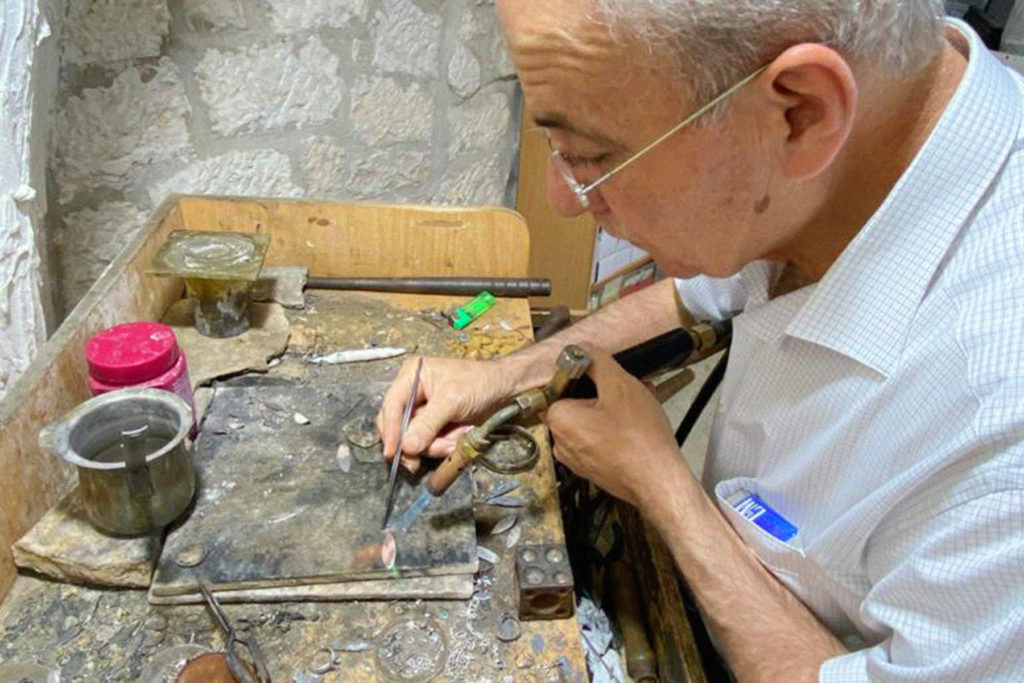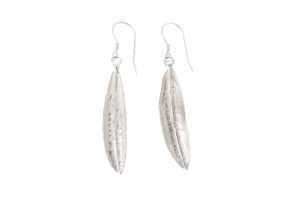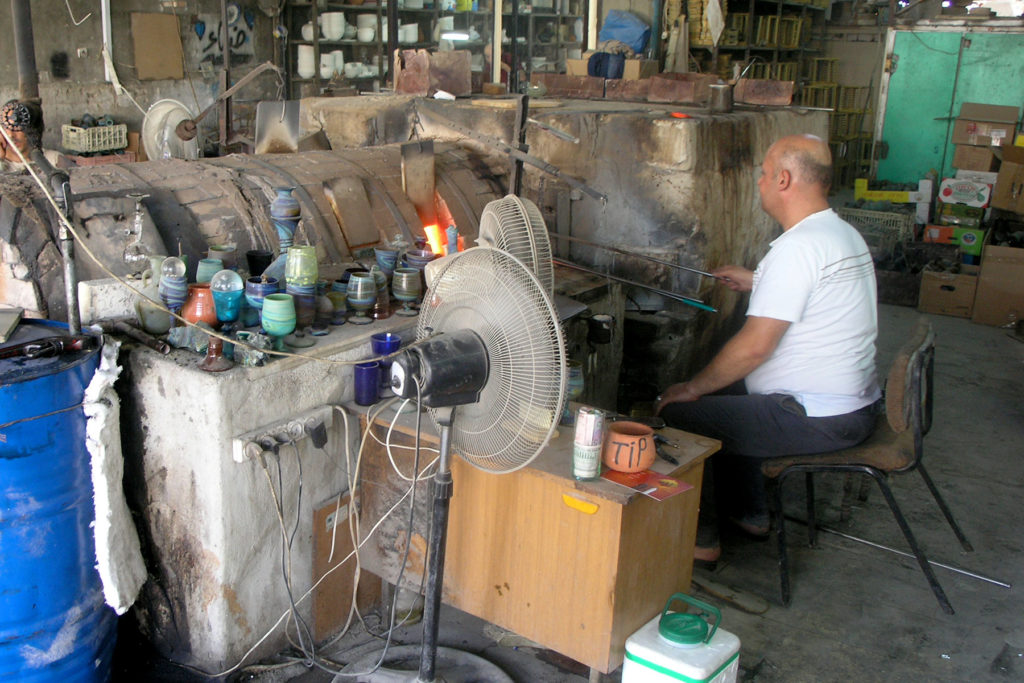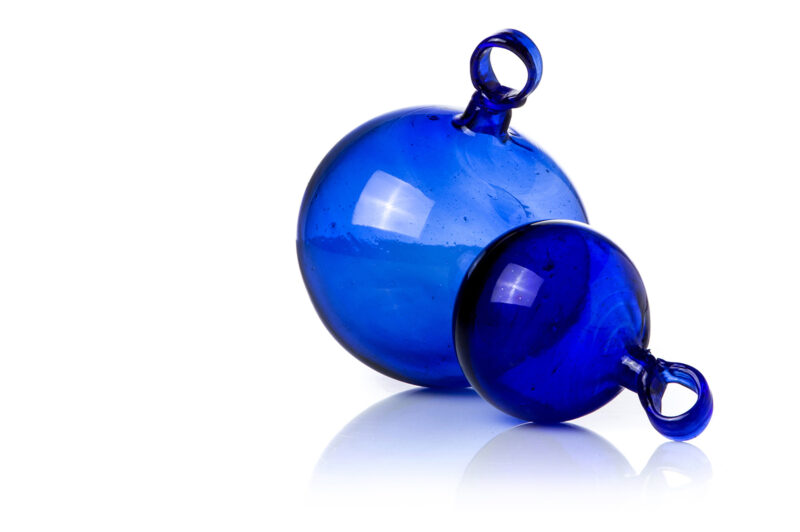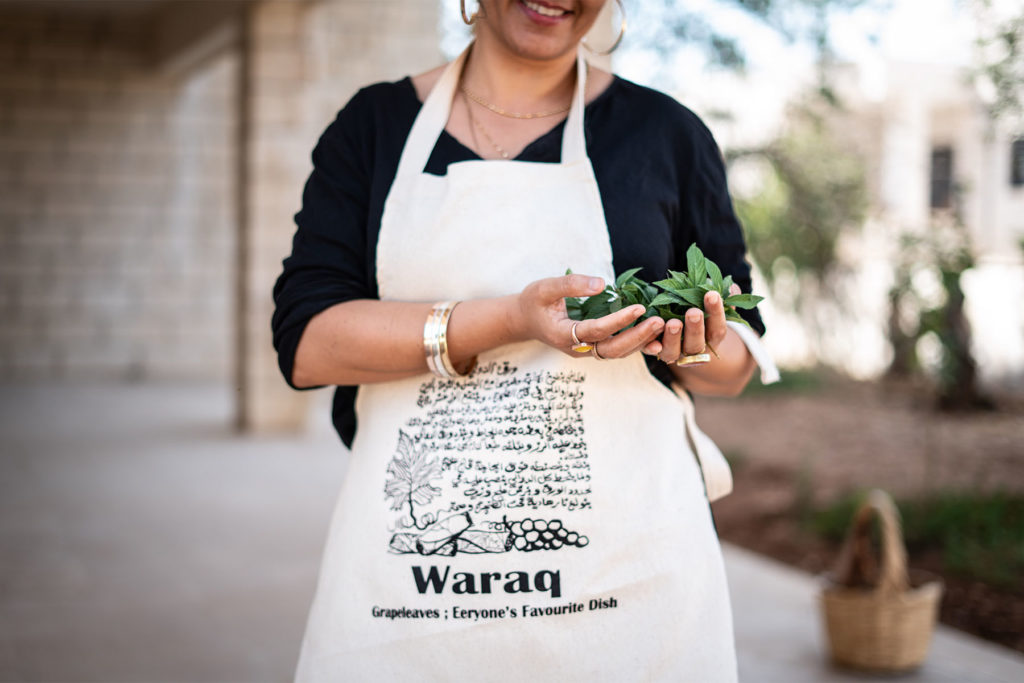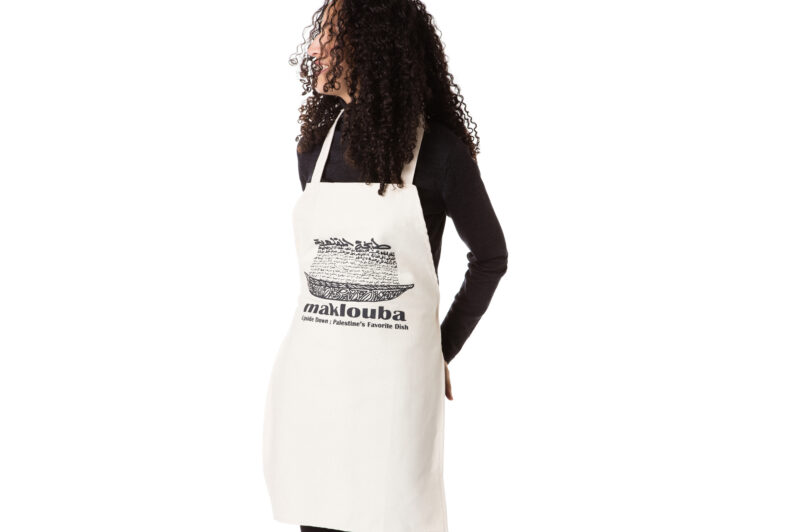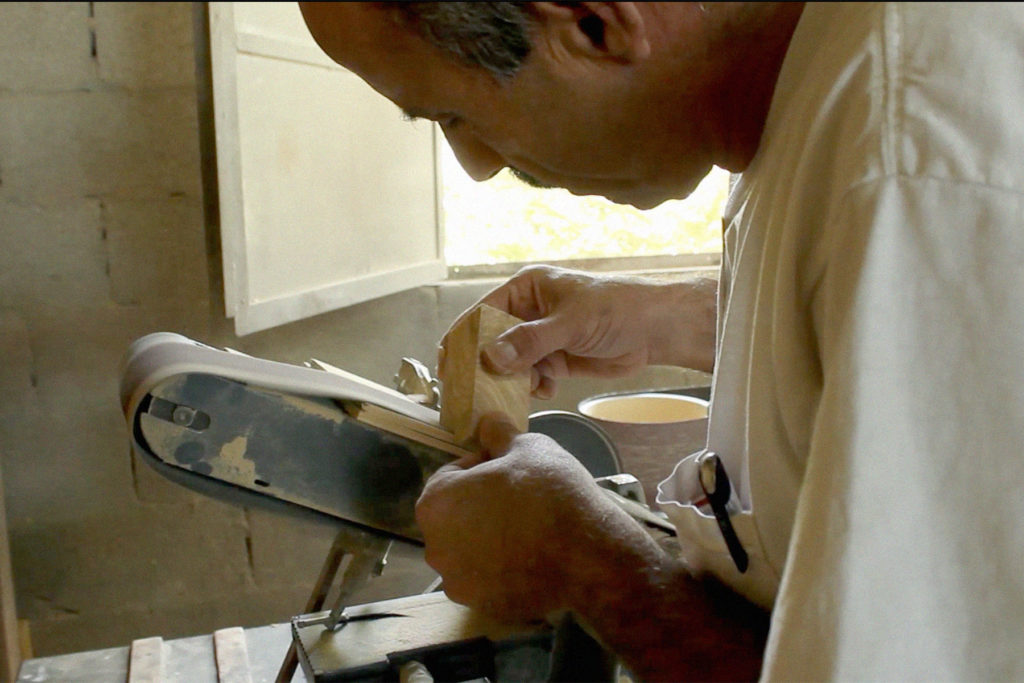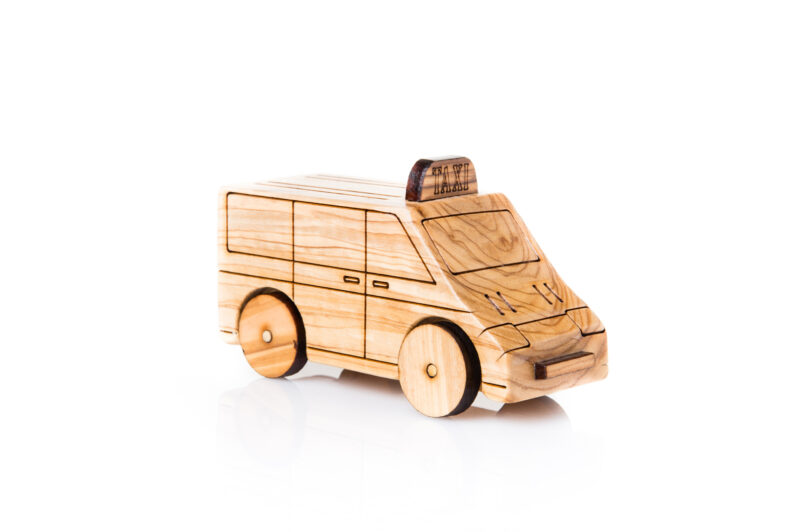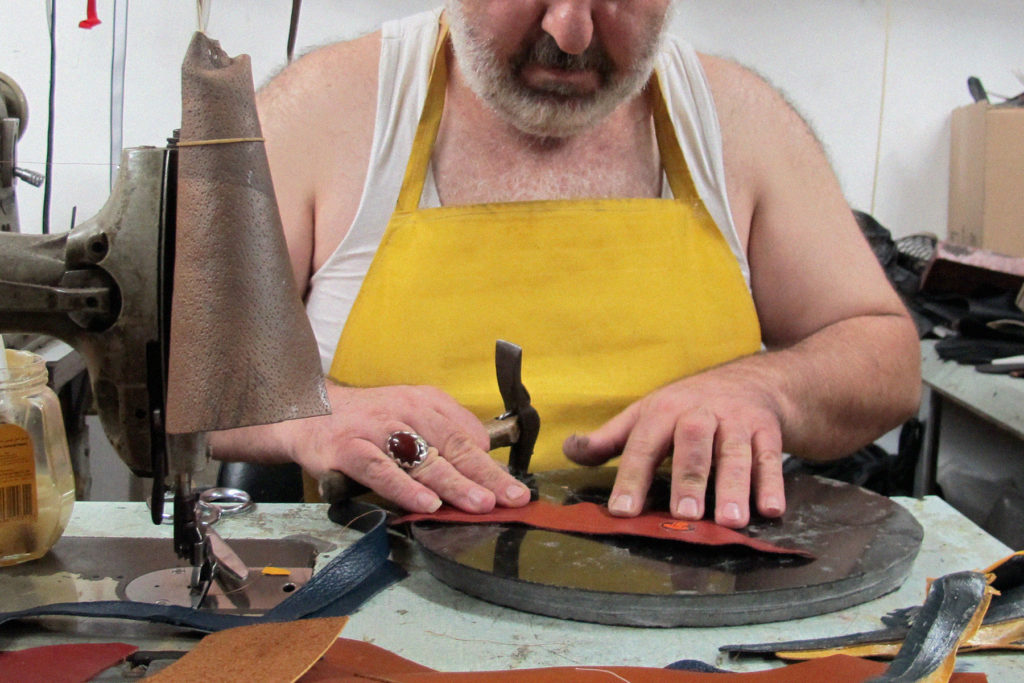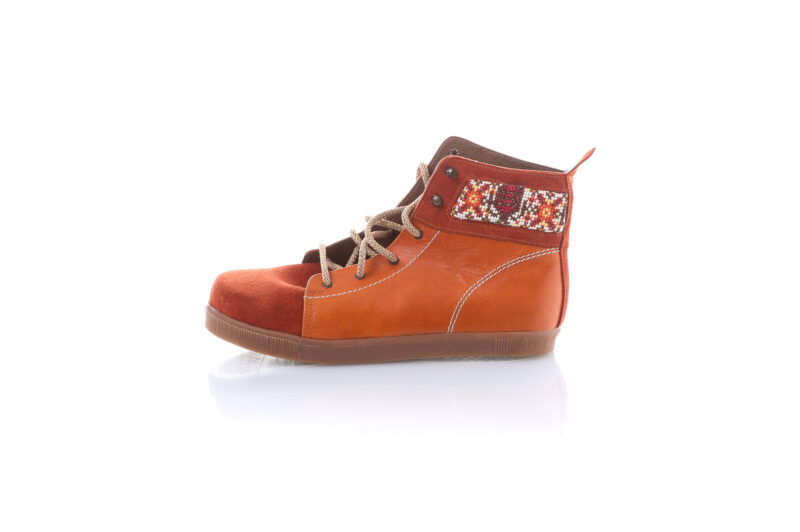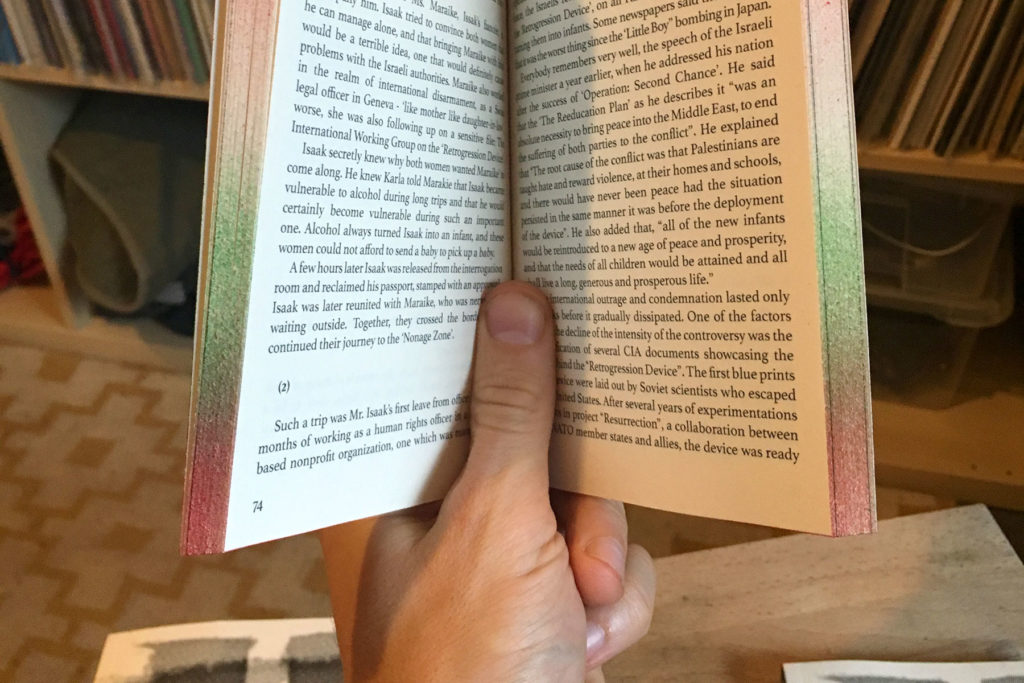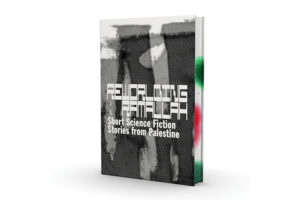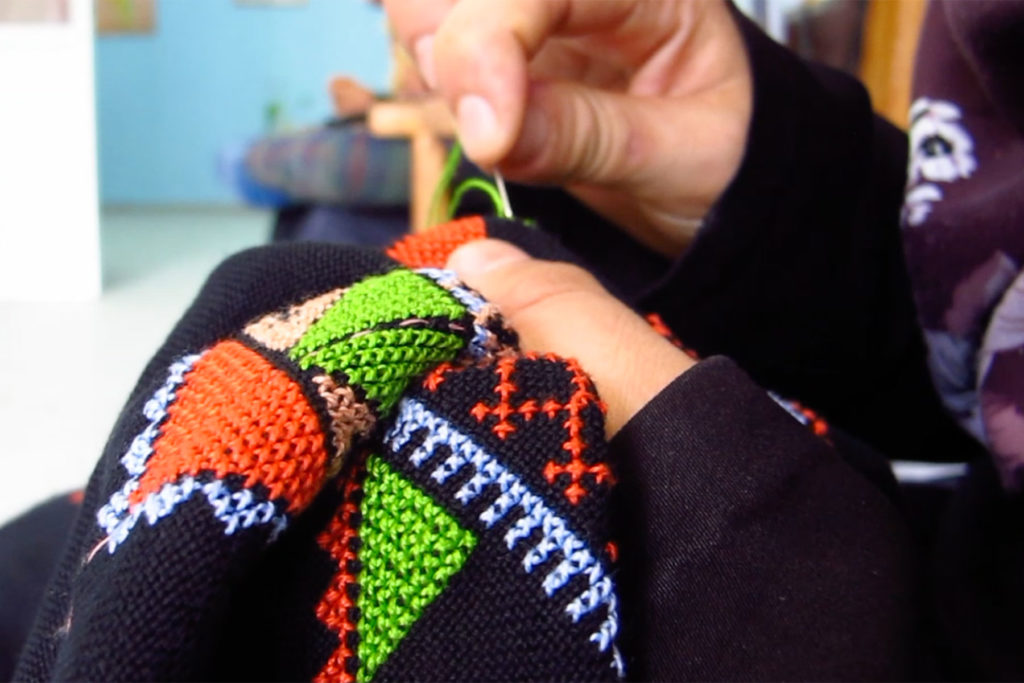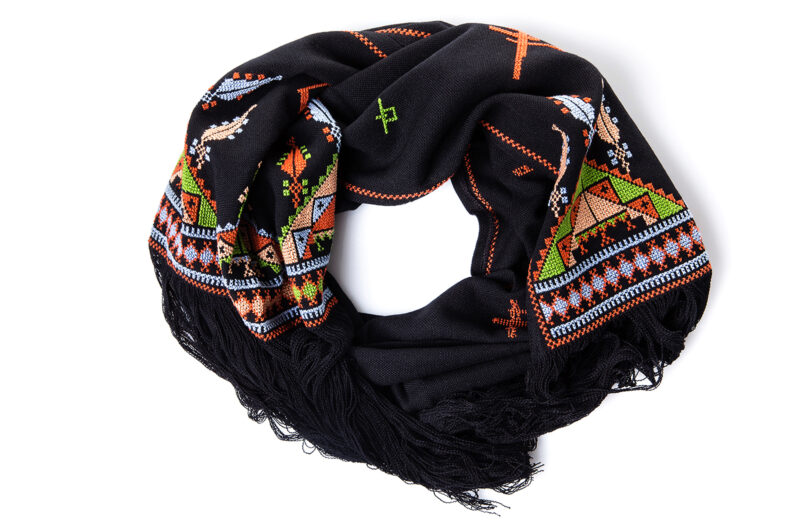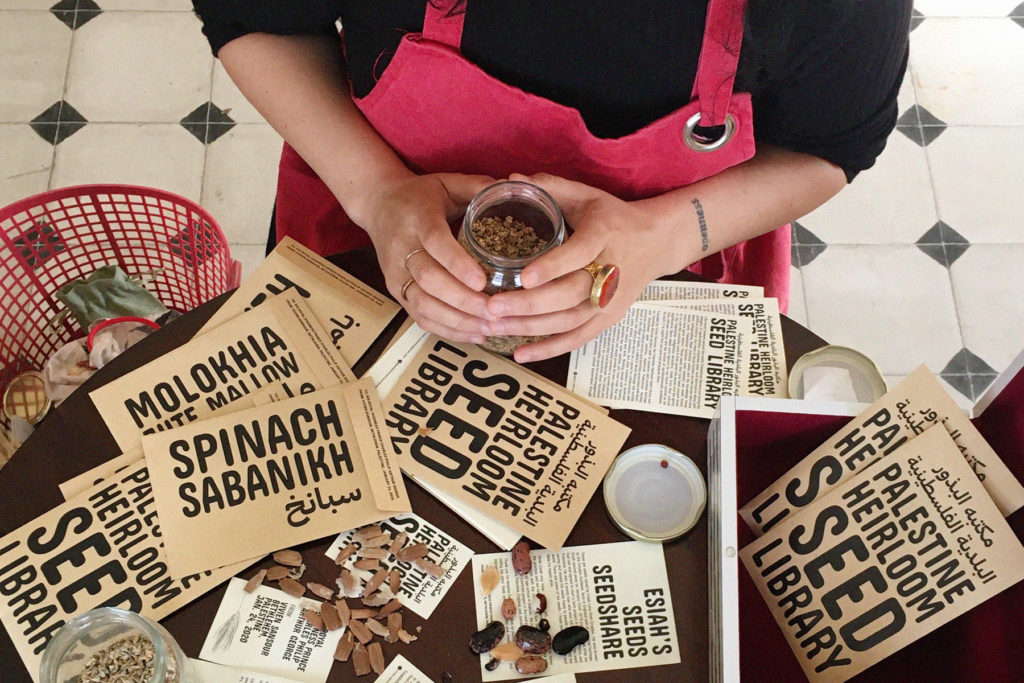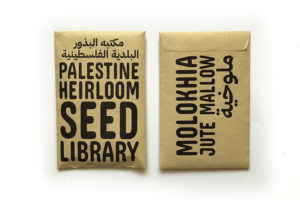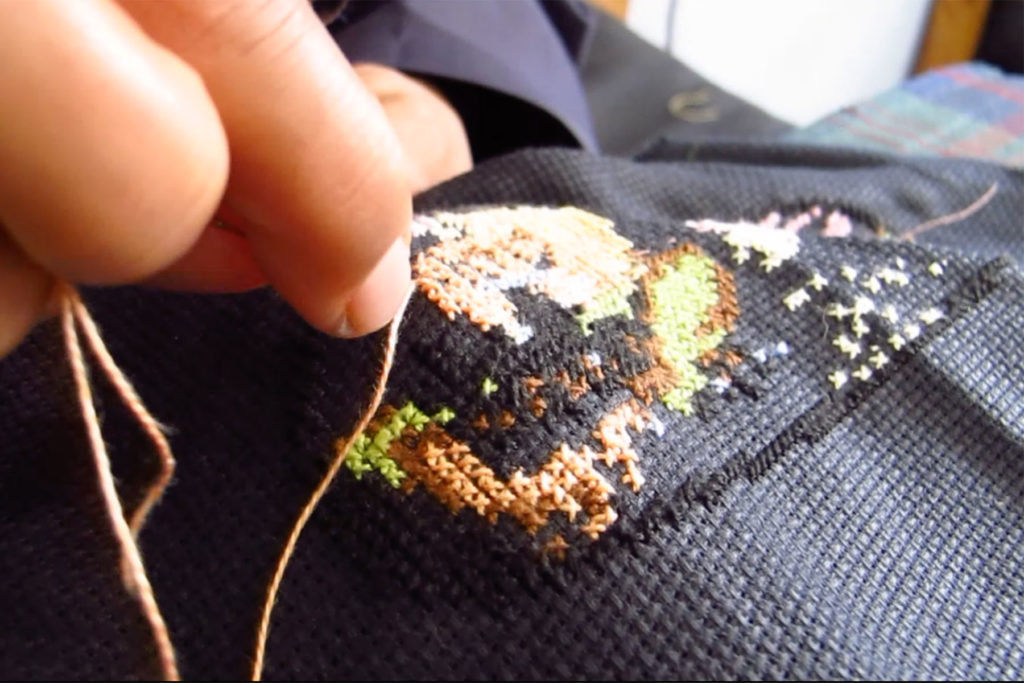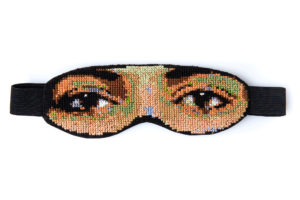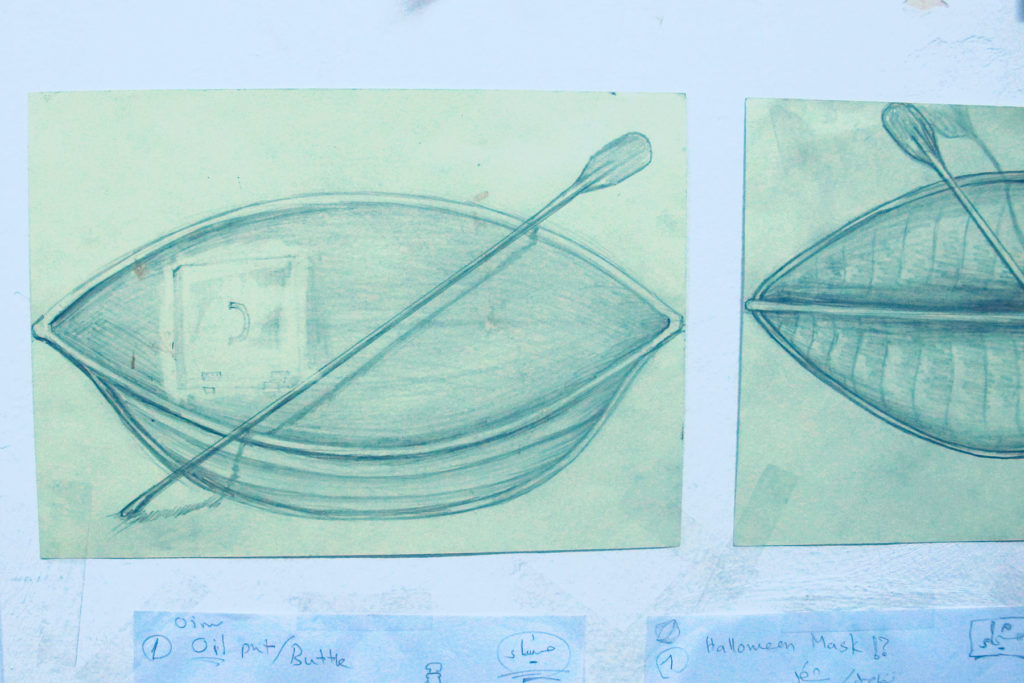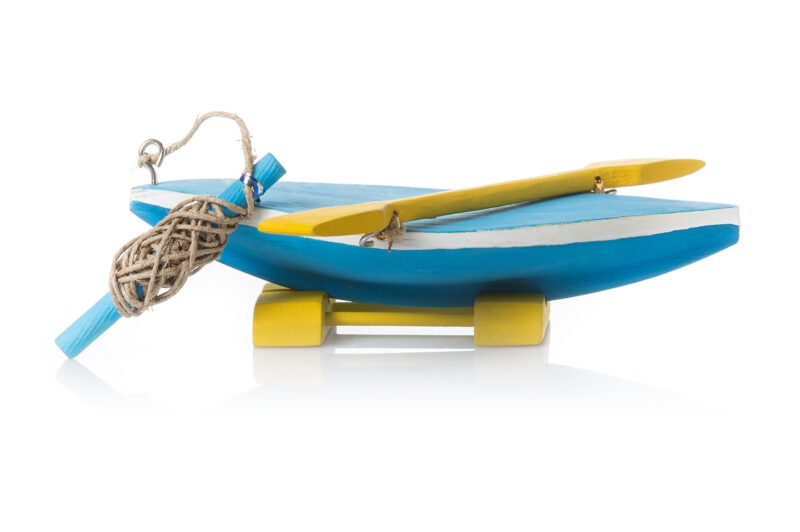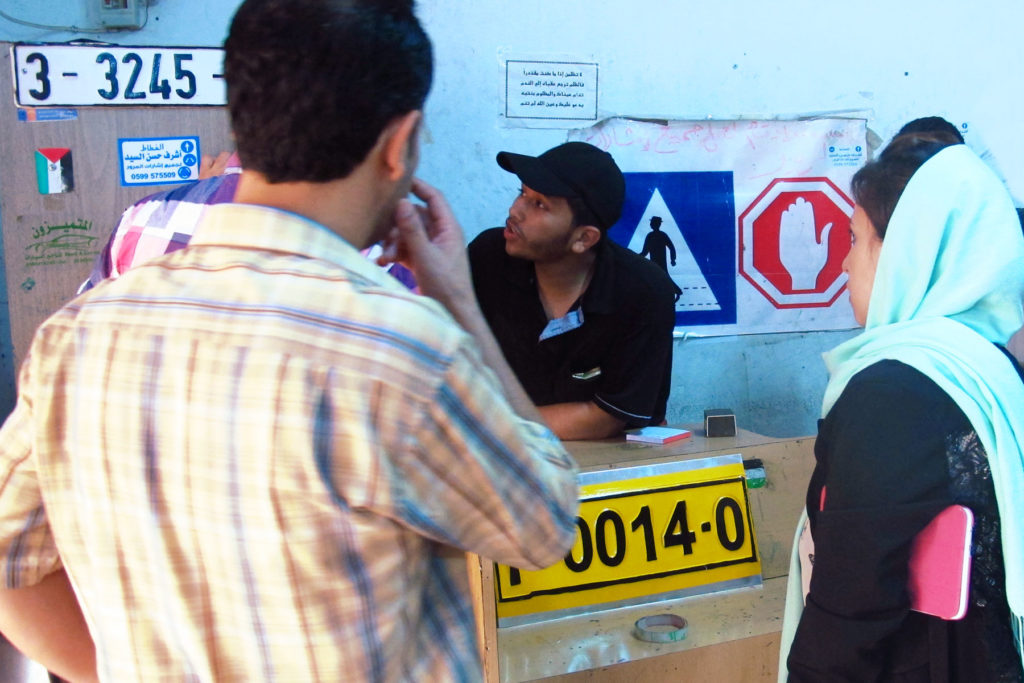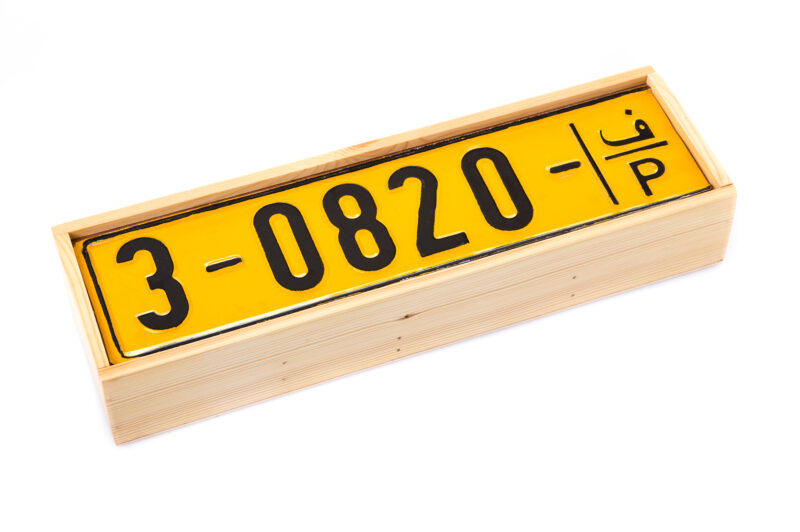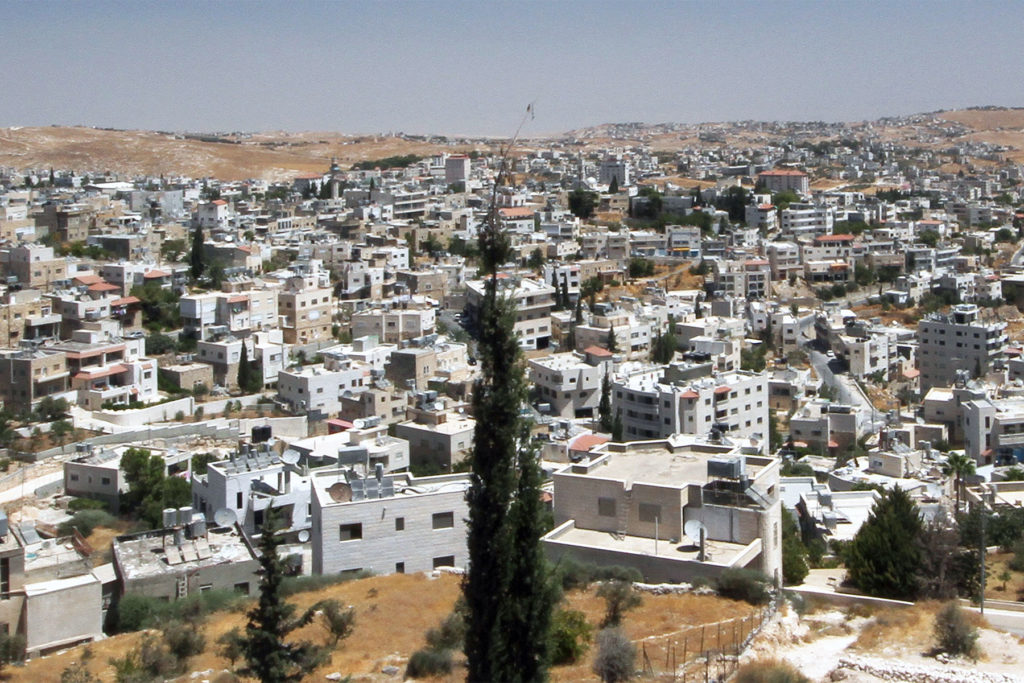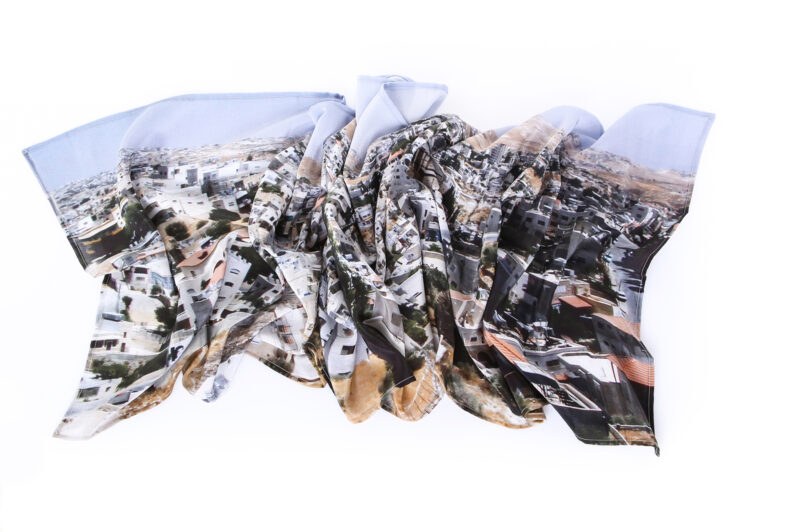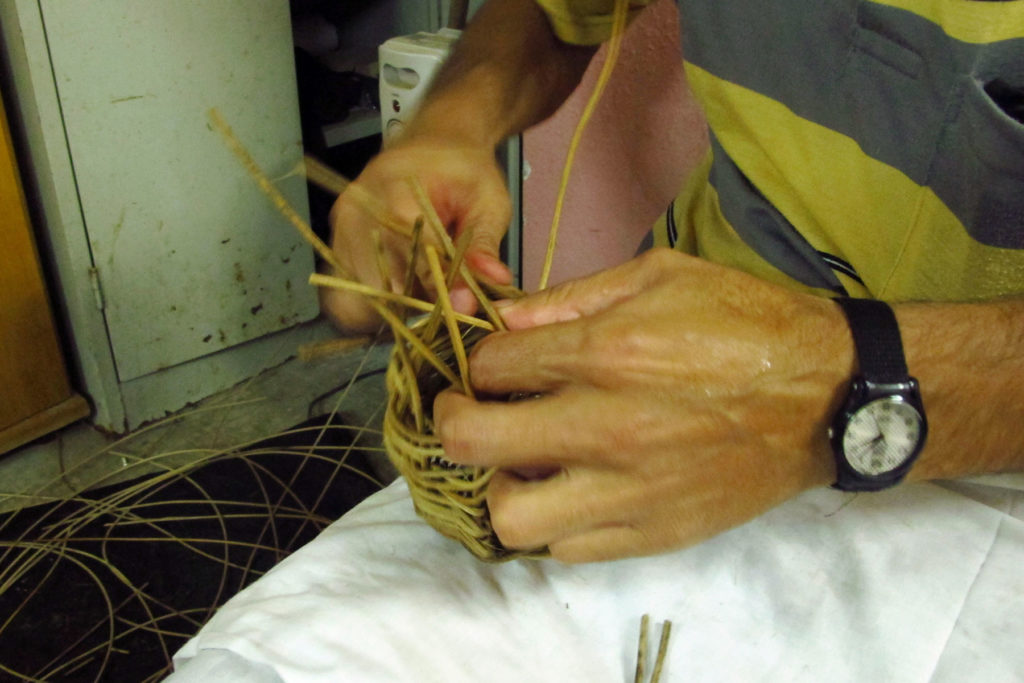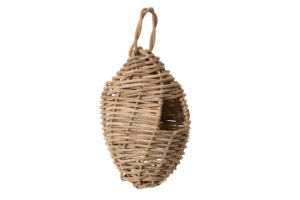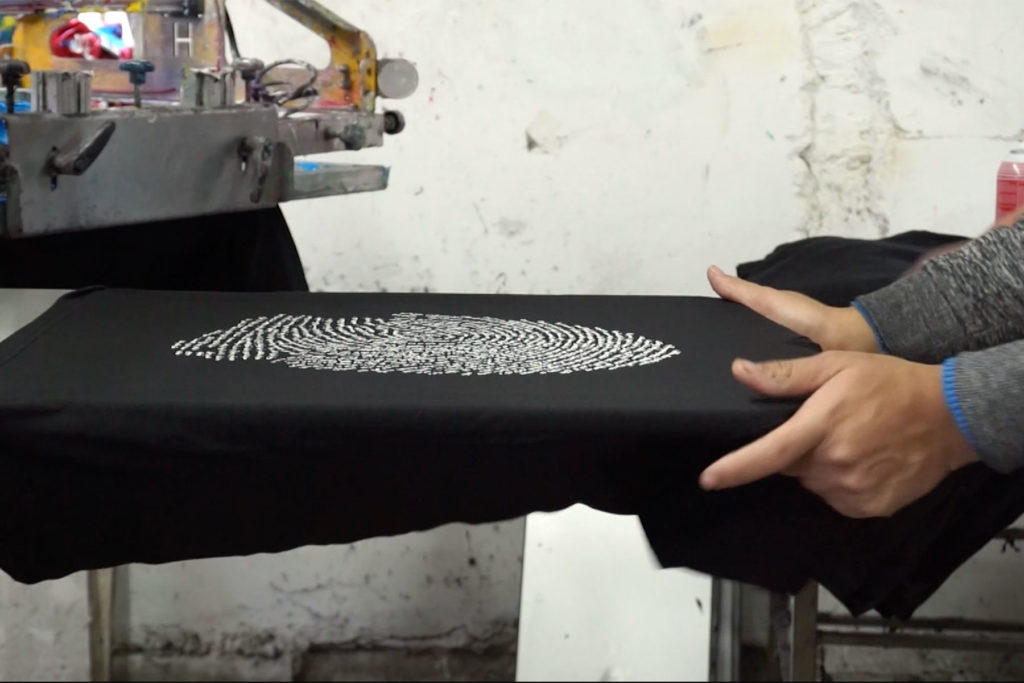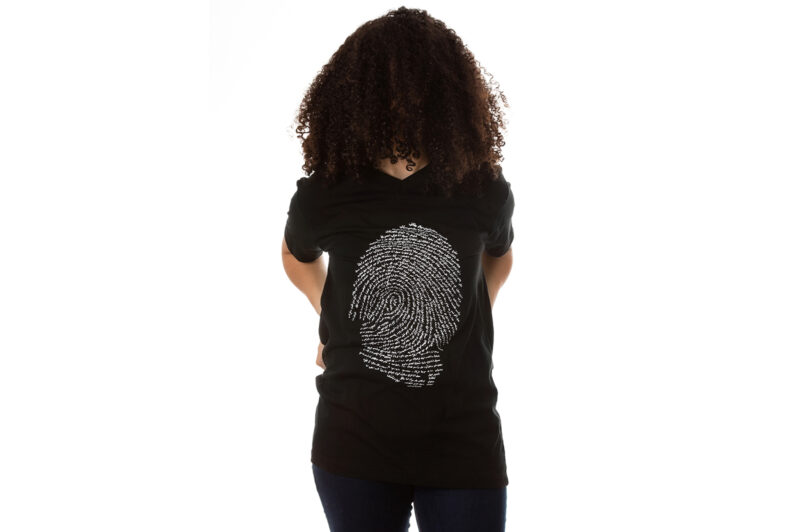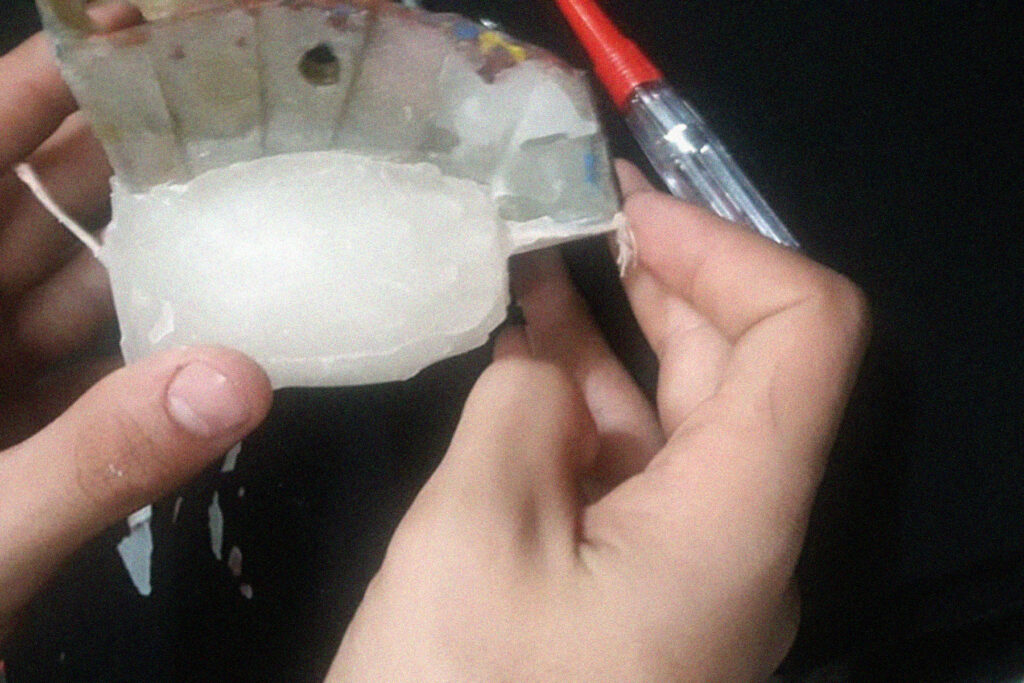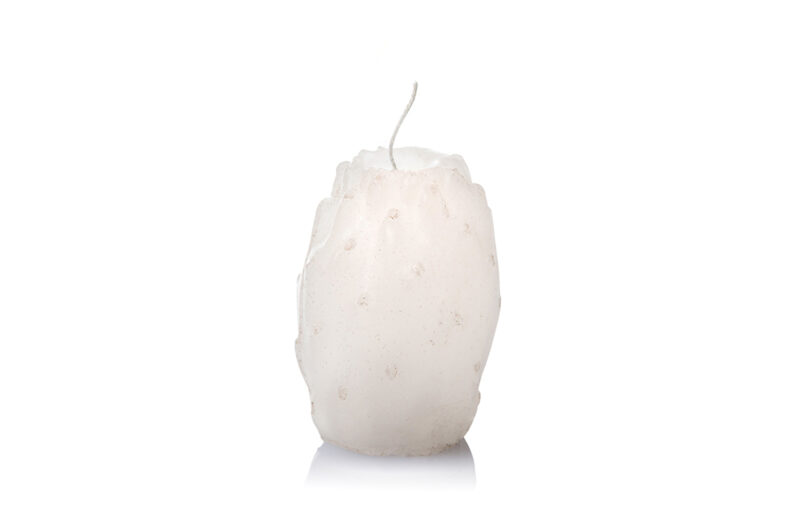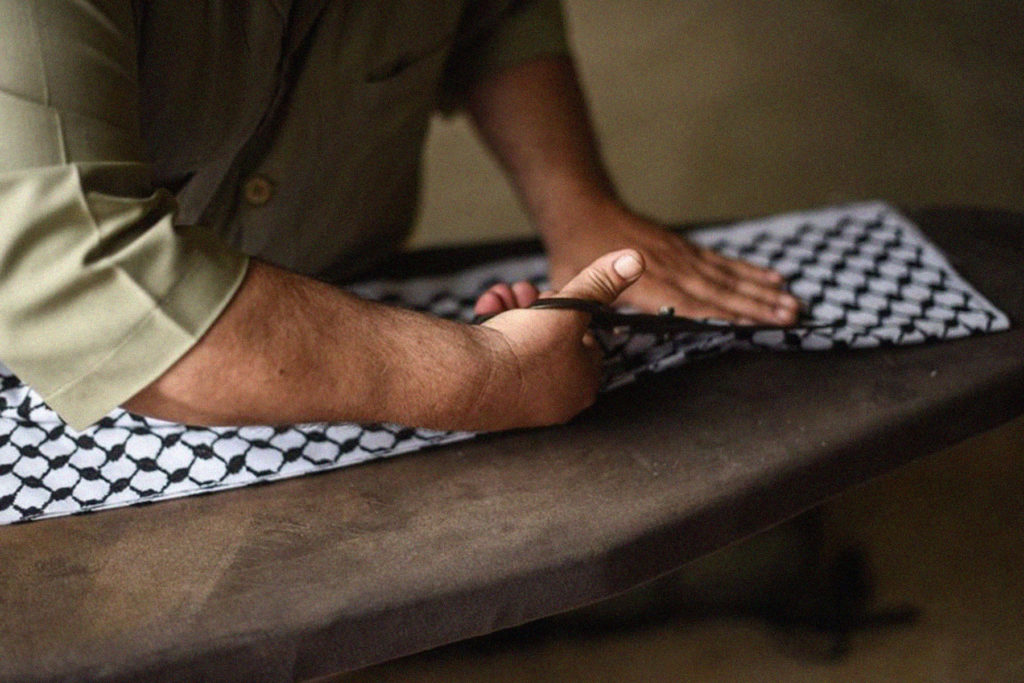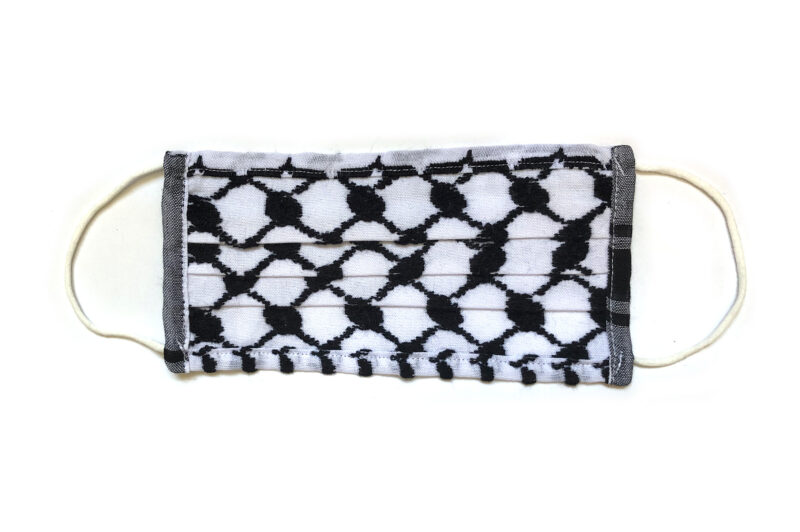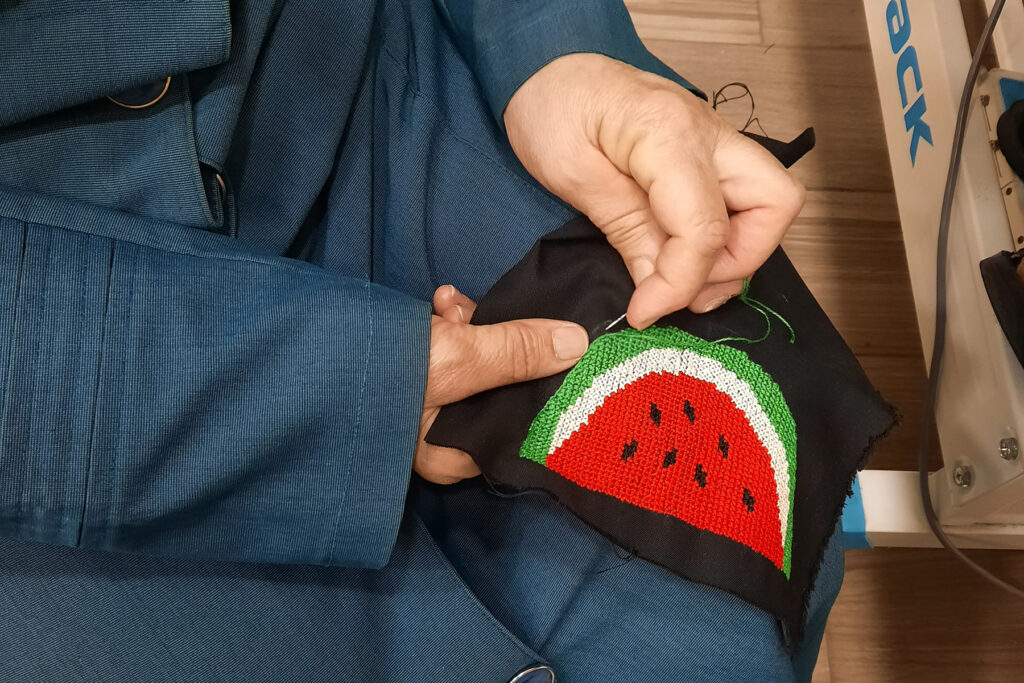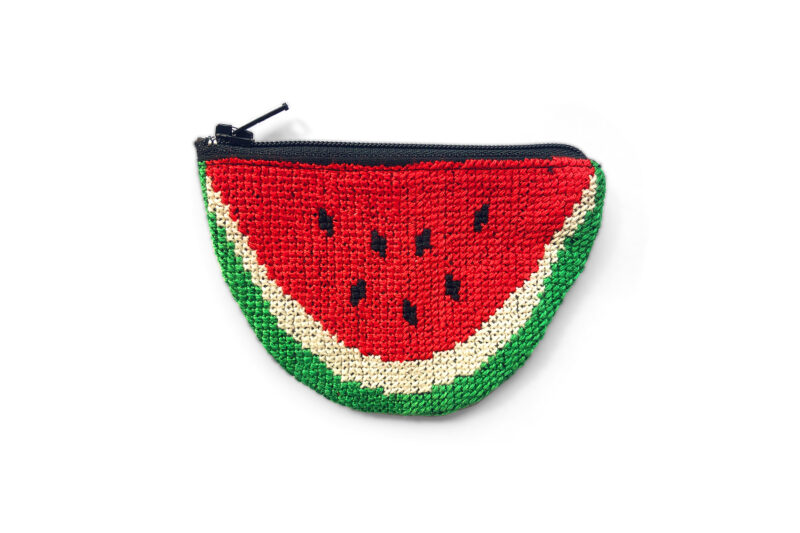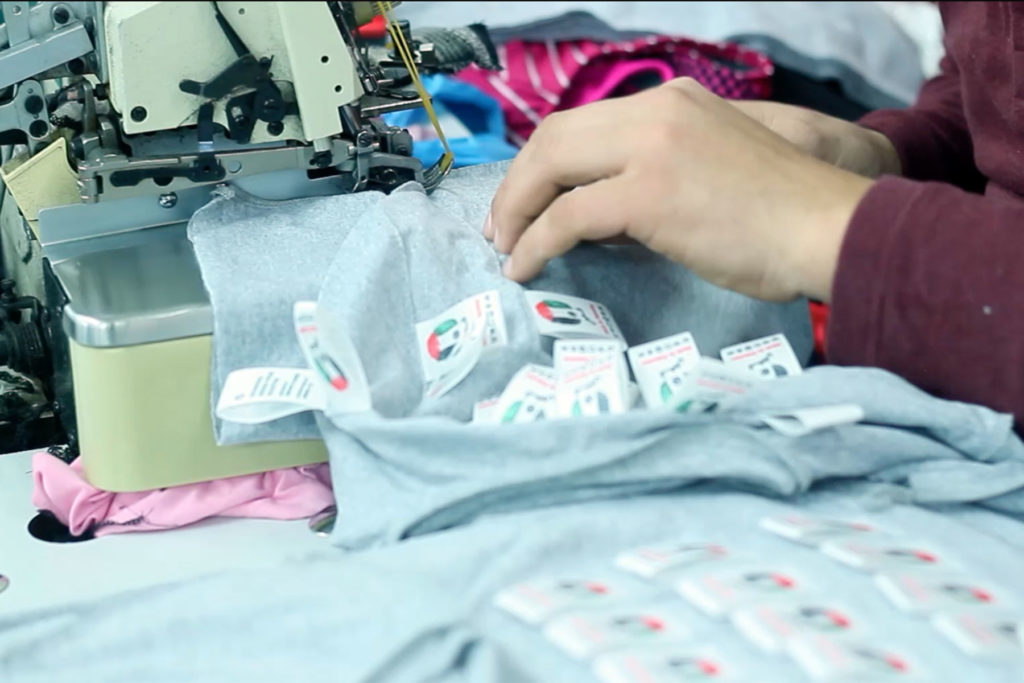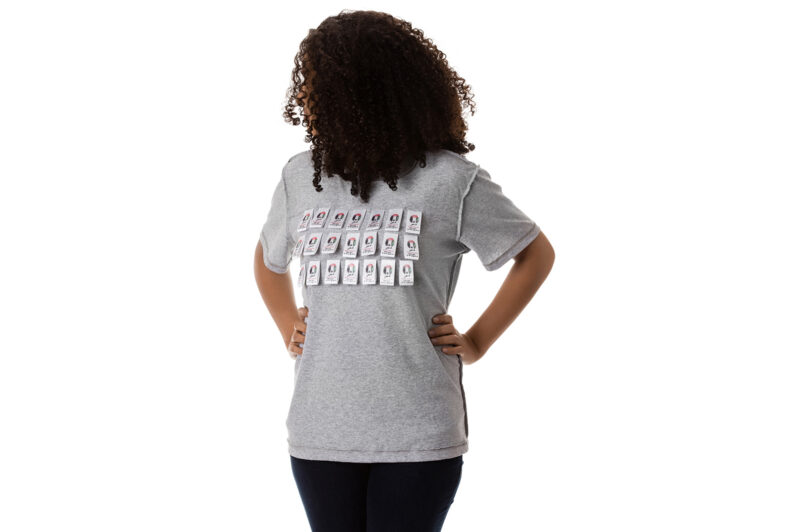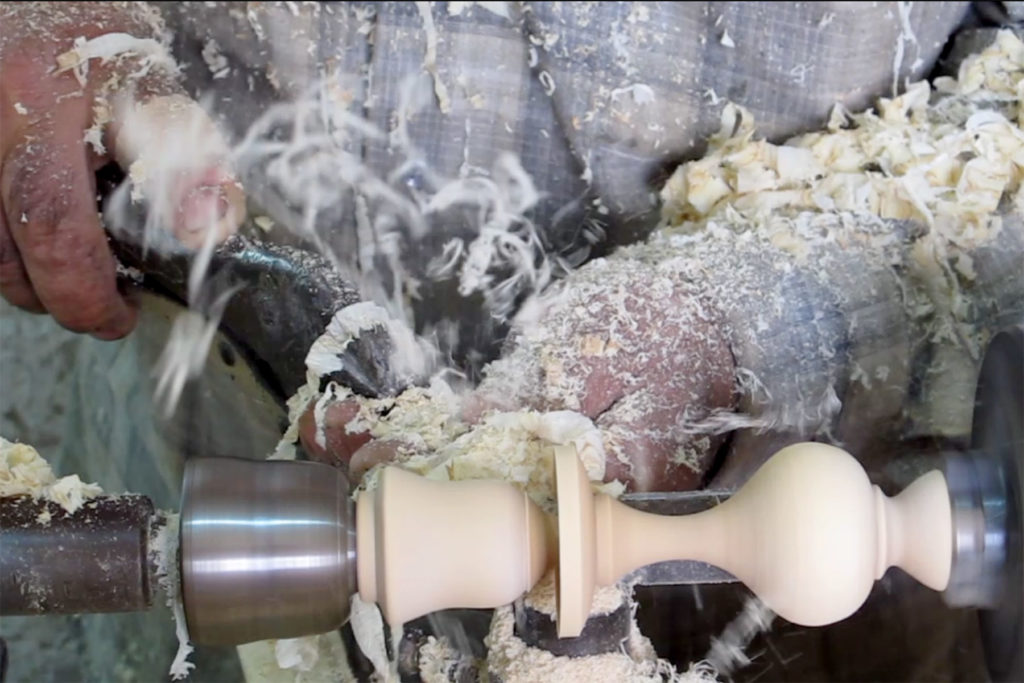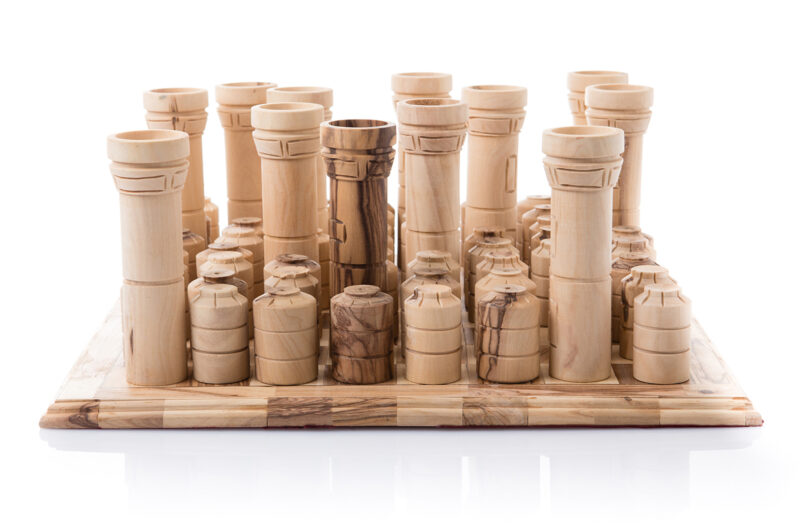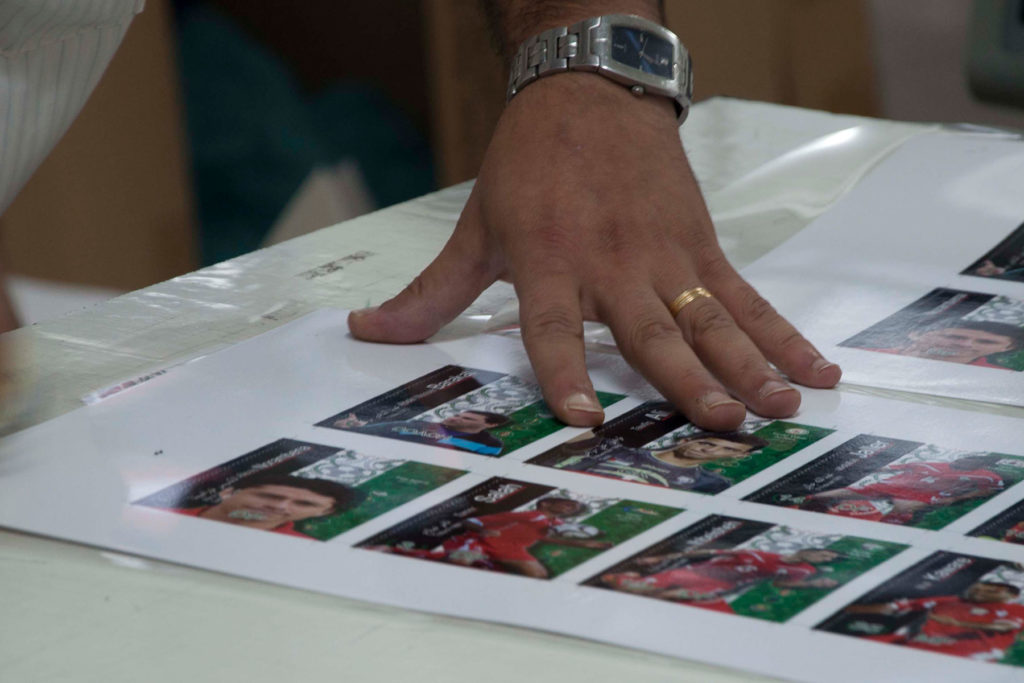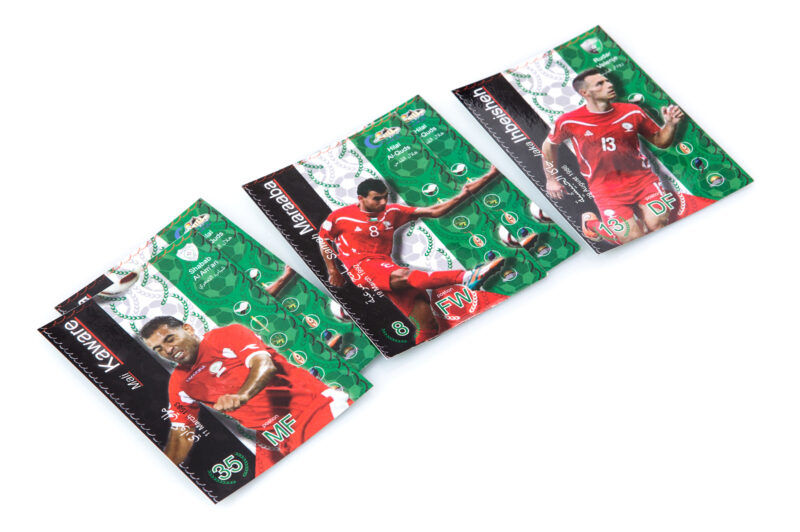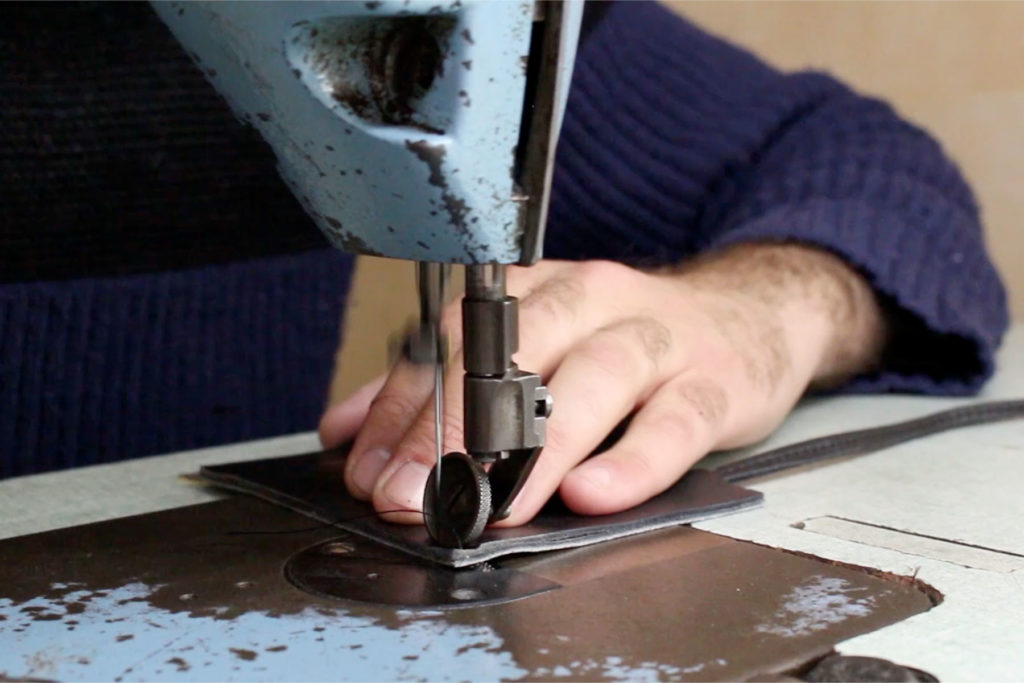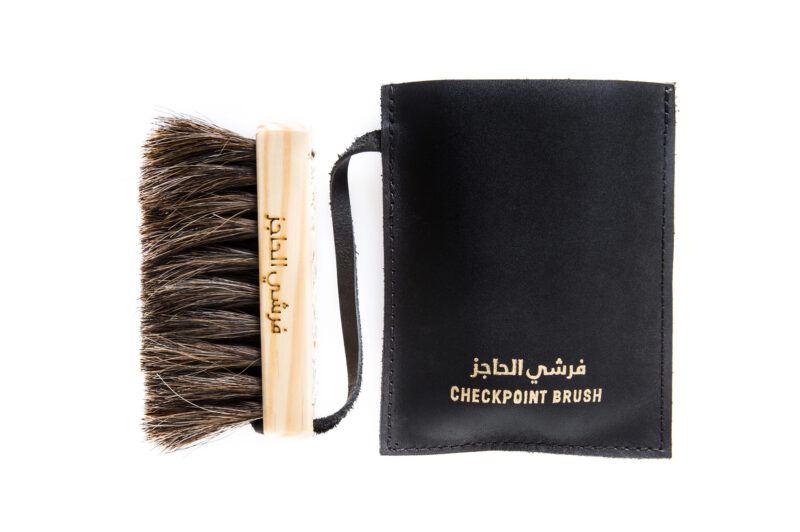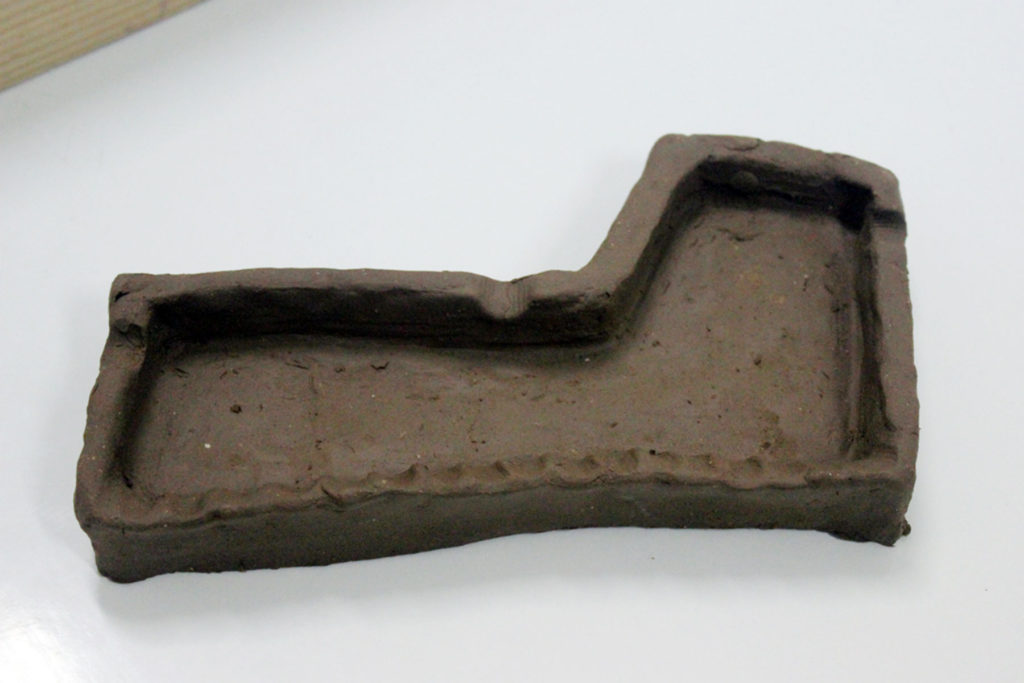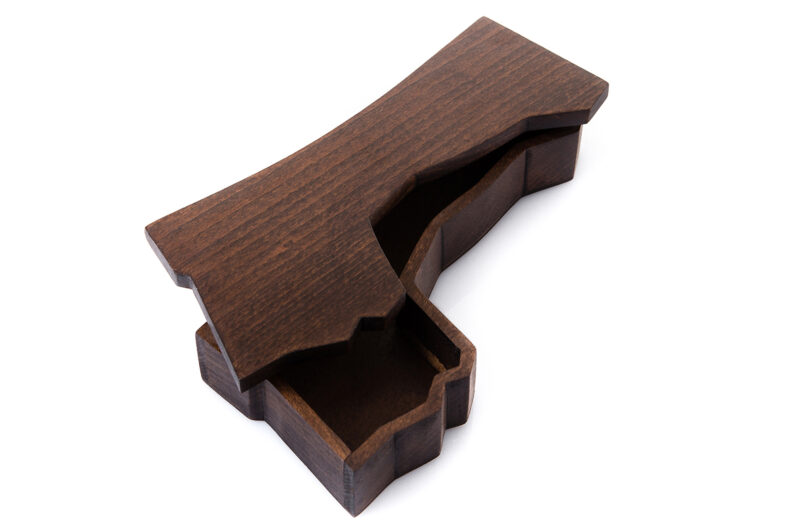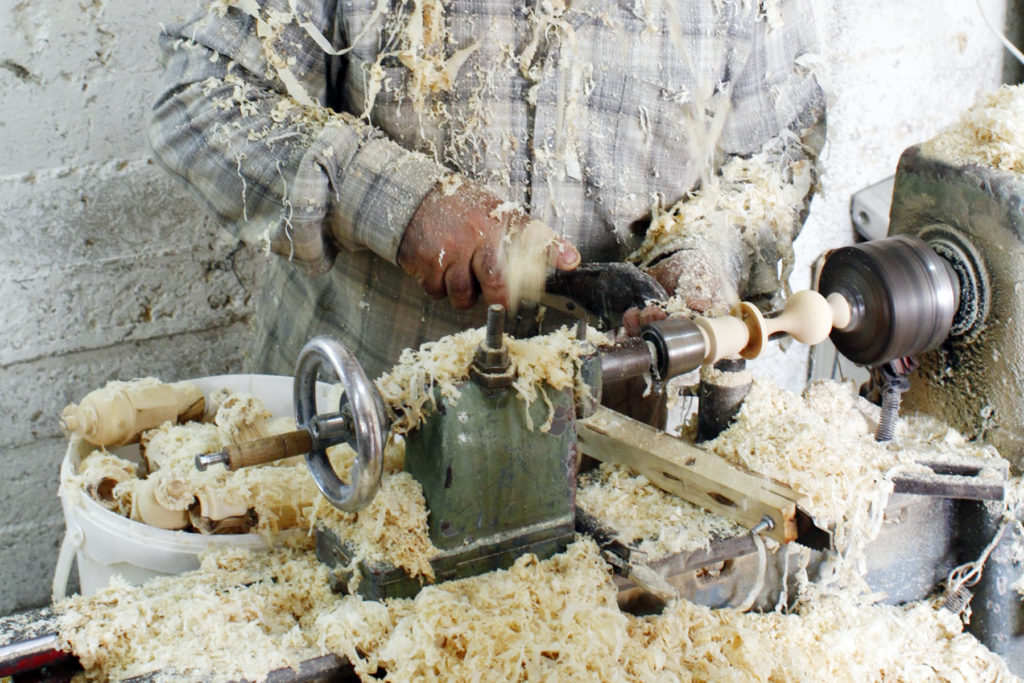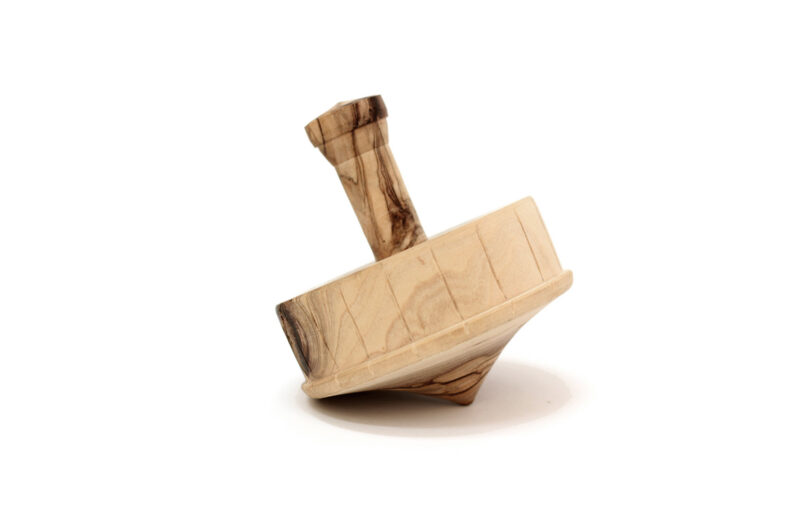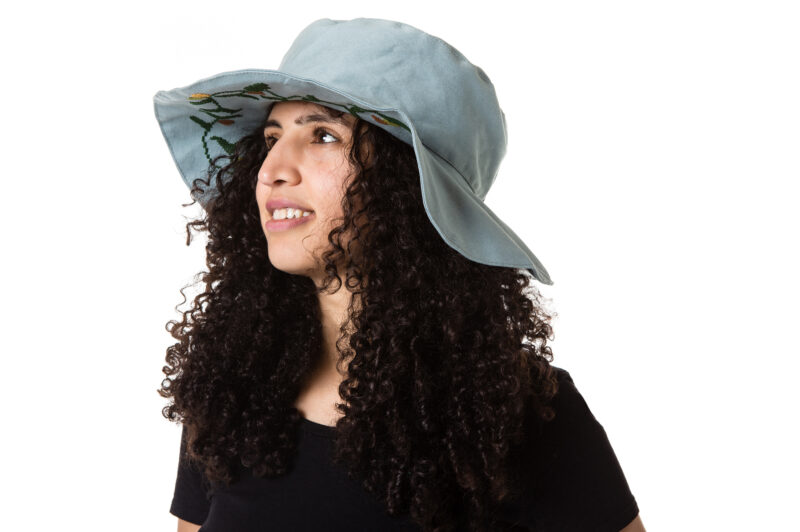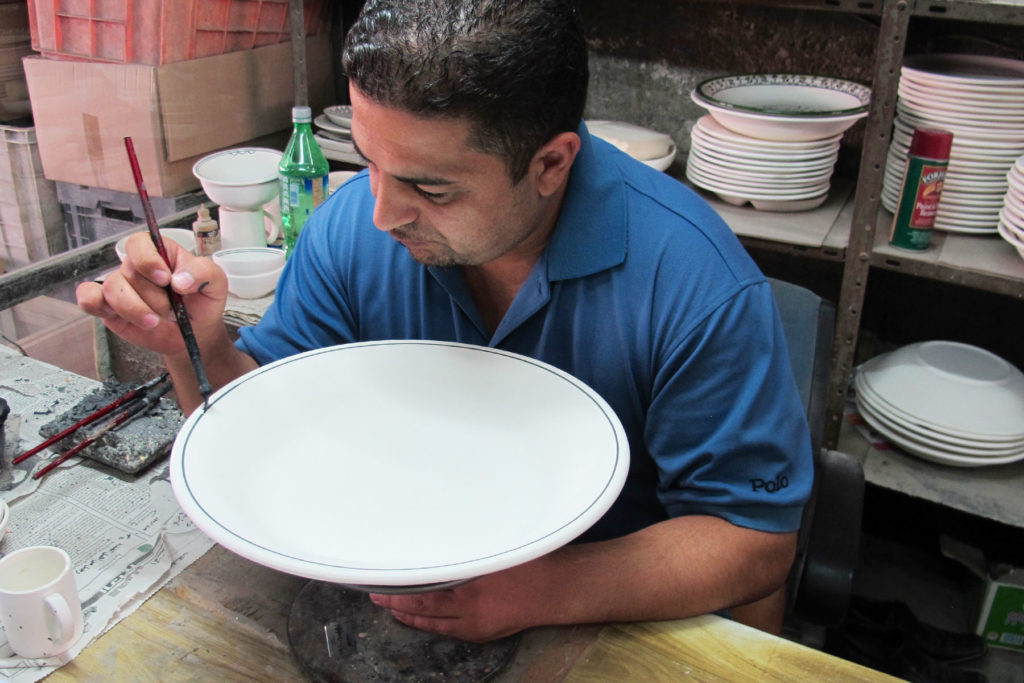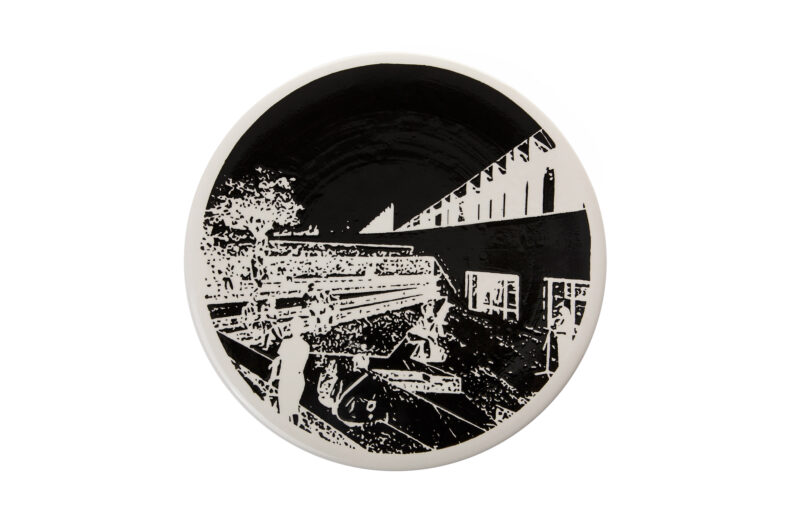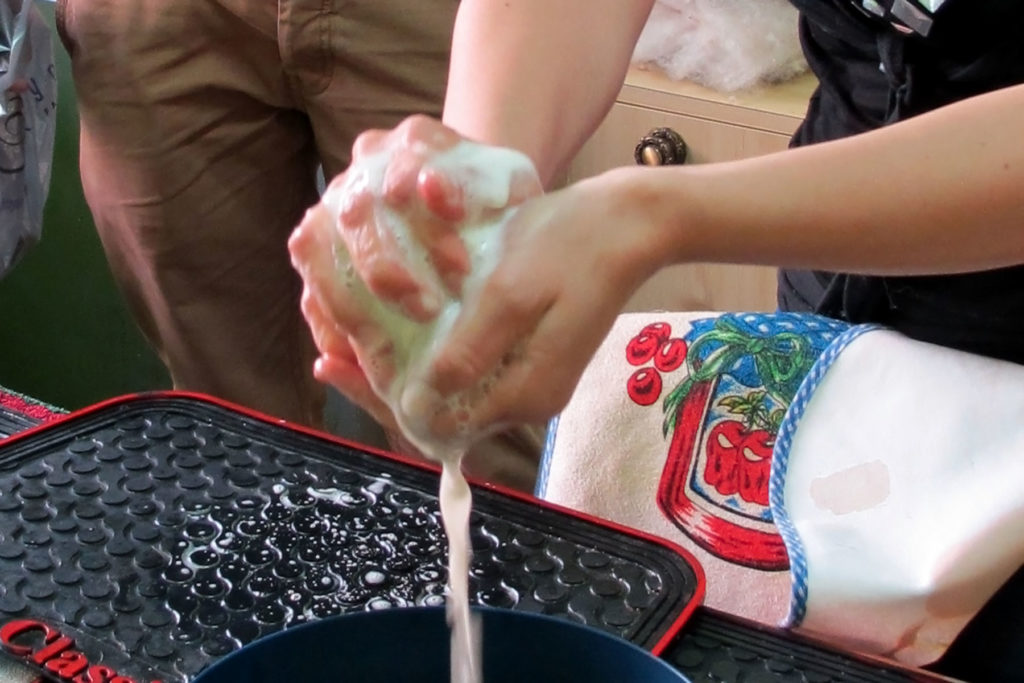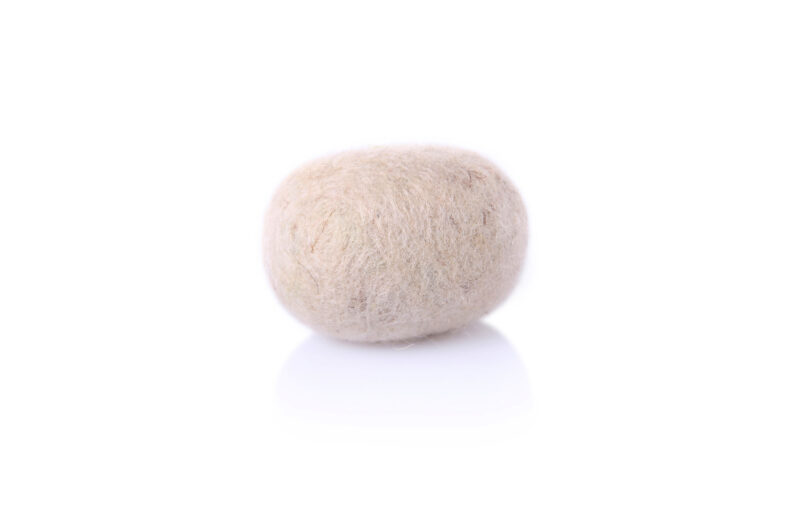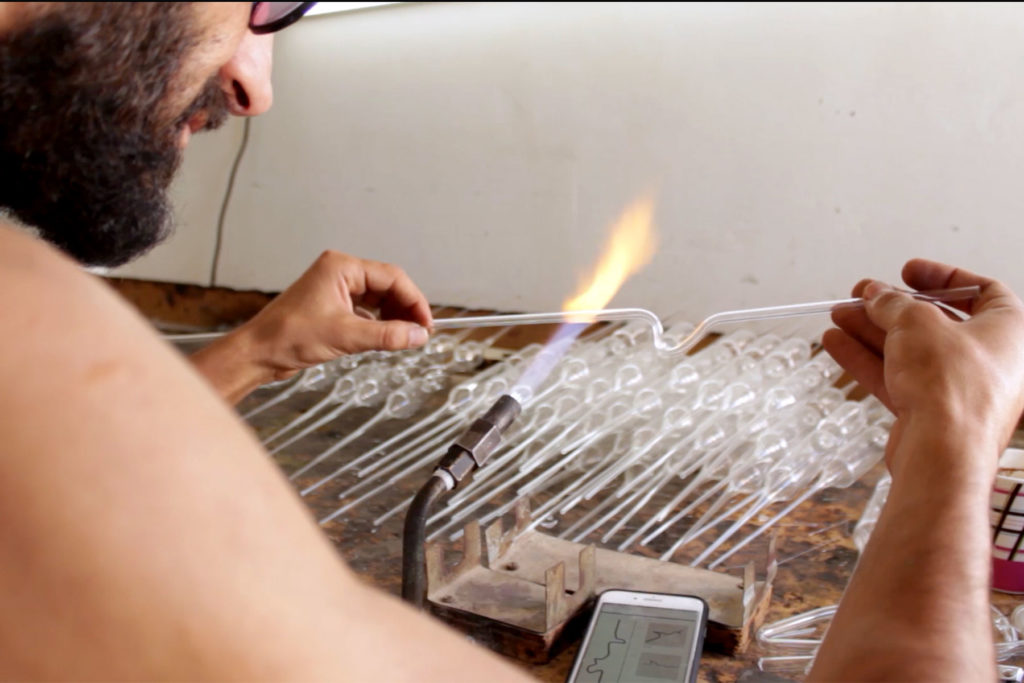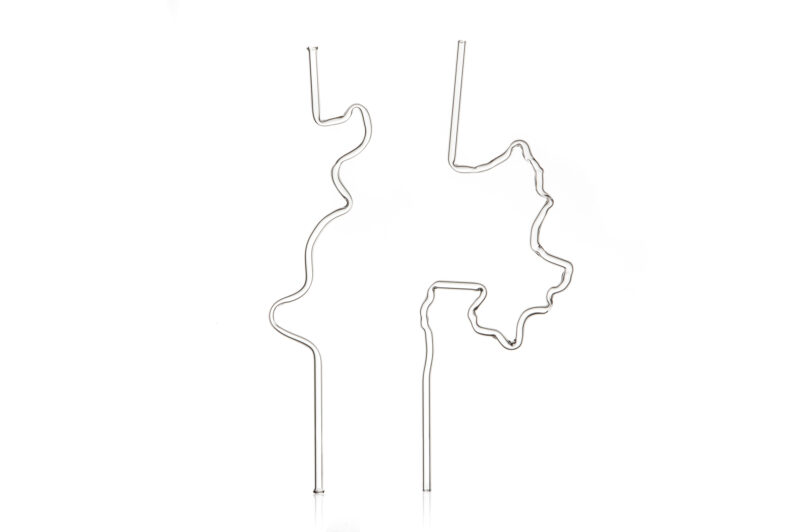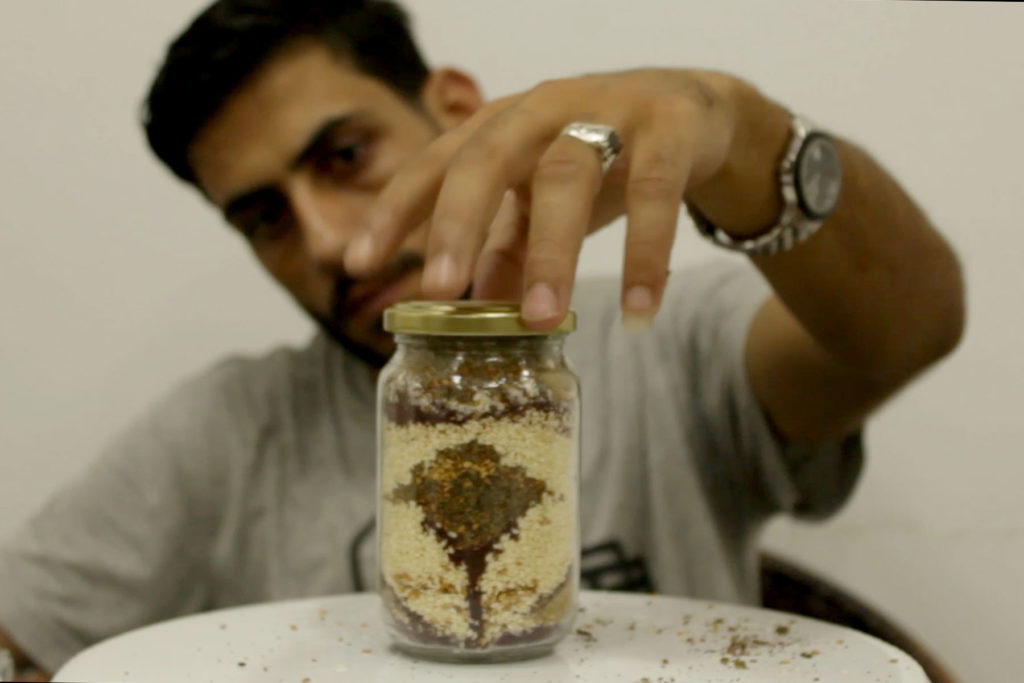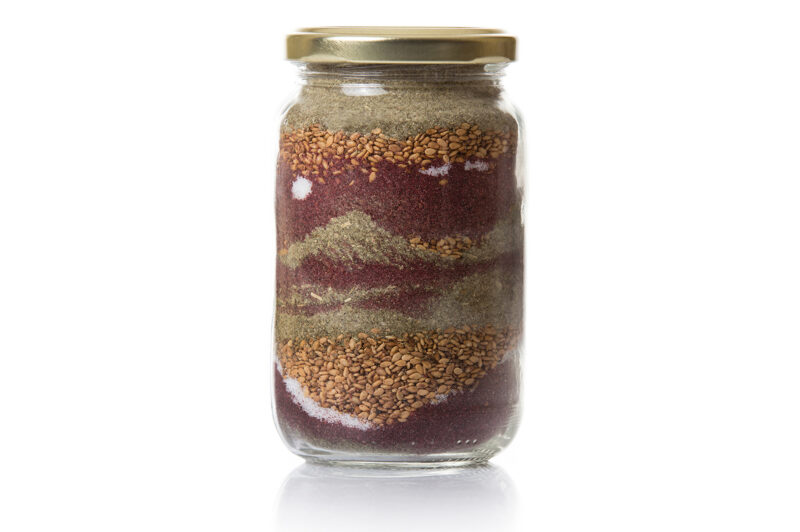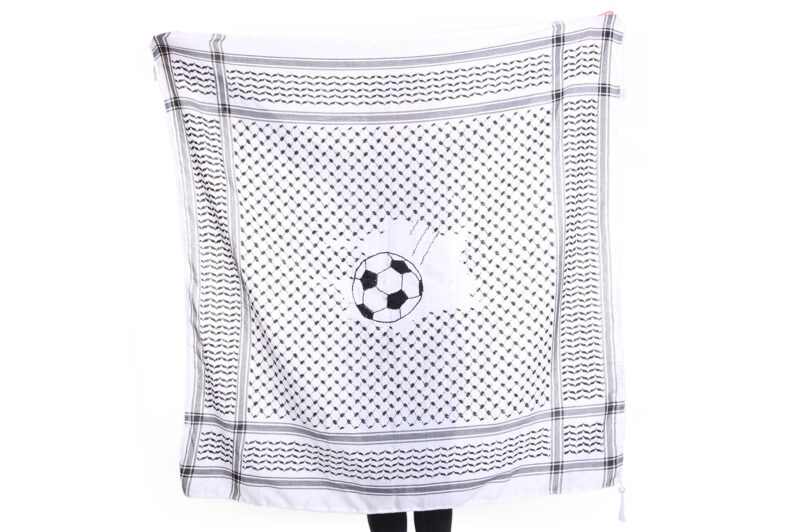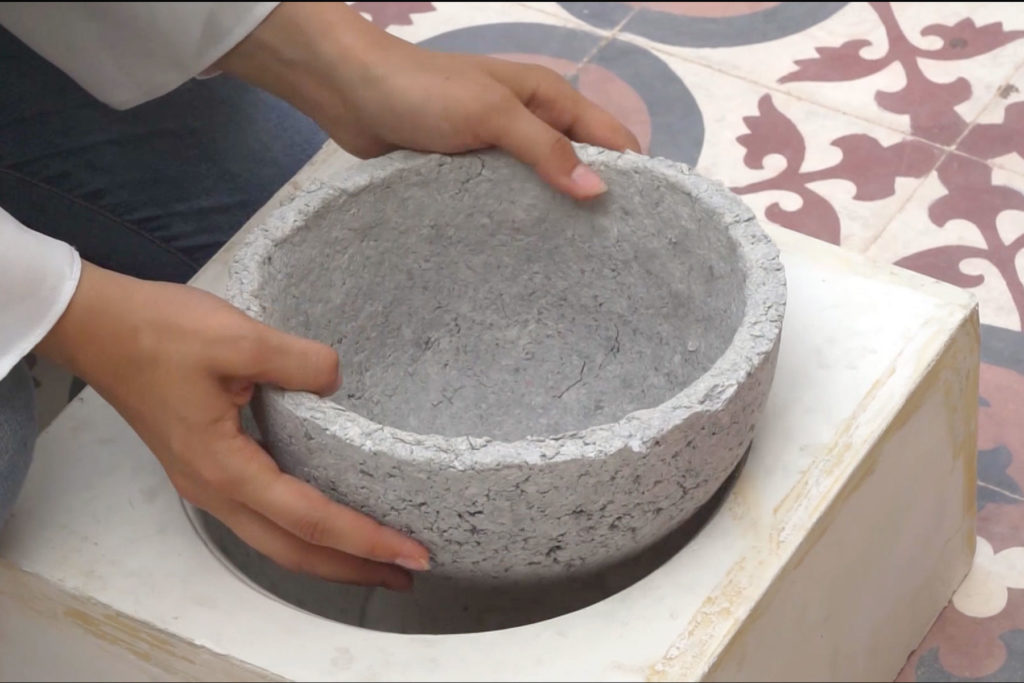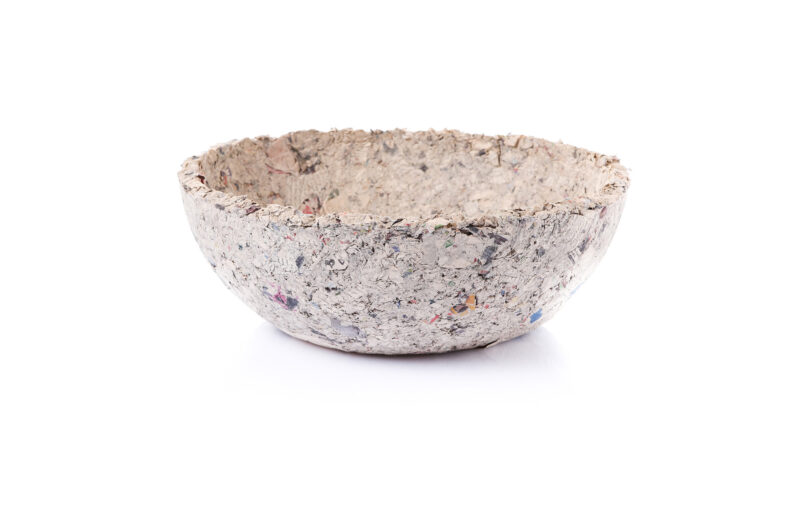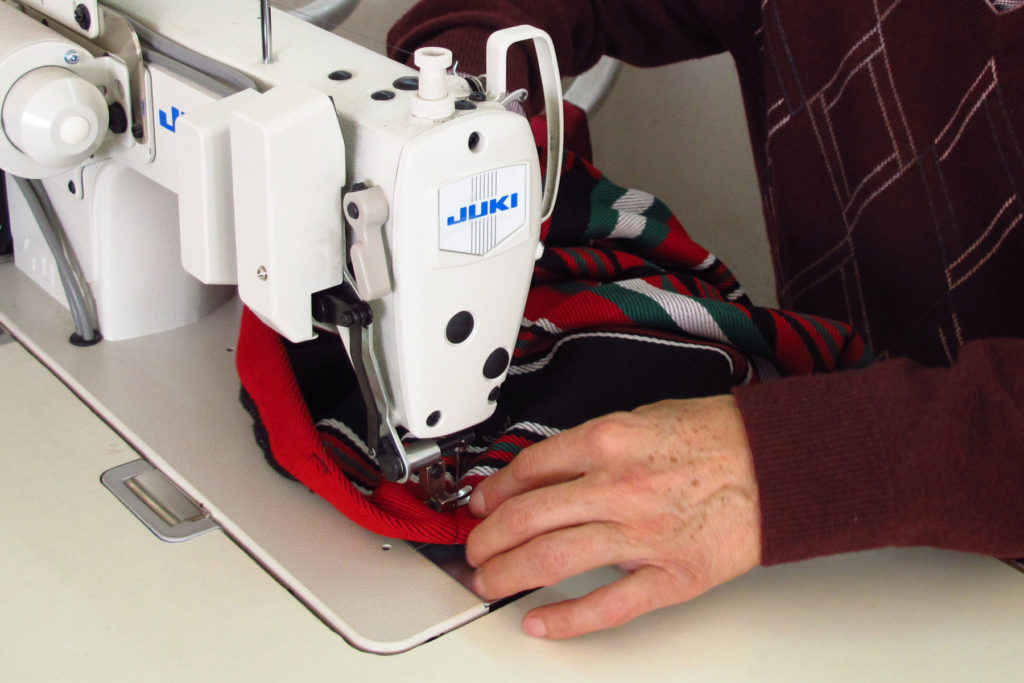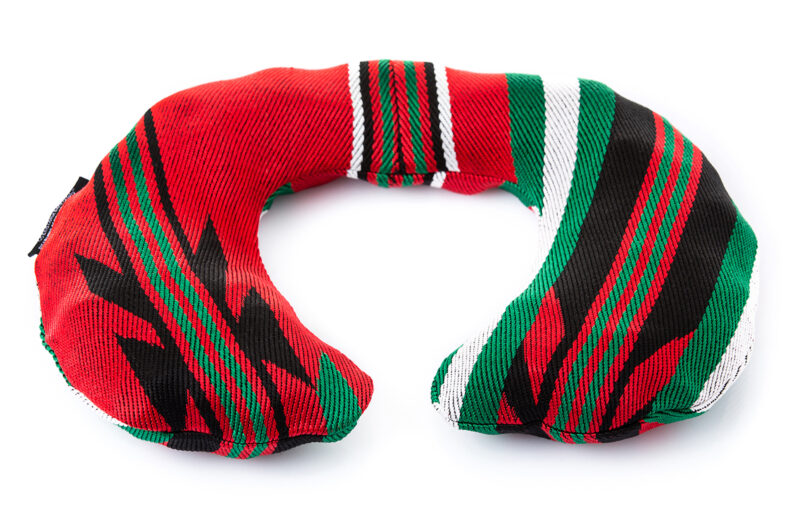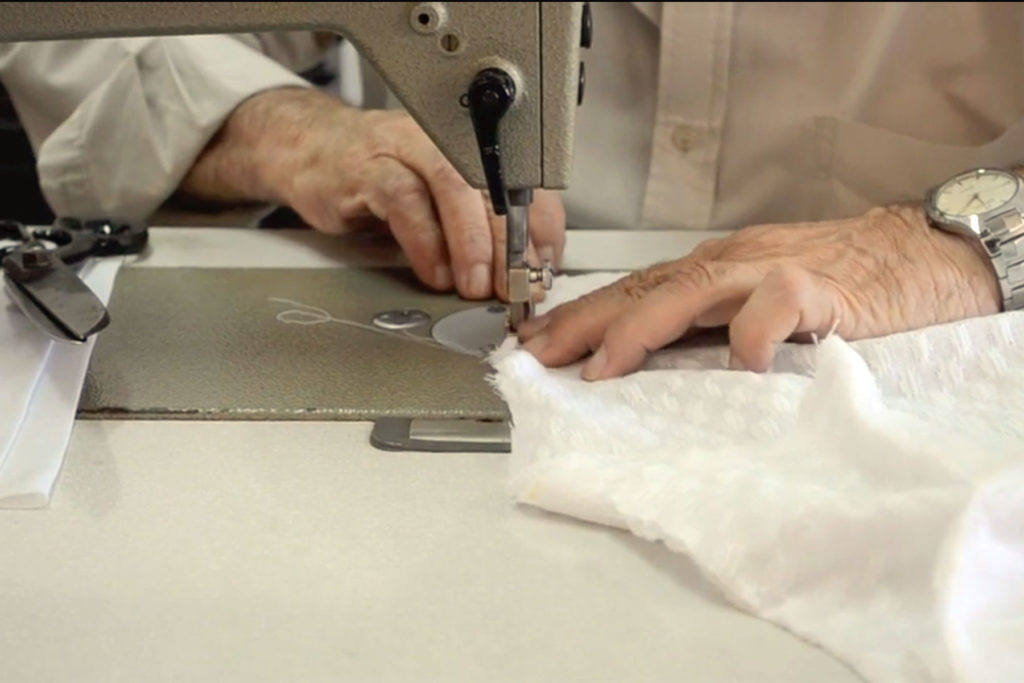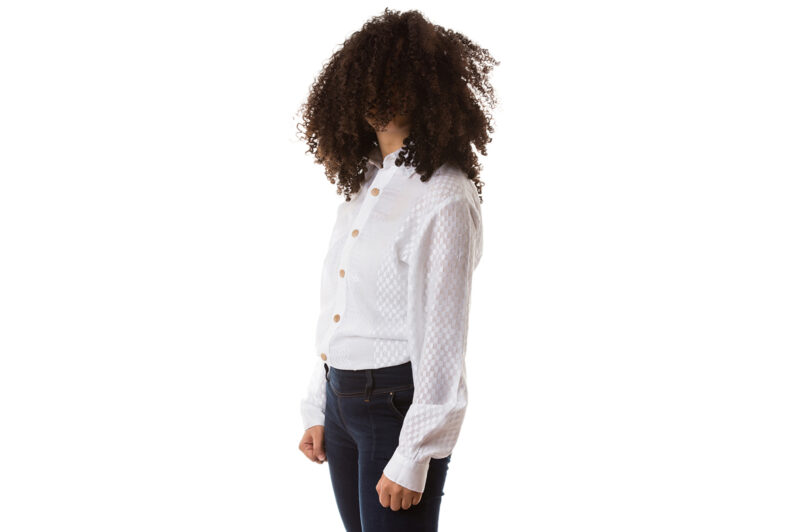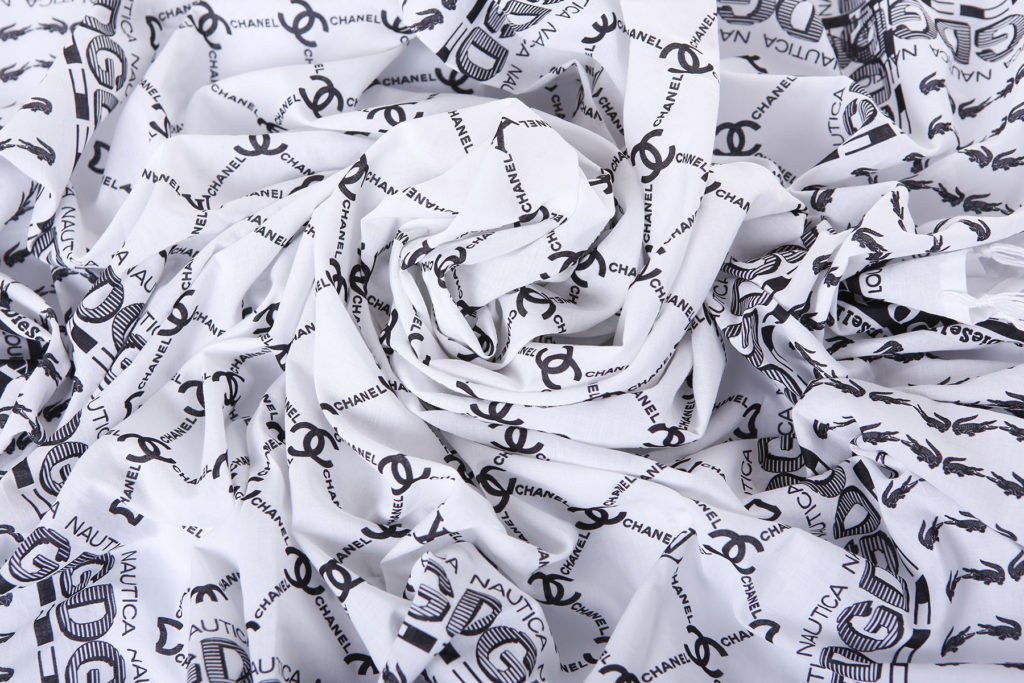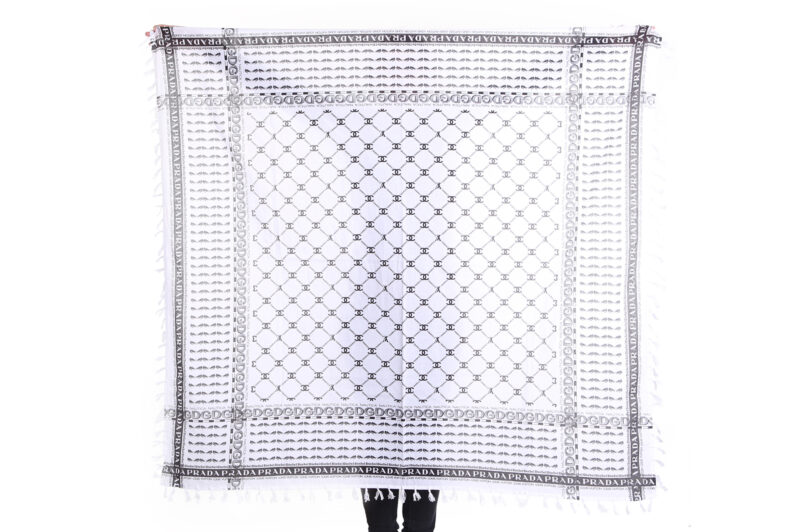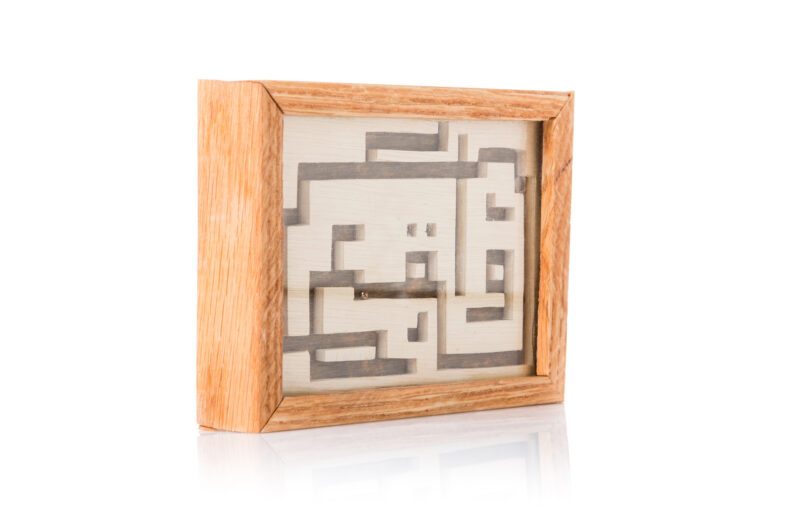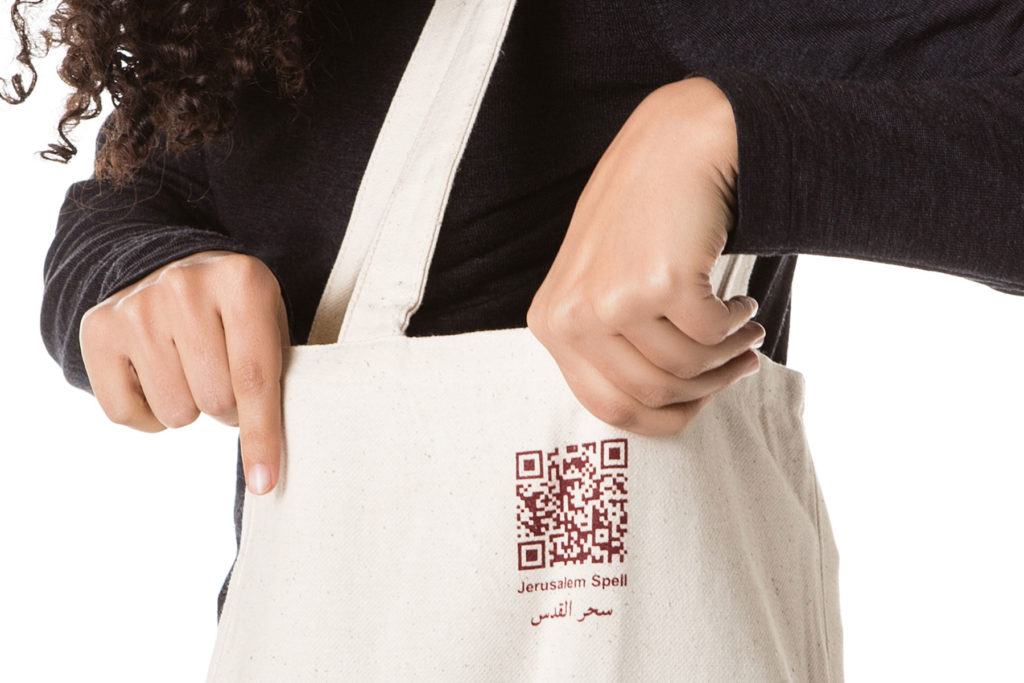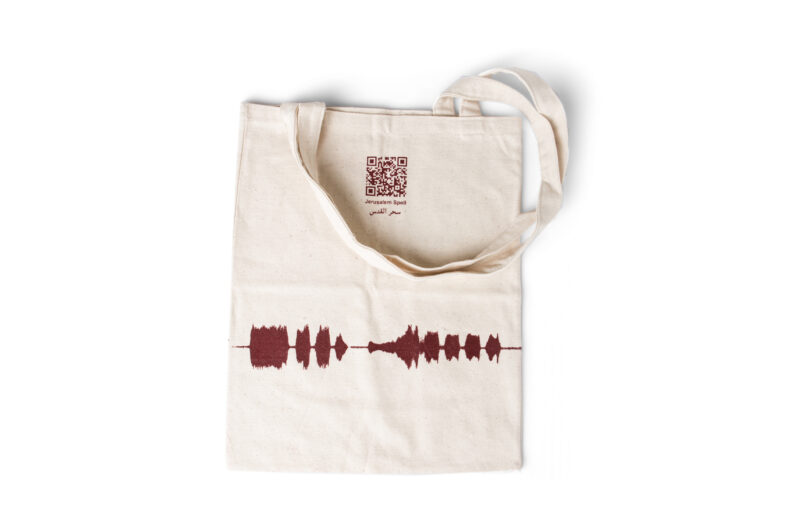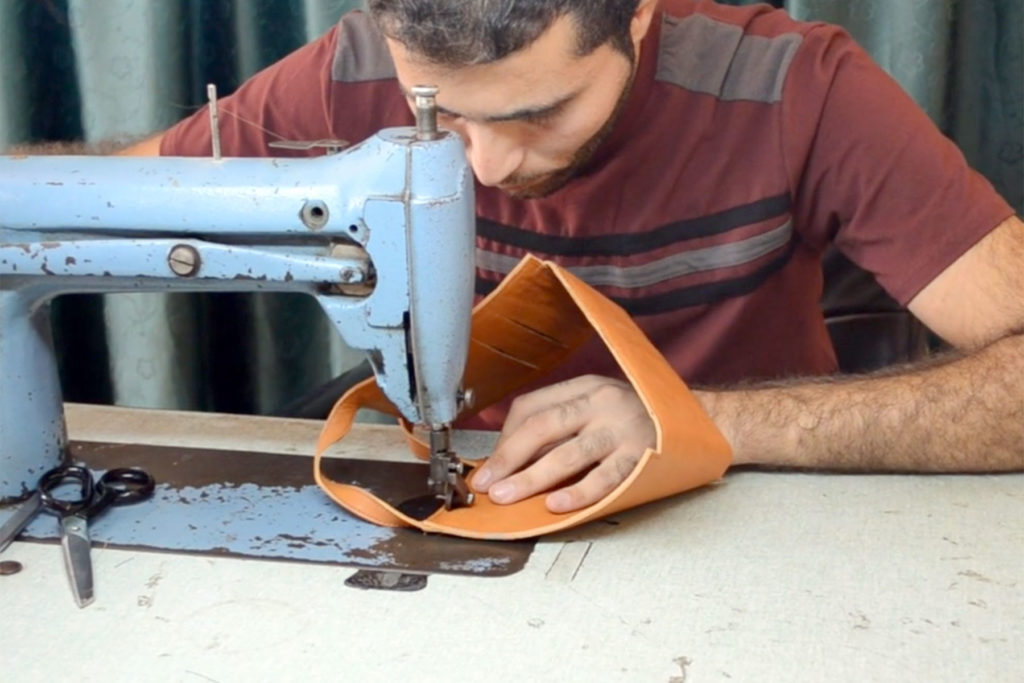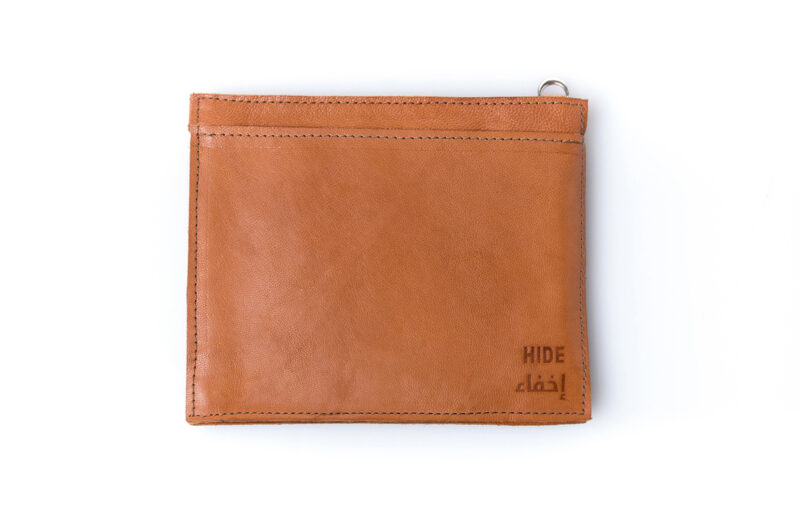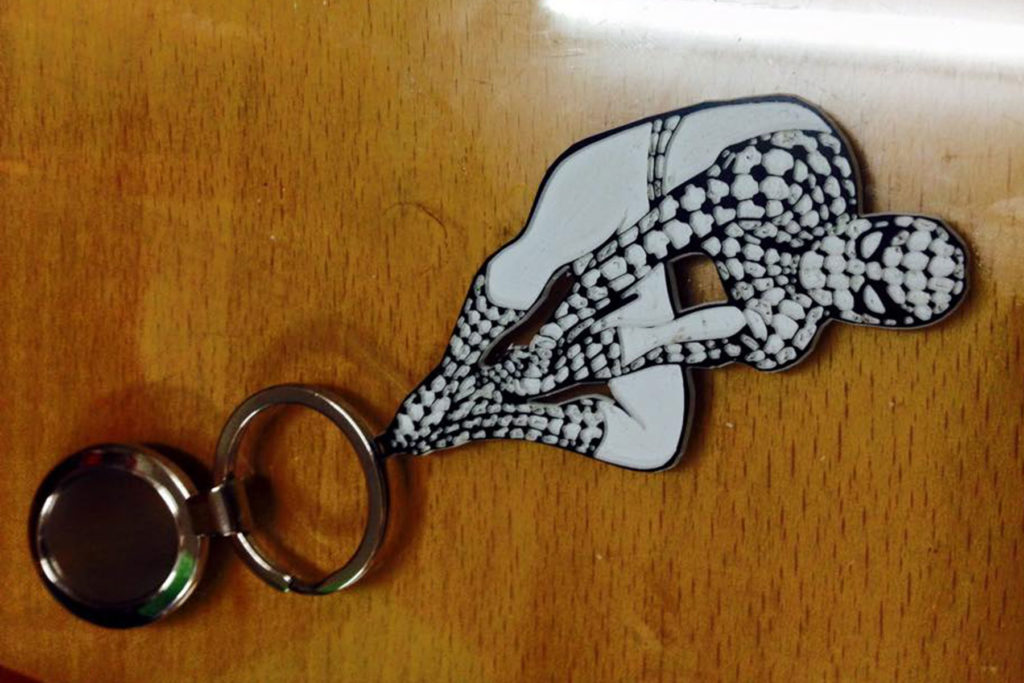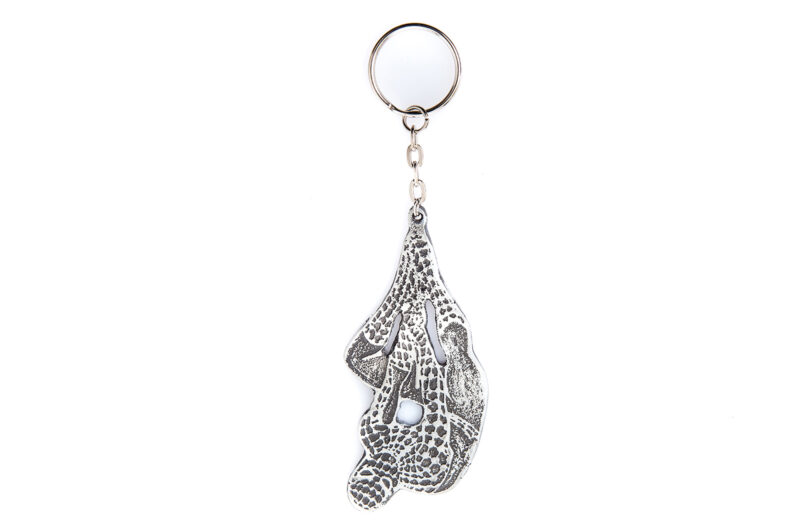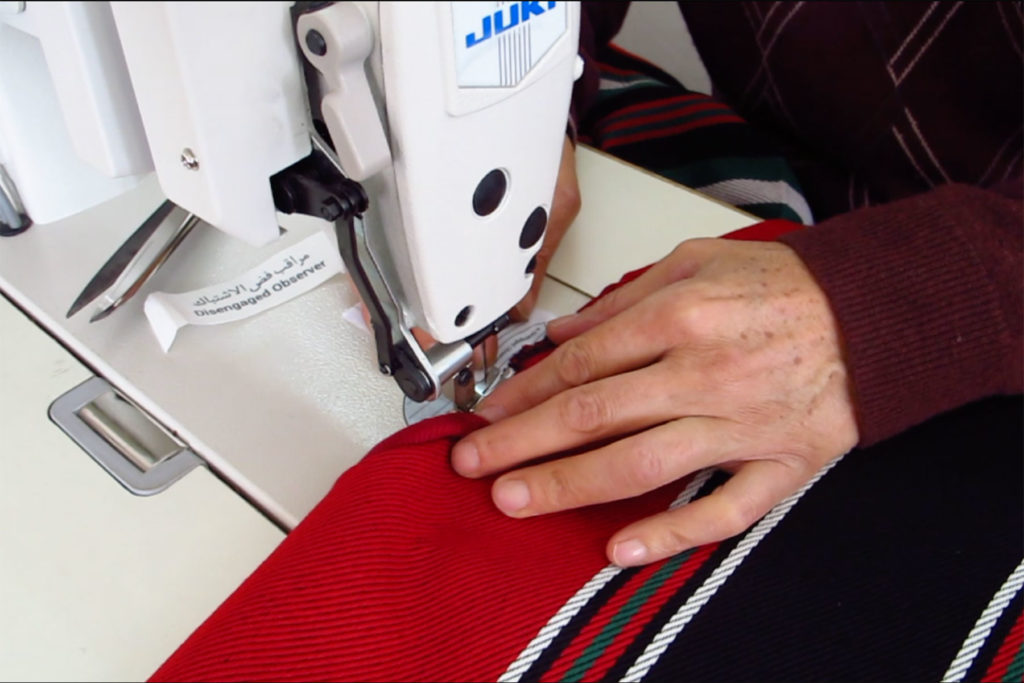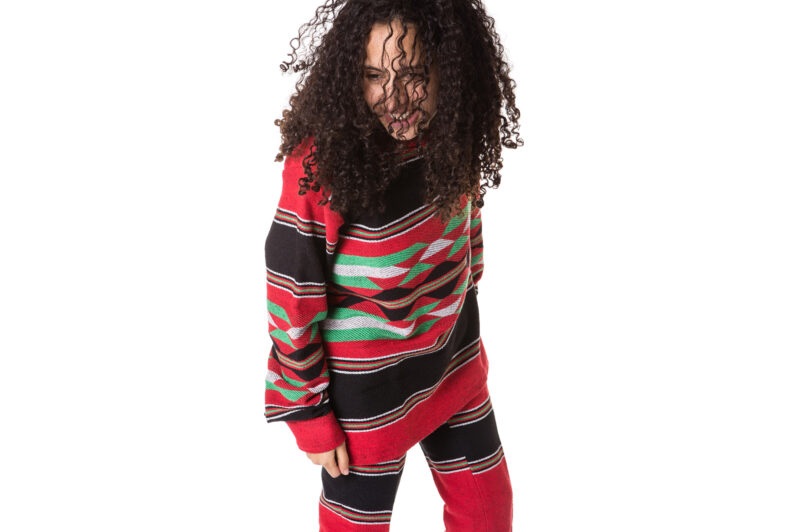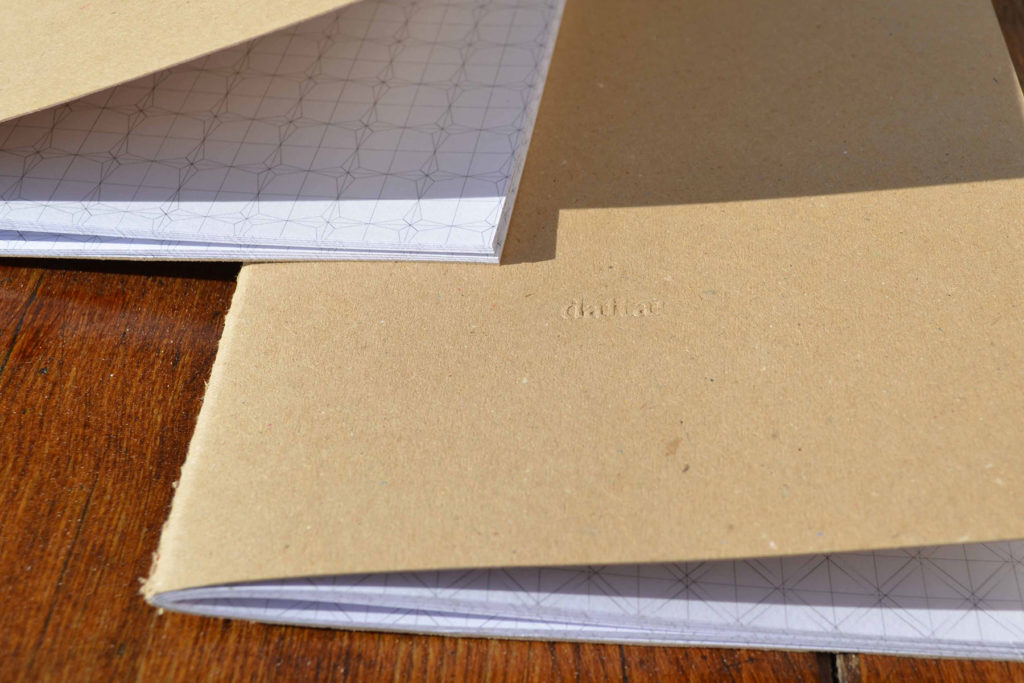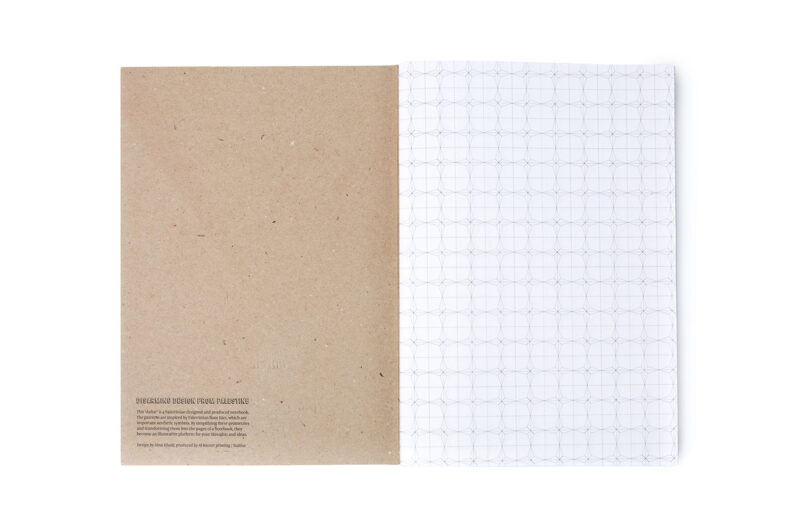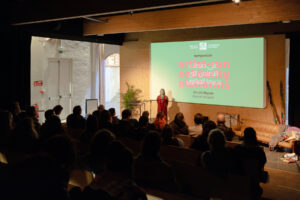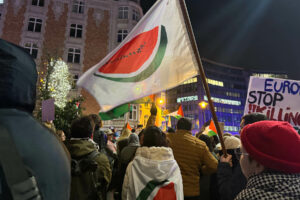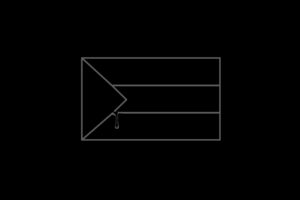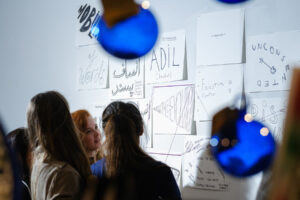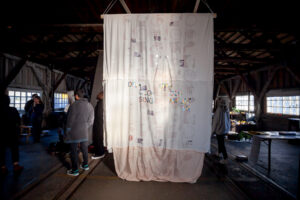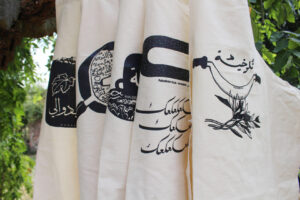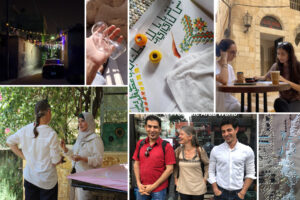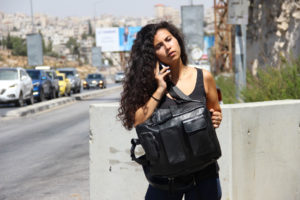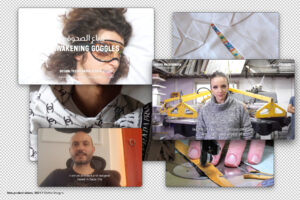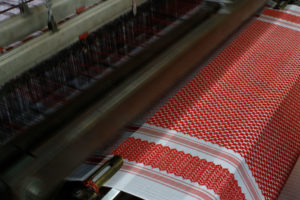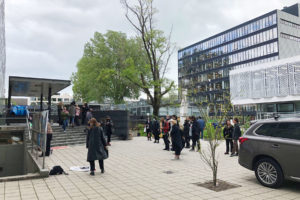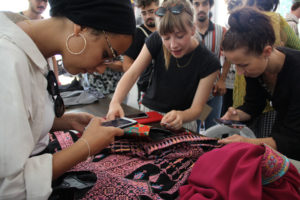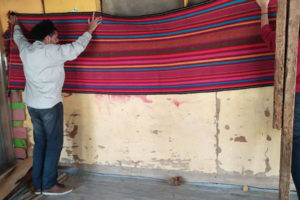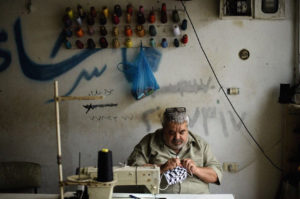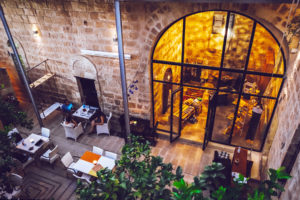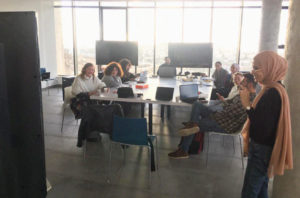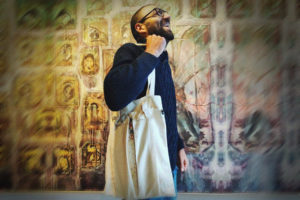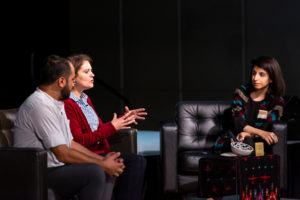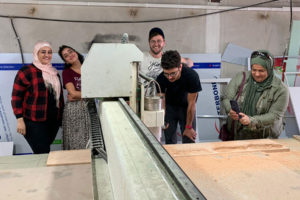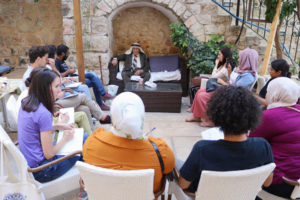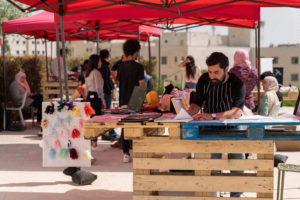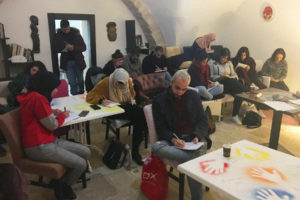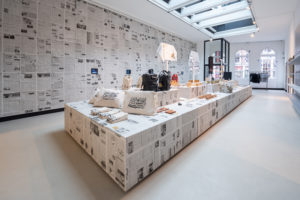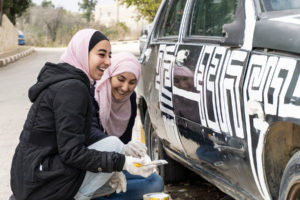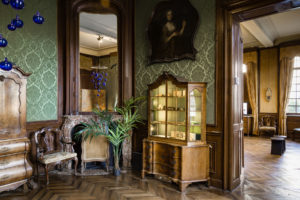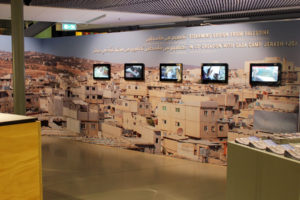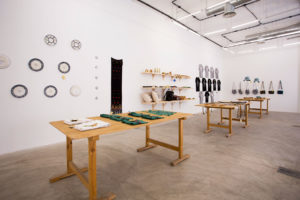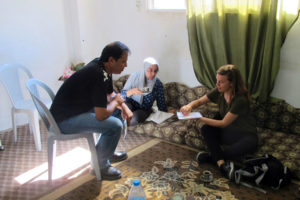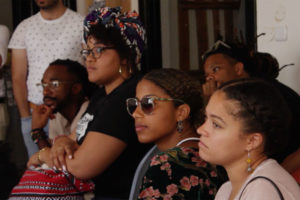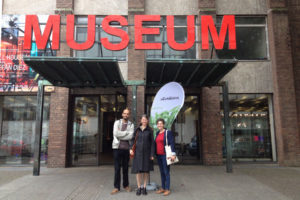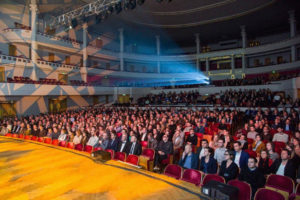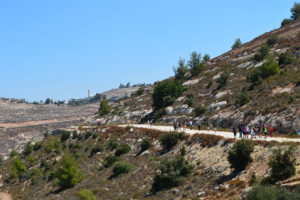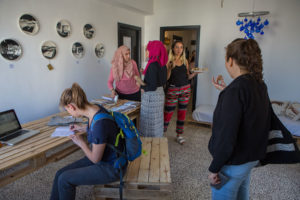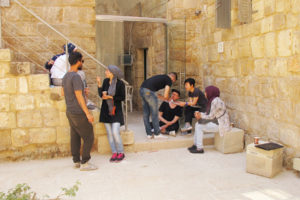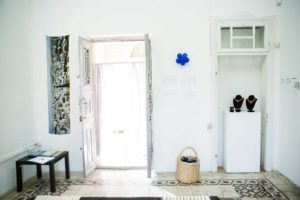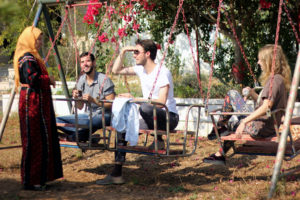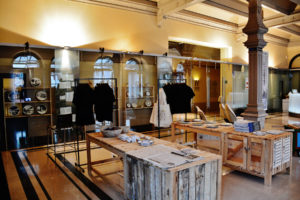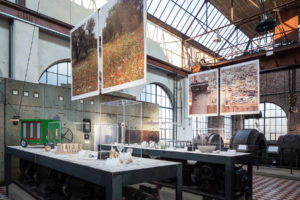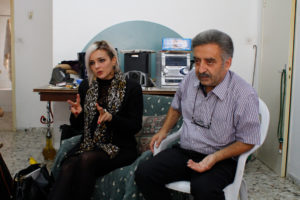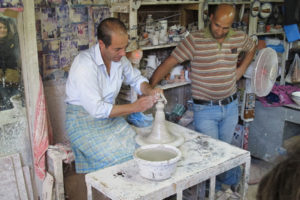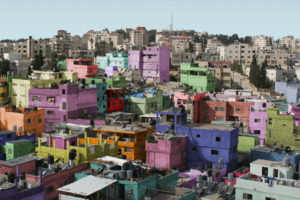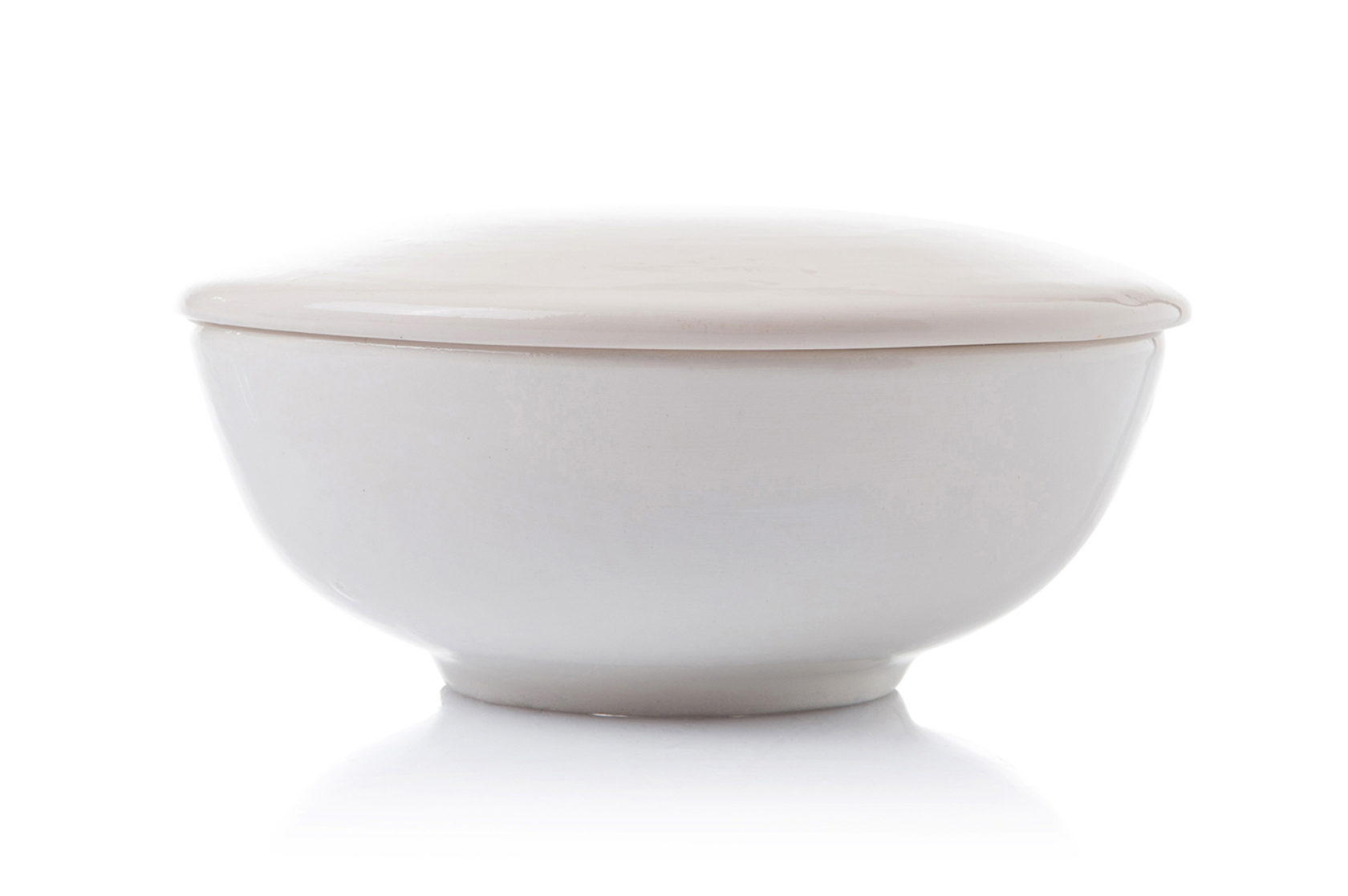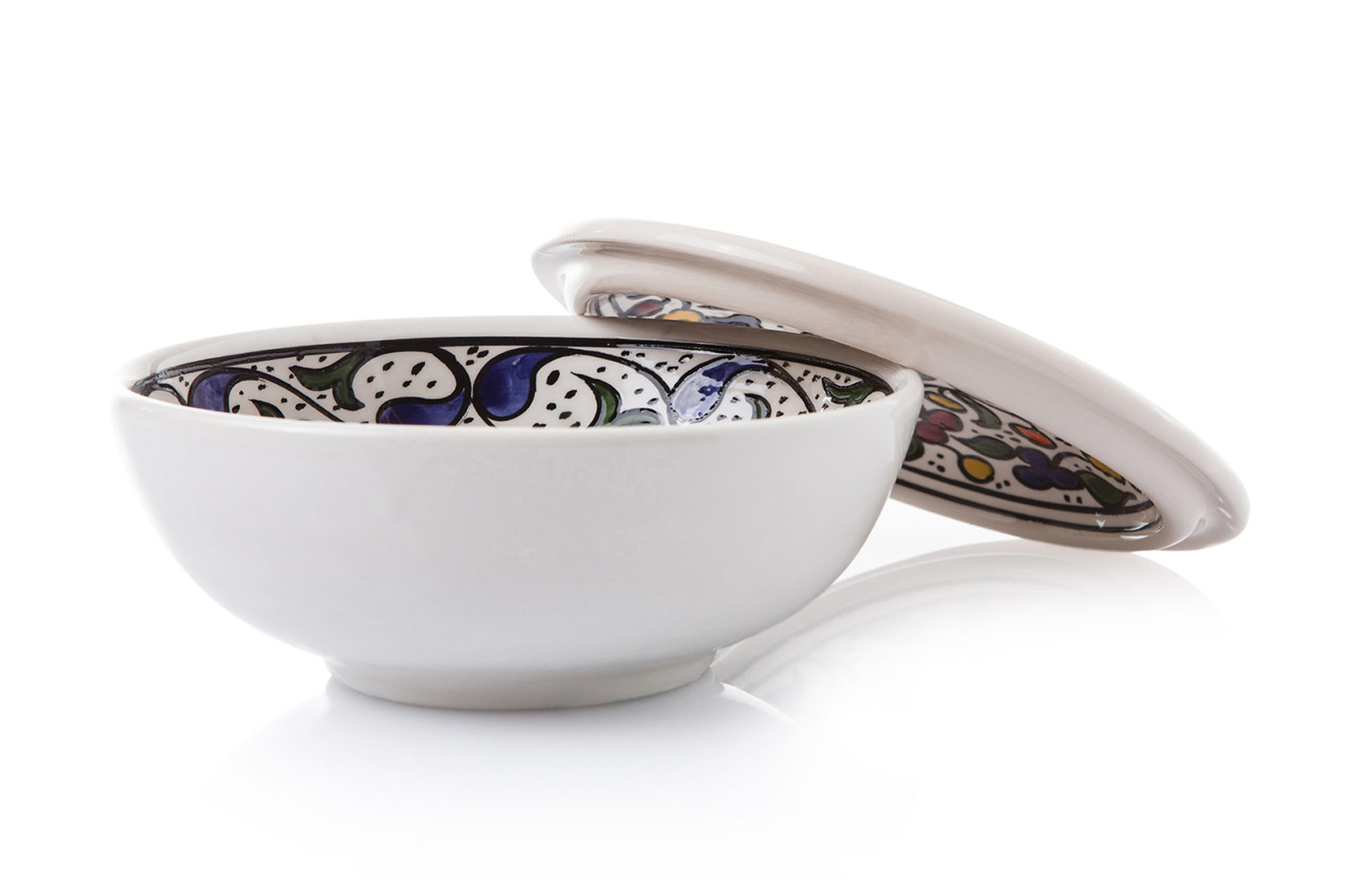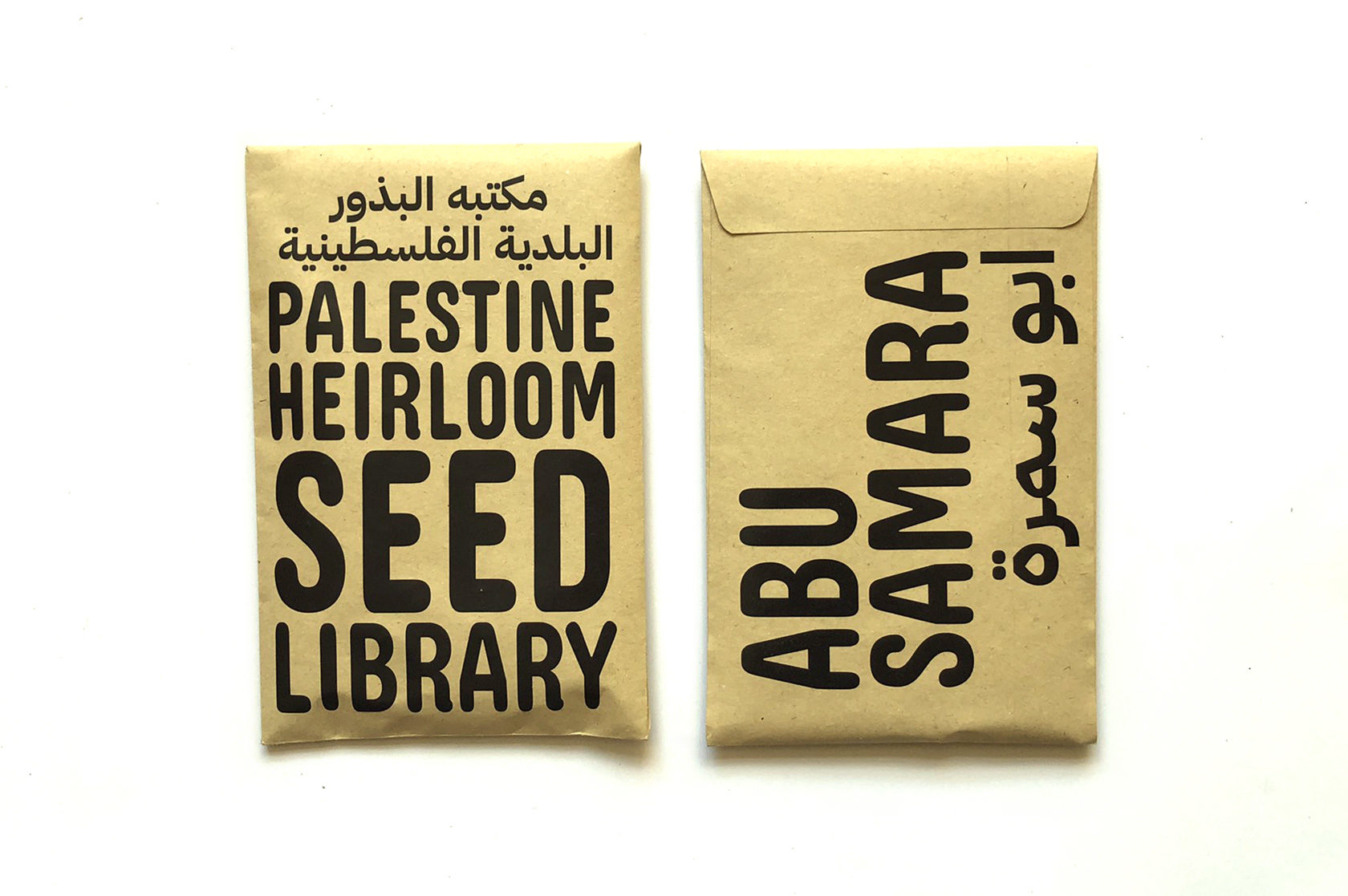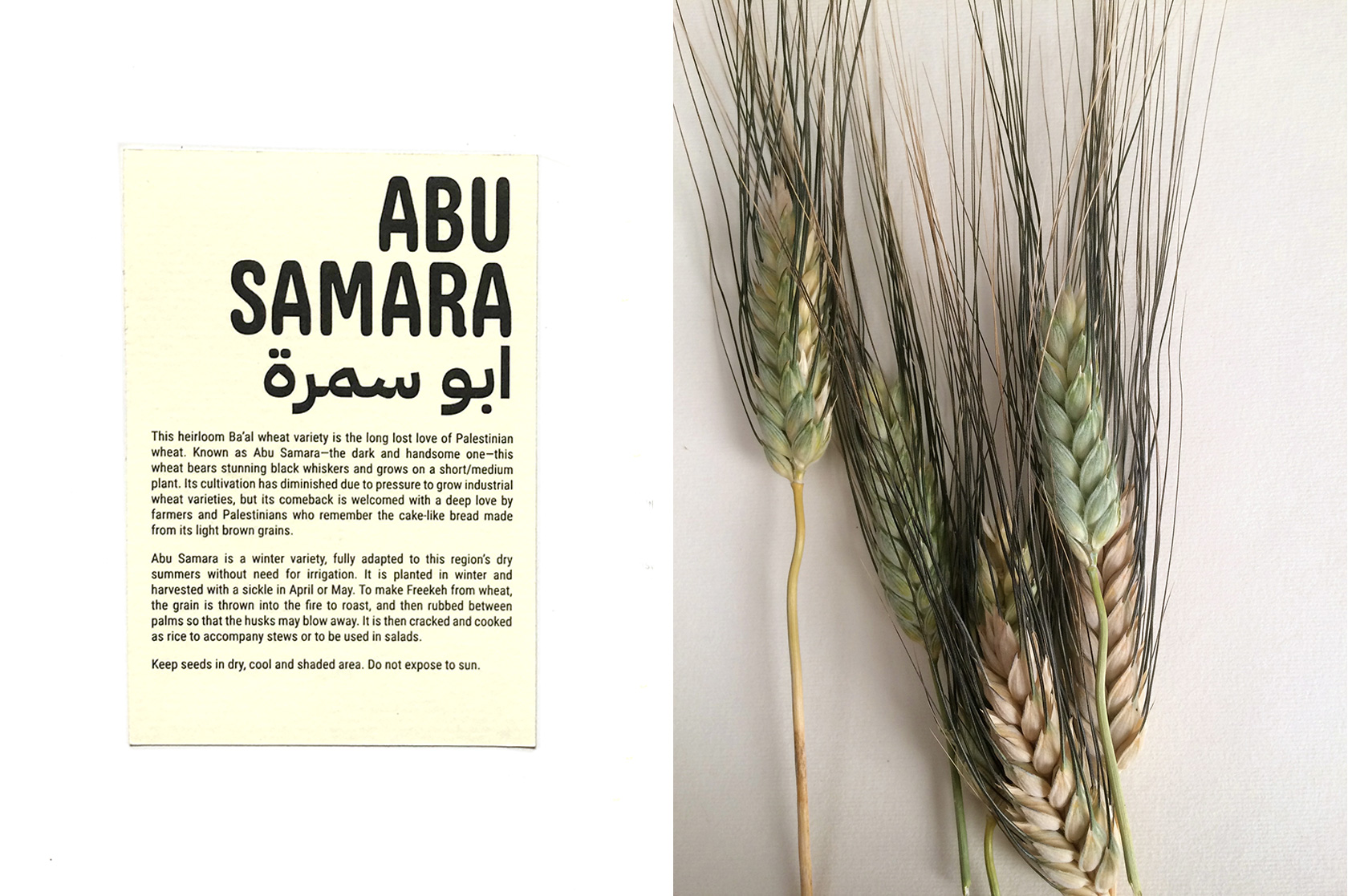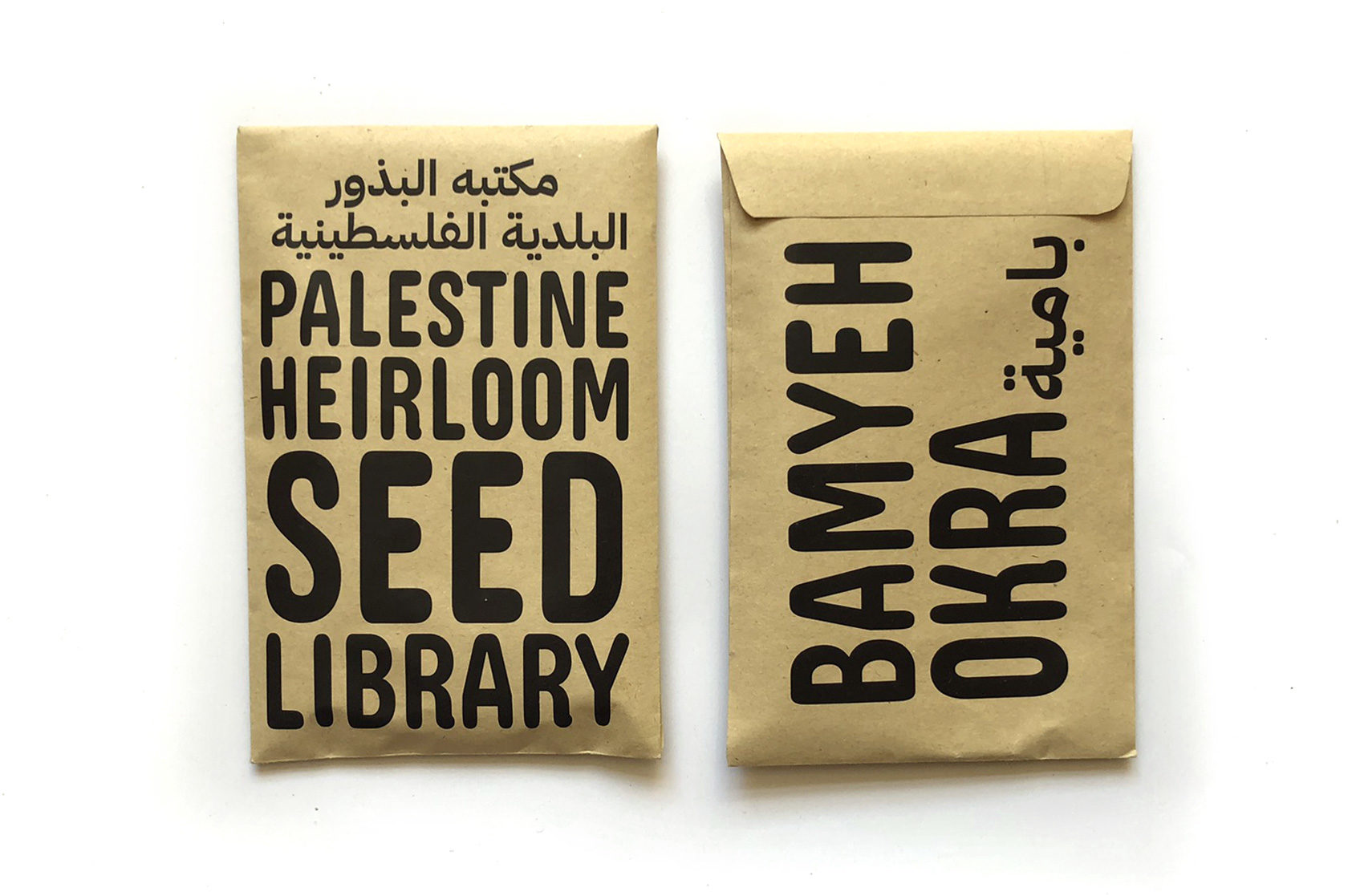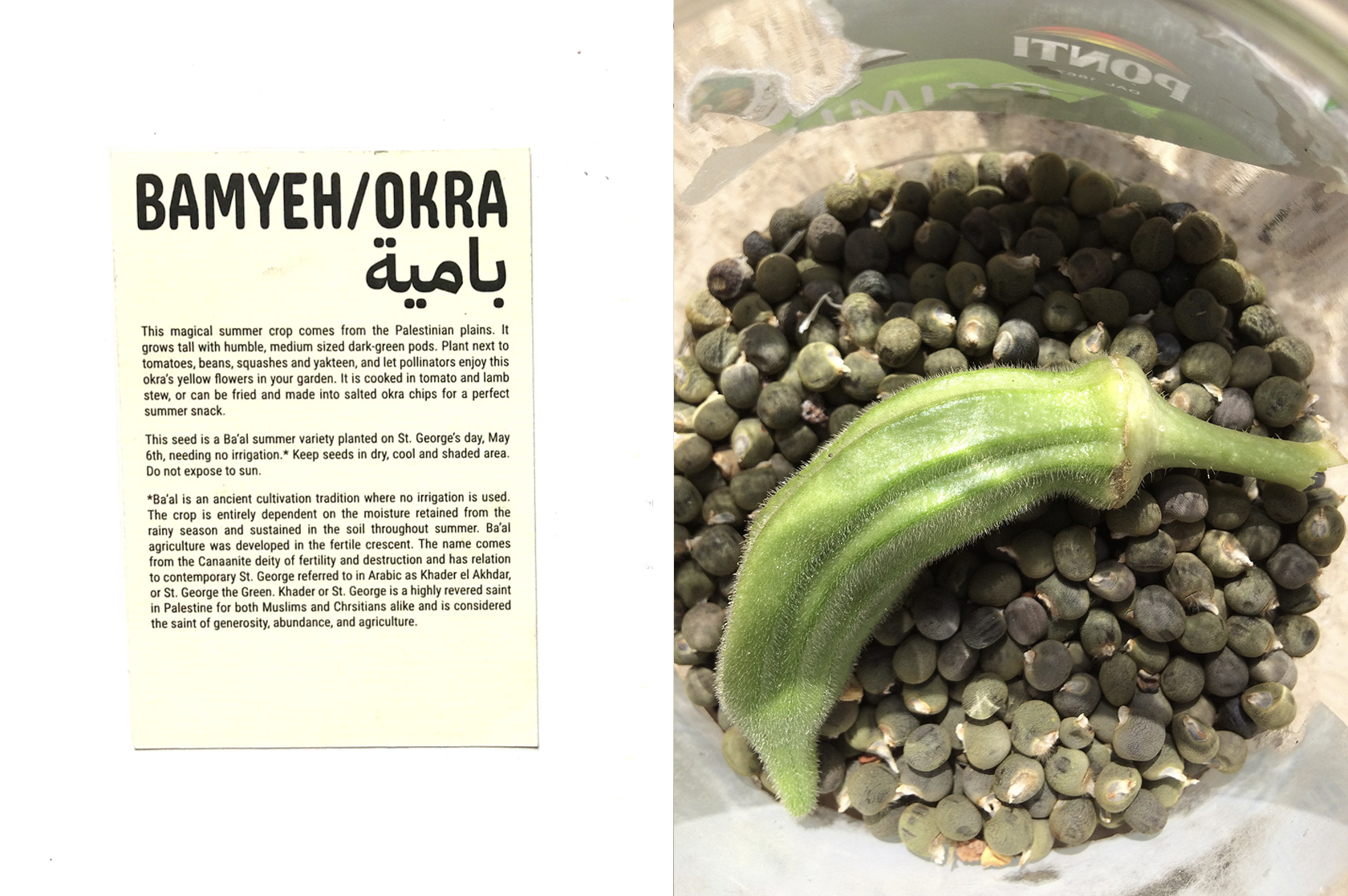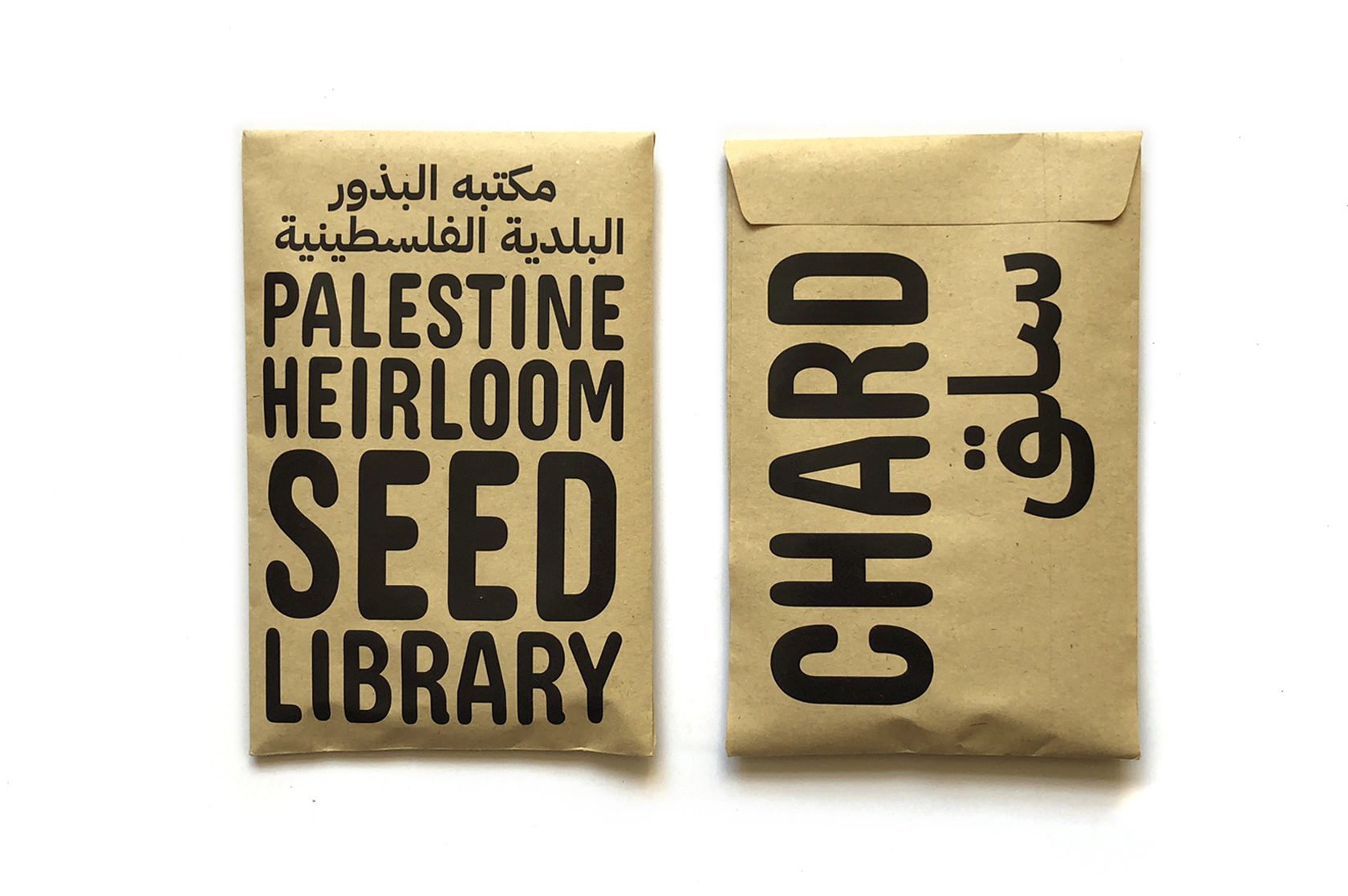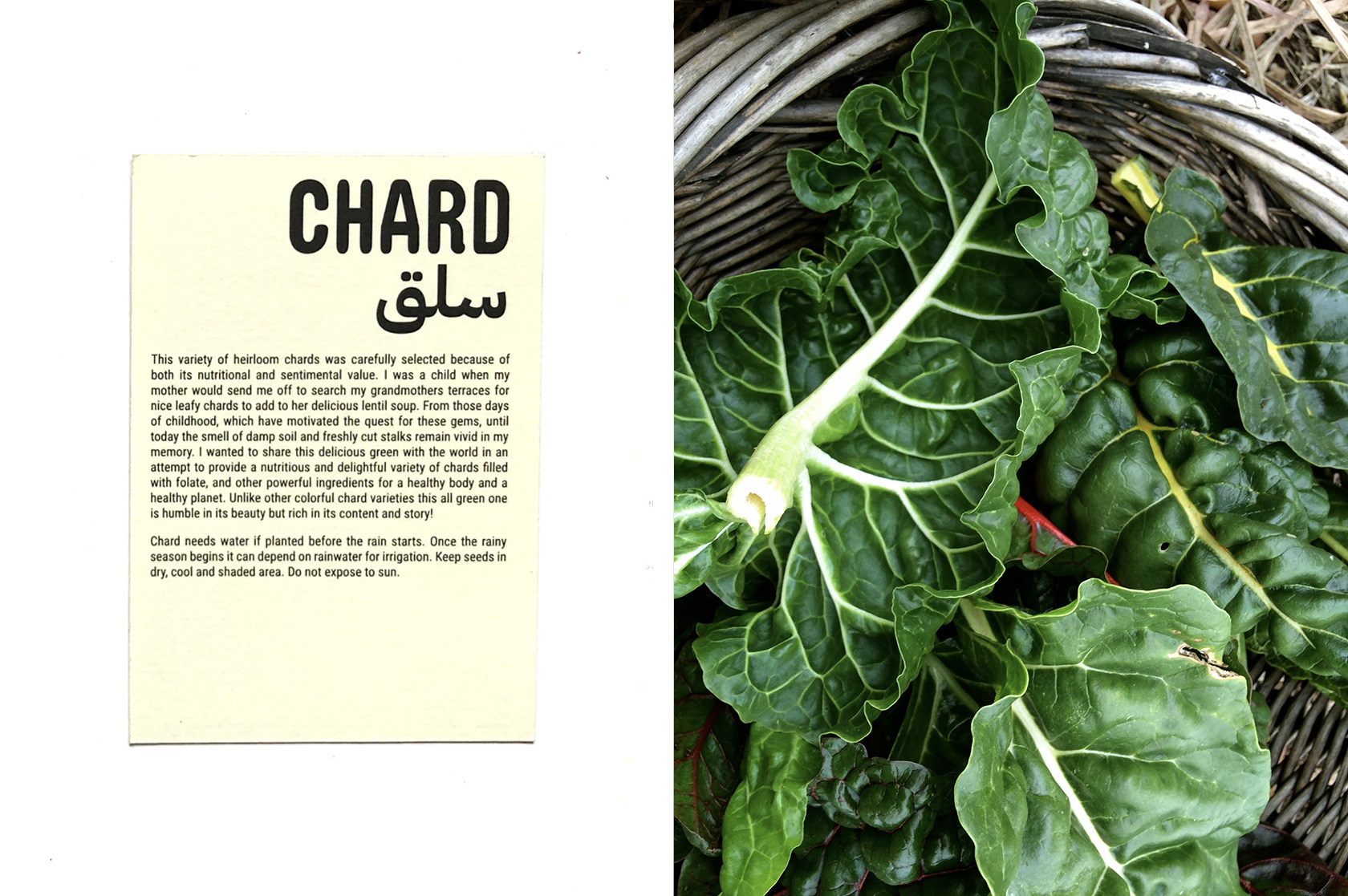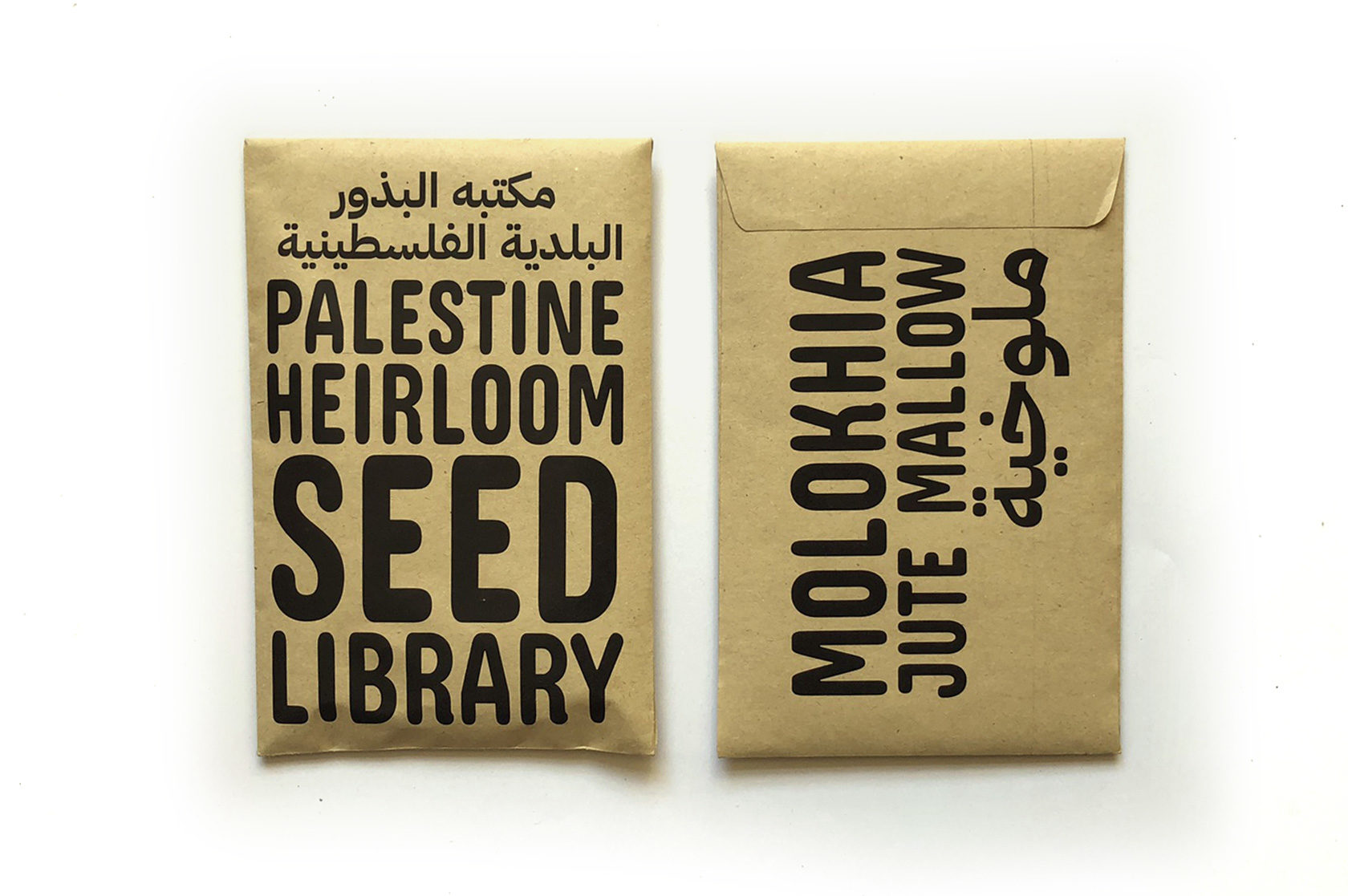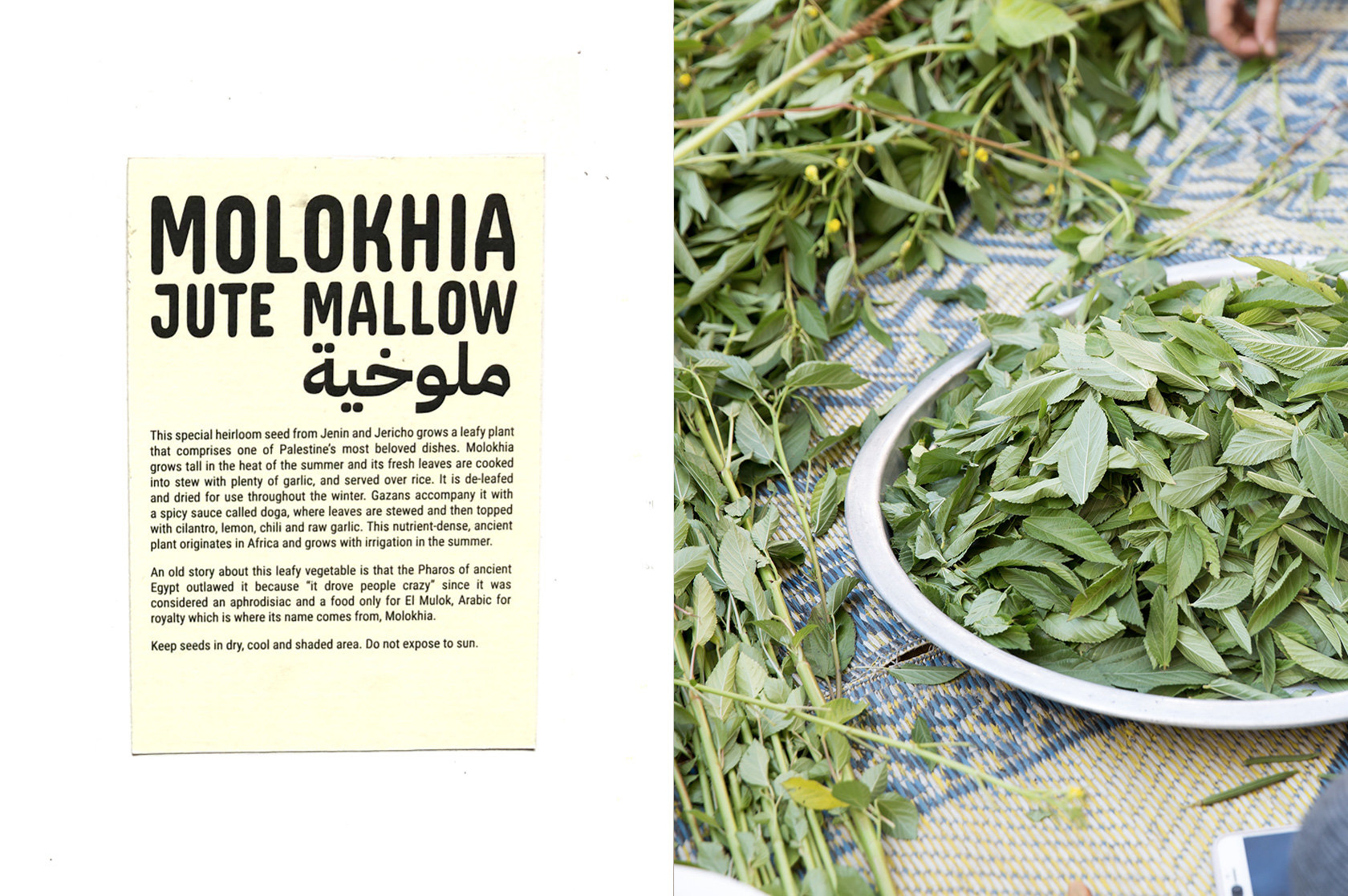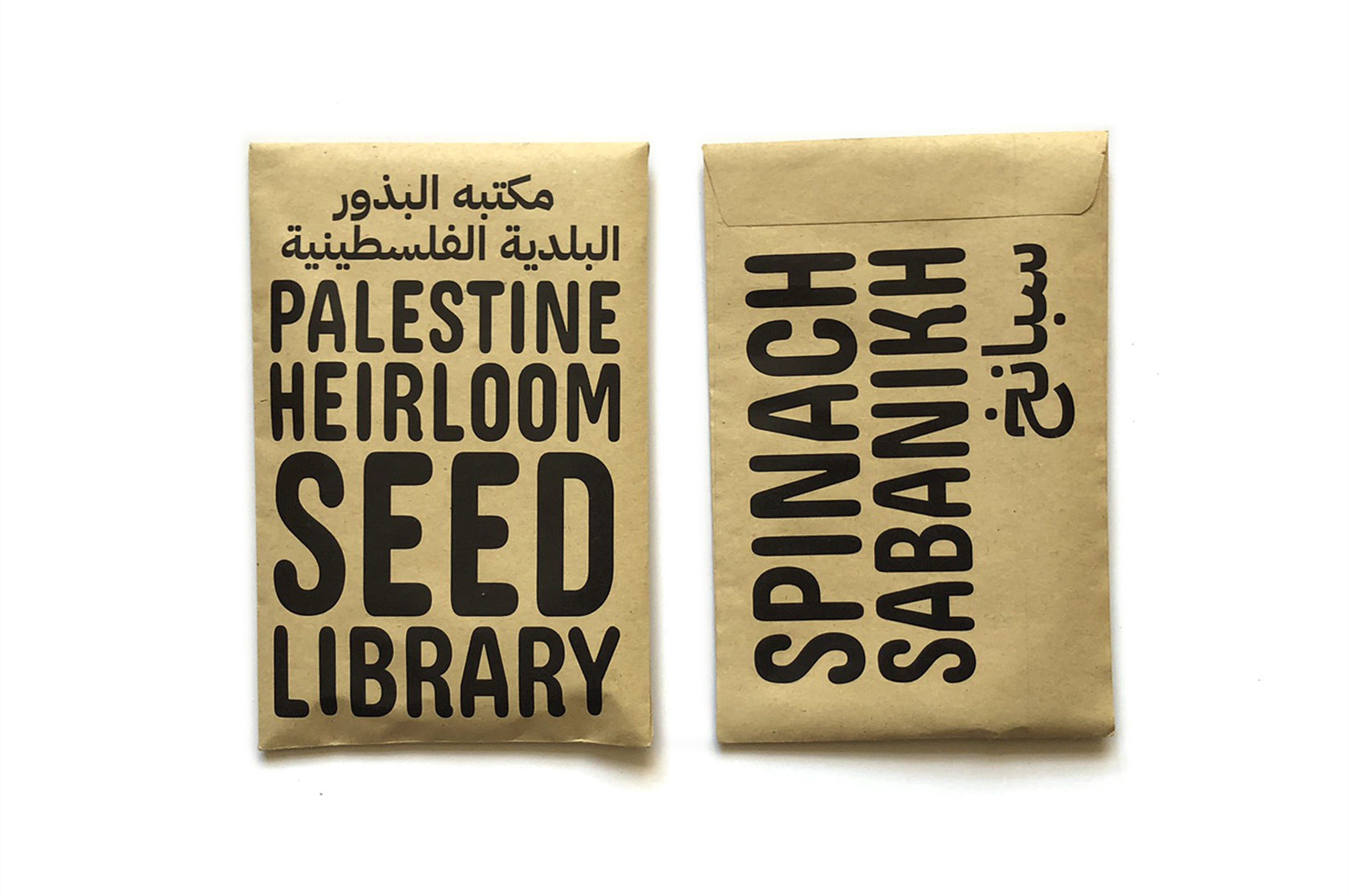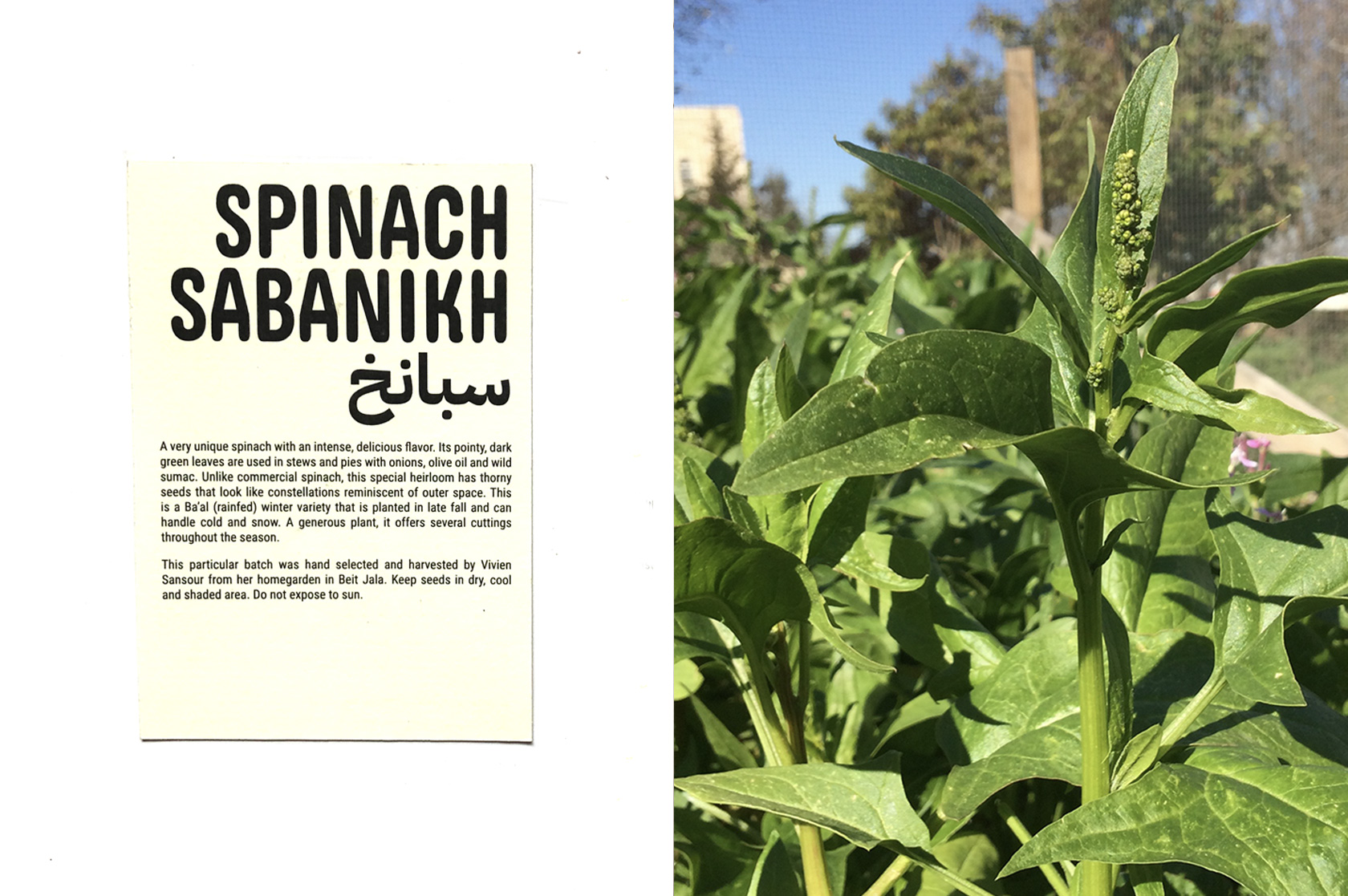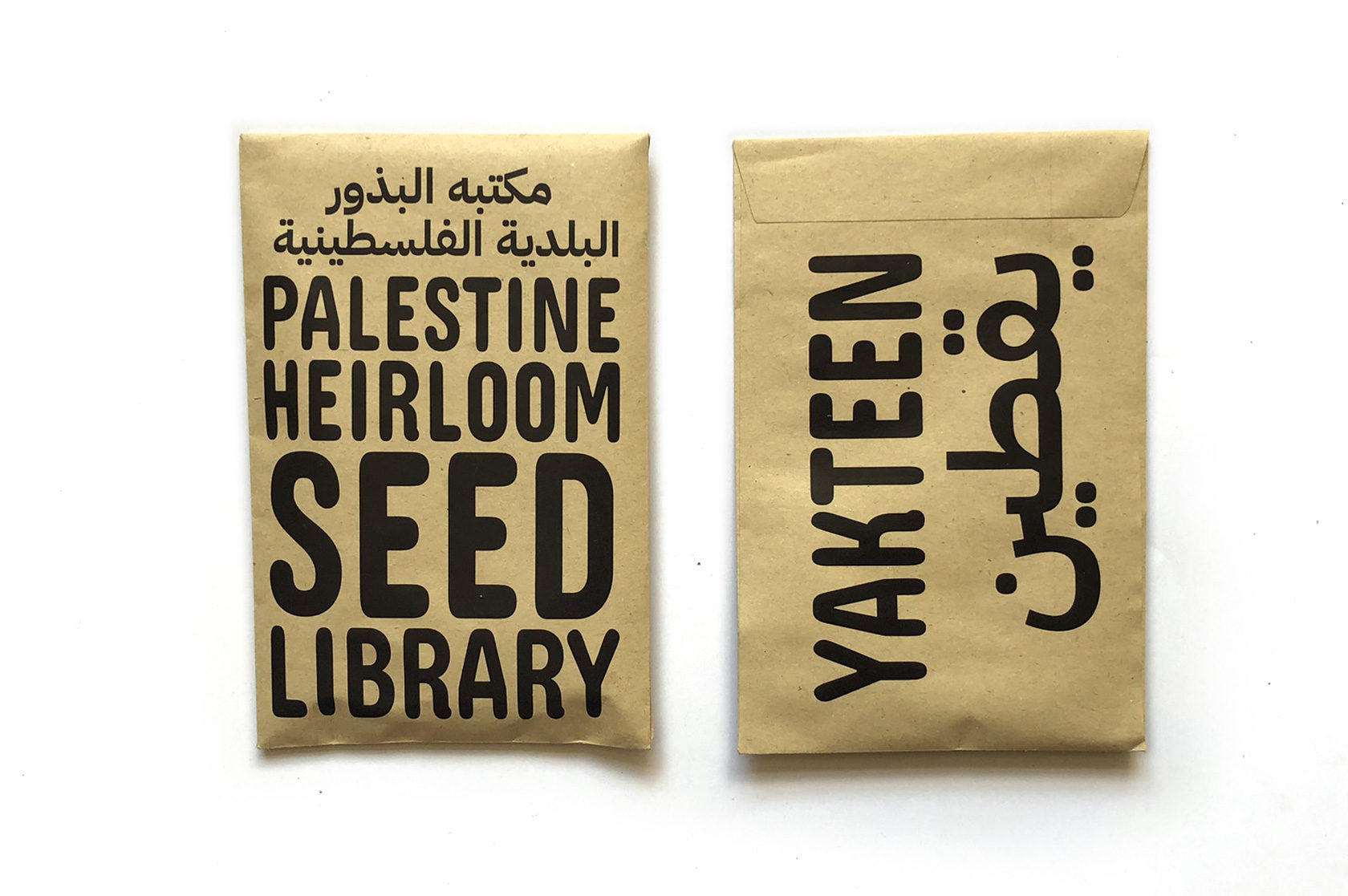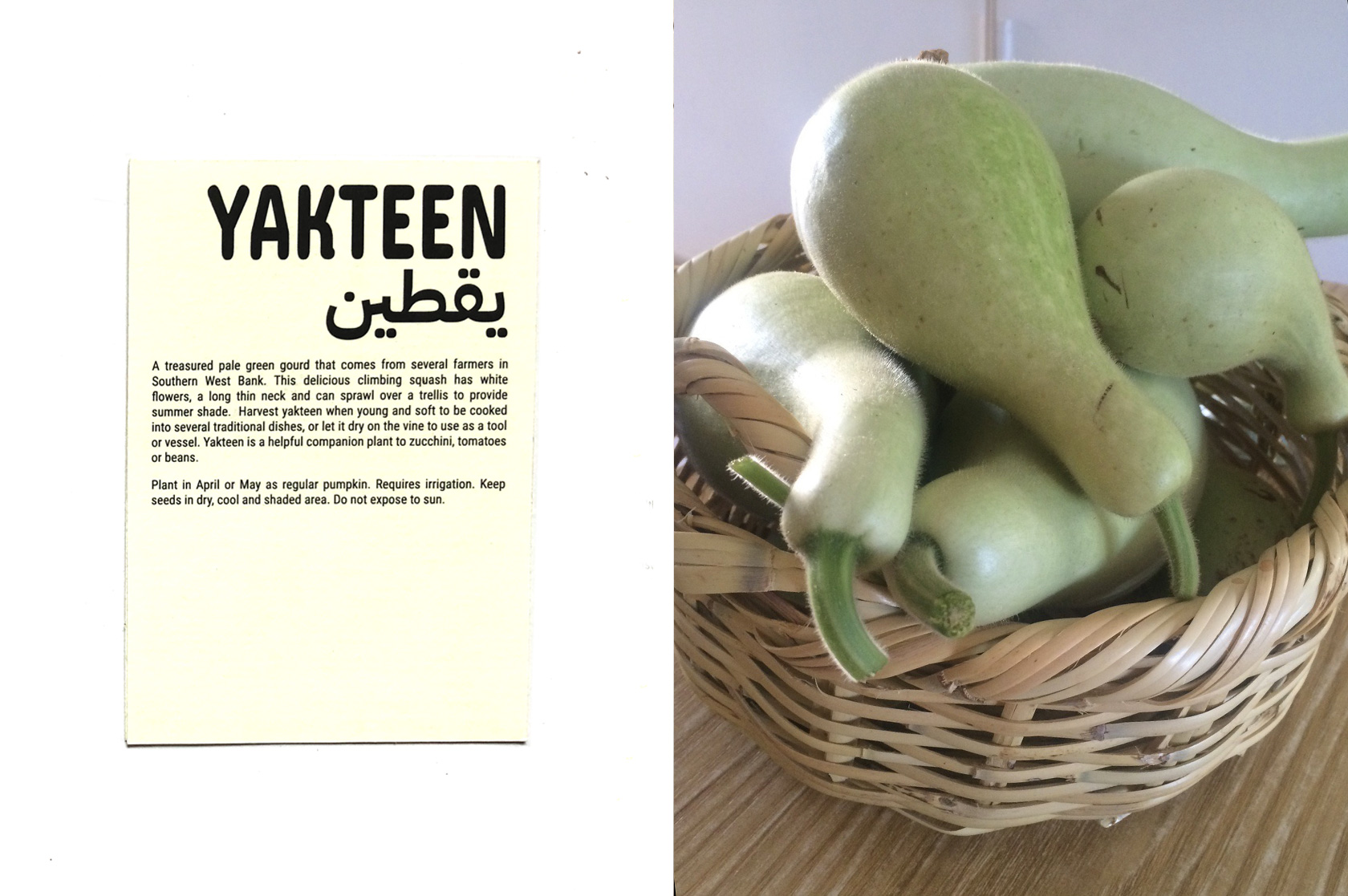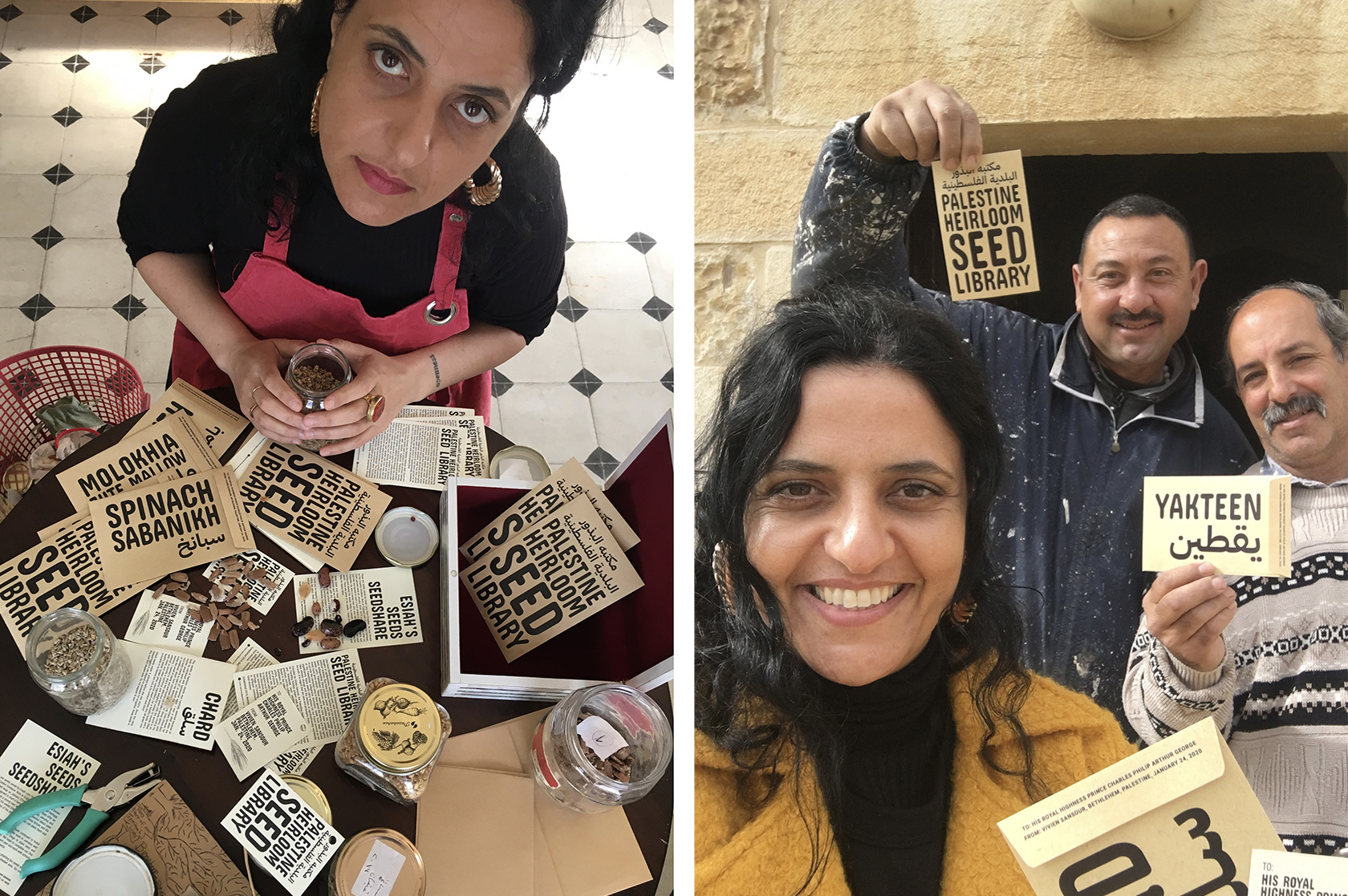Beyond first impressions
ما بعد الإنطباع الأوّل
Everything is not what it seems in Palestine. There is always another story to tell and another layer to peel before reaching the core. Because of the Israeli occupation, there is an ongoing and distinct loss of Palestinian heritage. Houses and buildings are depopulated from their indigenous, Palestinian presence and “renovated” to appeal to the colonisers’ white-washed outlook. This strikes designer Ghadeer Dajani upon arriving at a concealed mosque in the old city of Jerusalem. Israeli urban policy polished it from the outside, but it remains imbued with Palestinian life.
The ‘Beyond First Impressions’ ceramic bowl represents this narrative. It is literally white-washed, shiny and plain on the outside, forming a basic first impression. However, inside the bowl, a reflection of Palestinian life can be found in rich colours, intricate patterns, symbols, and shapes. You need to lift the lid to experience the real story.
- Ghadeer Dajani
Ghadeer is a Palestinian interior designer based in Jerusalem. From 2015 to 2020 she was part of the Disarming Design Team as Production Manager. “On the market, you see our heritage being used with a sort of ‘Copy-Paste’ attitude, and this is why, after some time, the products became outdated, repetitive and not responsive to the fast-changing contemporary societies we live in. The same goes also for the design of the products; sticking a piece of embroidery on an object is not enough to make it stand out as a Palestinian item, and the narration behind the product becomes weaker and not perceivable by other people. Today, with technology, everything changes so fast and so sudden, we need to be able to act upon what is happening around us. The beauty of the past needs to be reinvented according to the possibilities and necessities we have today, in a creative and well thought way.” — From the interview with Ghadeer Dajani December 2015
“Art, design, crafts, they all have to be part of the resistance against the occupation, as an element within a mosaic power against foreign rule. It has to reflect the beauty and the strength of Palestine, just like poetry and literature are doing. DDFP brings this together, representing a circle of artists and artisans, as well online as to the rest of the world. Before I attended my first create shop in 2015, I wasn’t thinking to highly of our local crafts production. It felt as it was being restricted to traditional embroidery, and to the usual products in ceramics and glass and so on. For us, we always saw the same things over and over again in the market. There was never someone who would do something different or revolutionary. Disarming design made us aware that we have this heritage and that we could something new with it. That it is Palestinian, a part of our identity and that we can be proud of it. It feels that until now people have been scared to try new things. In the way artisans were doing things they were earning their living. So why risk all that for doing something out of the box? The idea of working with designers is also very new. We weren’t really trusted with our innovative, creative concepts and approaches. So collaborating felt like an experiment for both sides, where people stepped in with quite some reservations and resistance. It took time to overcome these sentiments. But after a while, it turned out to be very beneficial for all of us. I definitely have developed my ideas thanks to the way the craftspeople I have worked with have taught me new techniques and different ways of doing things. DDFP is trying to support low and middle-income businesses, but it is true that they currently cannot significantly contribute to the financial sustainability of any of the artisans or designers. What we see happening on the other hand is that they start to become a catalyst for other NGO and organisations, and maybe, when they all would join forces, we can work towards a more worthwhile economical position. It is nice to see that people, after they participated at the create shops, are starting to create an independent network. It seems that we finally are going to reach a point that we can establish a network that can include everybody involved and interested in Palestinian design and crafts. We are not there yet, but it is definitely under construction.” — From Kurt Vanbelleghem interview, Can one really benefit from a social design project, or is it just another spin at the wheel?
- Hebron Glass & Ceramics Factory (PS)
The tradition of glassblowing continues today in three factories just north of the city, a short distance between the town of Halhul and Hebron. Two of the factories are owned by the Natsheh family. They produce primarily souvenirs, most of which are also used as household items. A large hall close to each of the factories displays wine glasses, dishes, bowls, flower pots, and other products. Although most objects are not decorated, some have artistically applied glass strings. Metallic decoration is a recent innovation of the industry.
Glass beads for jewellery have traditionally been made in Hebron. Blue beads and glass beads with ‘eyes’ (owayneh) were made and used as amulets since they were considered particularly effective against the evil-eye.
In the old city’s Al-Kazazin quarter (Kazazin meaning ‘people who make glass’), three families operated 14 glass factories. Today, there are only two of them left, run by the Natsheh family. The first Intifada, combined with the affluence of cheap goods from China and the rise in oil prices forced the majority of glass shop owners out of business. Both remaining factories have relocated to the entrance of the city, because tourists are sometimes fearful to go too deep into the old city.
Mr. Hamdi – who runs the Hebron Glass & Ceramics Factory together with his brother -started working when he was 17, in 1967. Nowadays, he exclusively deals with administrative aspects, but he is still capable to tell which one of his workers did which piece just by looking at it. The savoir-faire is passed down from father to son, but some are more talented than others and each glass-blower insufflates his own personal touch into his work. The job is hard, sitting seven hours a day next to an over 1000°C hot oven. Workers learn from early childhood and continuously refine the skill. Hebron Glass is the leading product of those companies. The name originally applied to the national hand-crafted, mouth-blown glass named in Arabic Zujaj Nafakh. Because the color blue is a cultural favorite in the Arab world, Hebron Glass came to describe the blue glass products, both the light turqoise blue (copper blue) and the deep royal blue (cobalt blue). The factories also specialize in a Middle Eastern favorite, Imzakhraf, which is a dot-painted, Arabesque design technique on traditional blown glass.
2015
Ceramic
7.5 x Ø 15 cm
€25,00

